Wild West Stories





Aftereffects of the worst wildfire in Texas history.
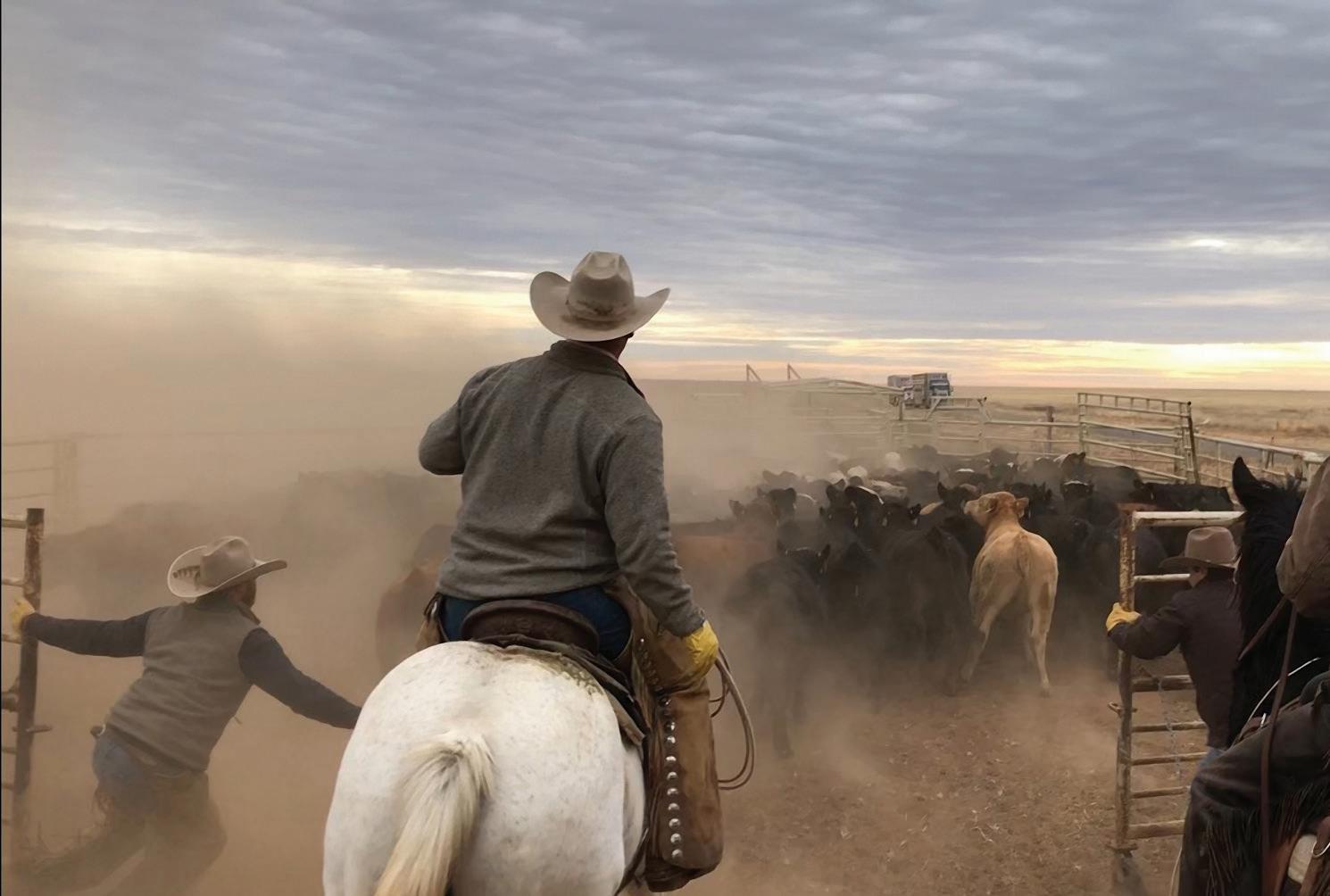

Birdwell Plainview, TX (806) 681-3667
Griffin Atoka, OK (580) 271-1333
Johnson Dallas, TX (214) 384-2653



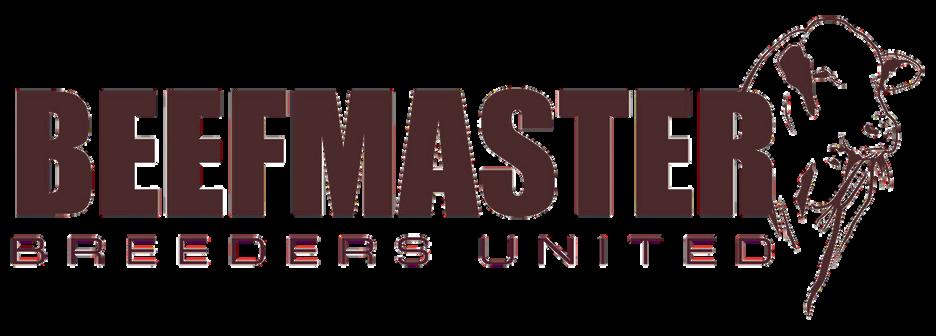
Resilience and humanity emerge in the aftereffects of the worst wildfire in Texas history.
By Crystal Albers

How Texas & Southwestern Cattle Raisers Association Special Rangers shaped the Wild West.
By Elyssa Foshee Sanders
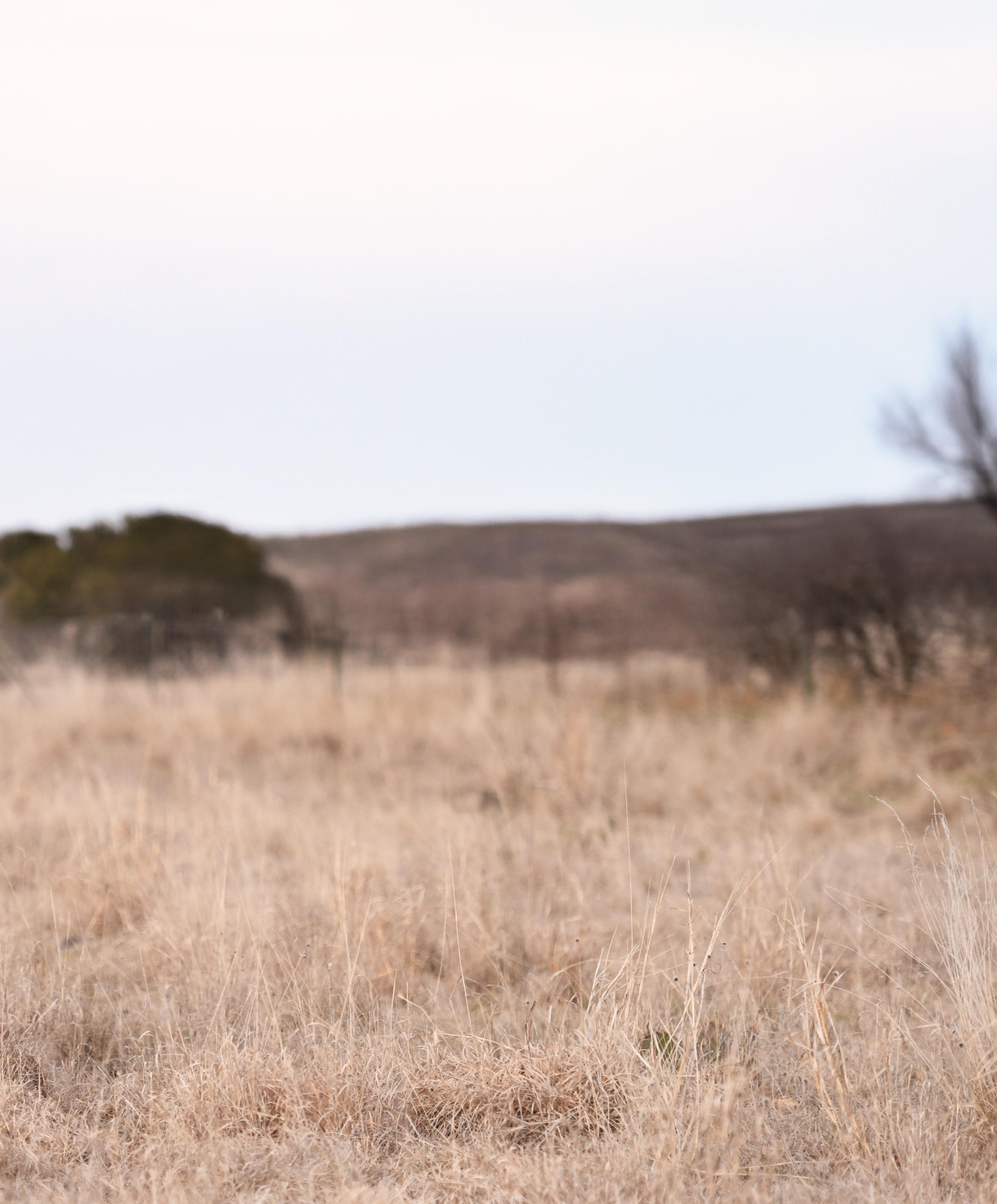
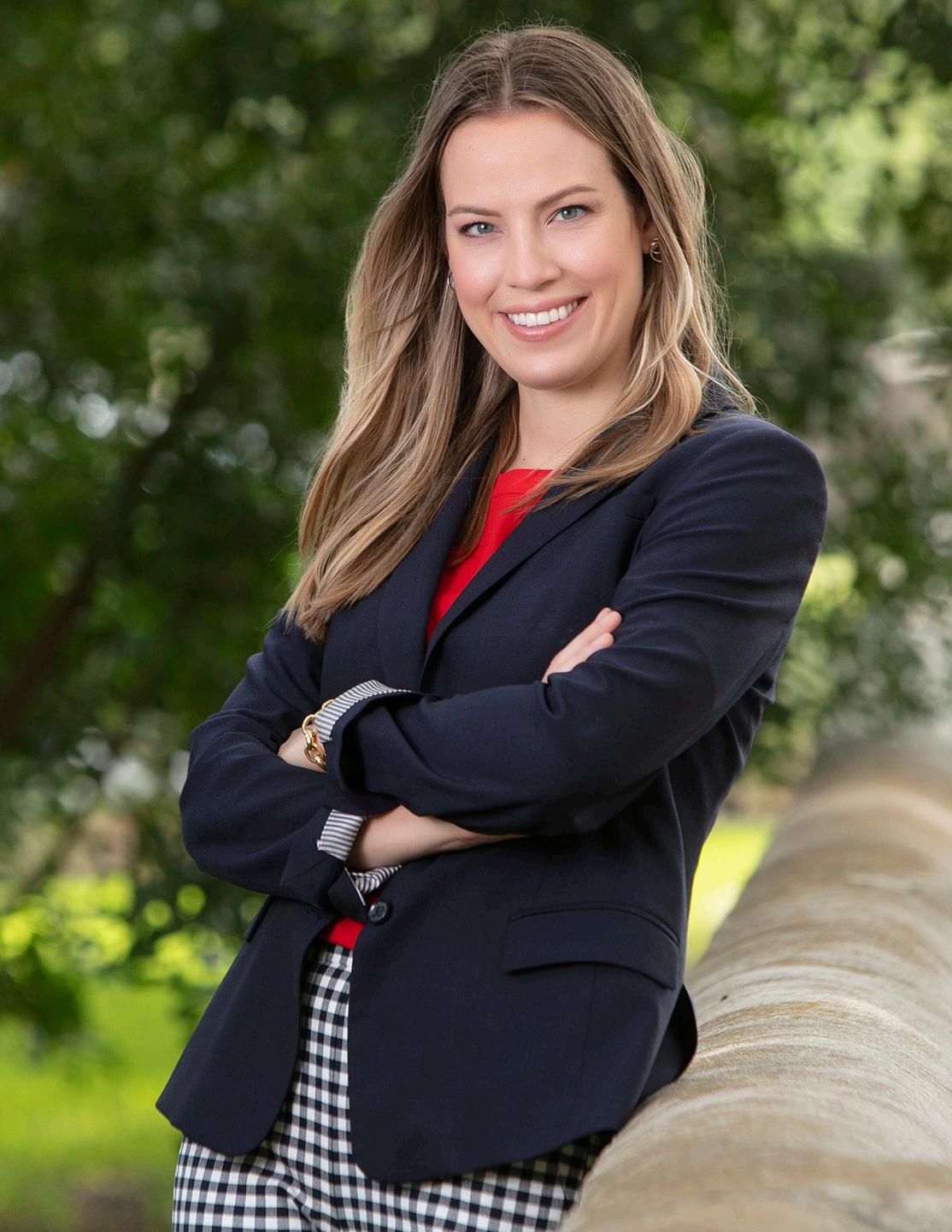
The Cattleman has a well-established legacy of telling stories. As the longest running magazine in Texas, with more than 110 years in publication, its past issues serve as history books for the Southwestern ranching industry.
This month, we’re bringing some of this history to our readers through a feature about the hard-fought reputation and heritage of the Texas & Southwestern Cattle Raisers Association Special Rangers. With ties to historic outlaws like Billy the Kid and Bonnie and Clyde, and stories of much wilder days on the frontier, we hope you enjoy reading about the association’s law enforcement arm.
It’s also important to mention Texas & Southwestern Cattle Raisers Association Special Rangers do not receive funding through membership dues for training and equipment. The TSCRA Special Ranger Foundation supplies these resources. We have information on how to give, which helps provide vehicles, radios, armor and other necessary resources on page 28. Please consider supporting these peace officers.
In a more recent chapter of history, we share the story of this year’s devastating wildfires in the Texas
Panhandle and western Oklahoma. These accounts are difficult to hear, but within them, we witness the resiliency and hope found in the darkest of days.
Beyond the vast devastation, the message that resonates most is this: Generous hearts show up during times of need.
We are honored to report more than 2,000 donors contributed to the TSCRA Disaster Relief Fund. Countless others provided donations of hay, feed and supplies, or simply lent a hand to those in need. However you may have shown your support, thank you. I hope these accounts provide a glimpse into the impact of your generosity.
To all of our members, readers and friends, we wish you a wonderful holiday season. T C

Jaclyn Roberts Parrish Executive Director of Communications & Marketing/ Editor-in-Chief, The Cattleman
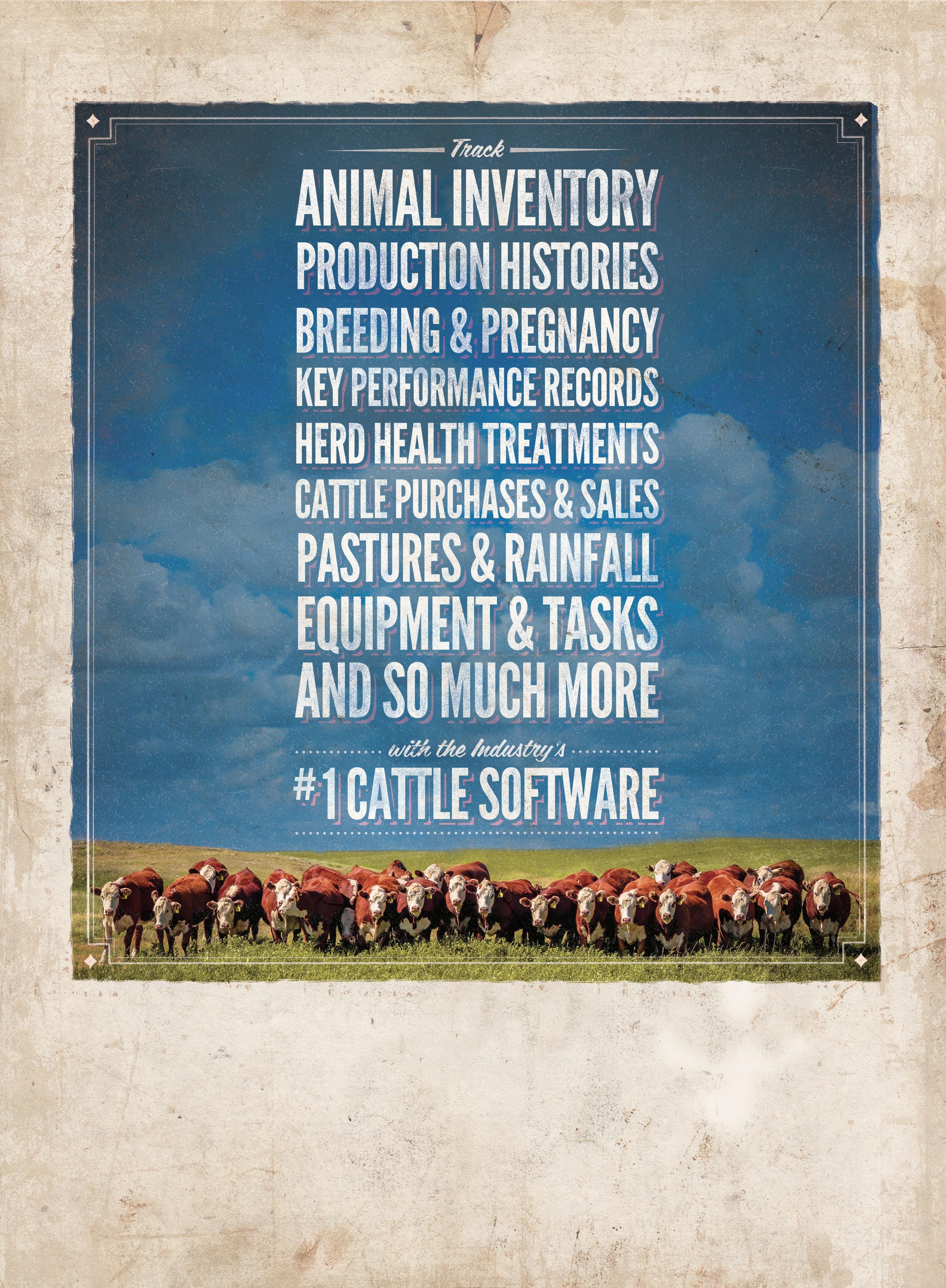
The only thing that takes more work than raising cattle is keeping track of all of the records that go with it. That’s why there’s CattleMax. Whether you’re tracking cattle or keeping records of everything from rainfall to receipts, CattleMax does it all. And does it easily.


Published by Texas & Southwestern Cattle Raisers Association
P.O. Box 101988
Fort Worth, Texas 76185
Phone: 817-332-7064
Fax: 817-394-1864
Subscription Inquiries: (orders, address change, problems) tscra@tscra.org or 800-242-7820 tscra.org
Jaclyn Roberts Parrish
Executive Director, Communications & Marketing/Editor-in-Chief jaclyn@tscra.org • 817-916-1794
Shelby Kirton Manager of Communications & Marketing
Jena McRell Managing Editor
Kayla Jennings
Elyssa Foshee Sanders Proofreaders
Grace Dunham
Executive Director, Events & Partnerships gdunham@tscra.org • 817-916-1745
Kyle Conway Director of Corporate Relations & Sponsorships kconway@tscra.org • 817-916-1746
Hally Parks Association Sales Representative hparks@tscra.org • 817-916-1744
Heather Heater Graphic Design & Print Production Manager Production support by: GRANT COMPANY grantcompany.net
The Cattleman/TSCRA tscra.org
Cattle Raisers Insurance cattleraisersinsurance.com
Law Enforcement tscra.org, click on Theft & Law
Cattle Raisers Convention cattleraisersconvention.com

Five-year-old Myles Perez takes an early-morning walk along the pens at Running P Cattle Company near Canyon.
by Crystal Albers
A mother and calf — and signs of herd potential in the generation to come.
by Kayla Jennings

Reaching your unique financial goals is a team effort. At RBC Wealth Management, our financial advisors have the experience, knowledge and resources to help you achieve financial freedom.
Contact me today for a complimentary consultation.
Strengthening your financial securitySM

Kenneth Lee
Watson, AWM Senior Vice President –
Financial Advisor 819 Water Street Suite 100 Kerrville, TX 78028
(830) 896-8772 | ken.watson@rbc.com www.kennethlwatson.com
Investment and insurance products: • Not insured by the FDIC or any other federal government agency • Not a deposit of, or guaranteed by, the bank or an affiliate of the bank • May lose value
© 2024 RBC Wealth Management, a division of RBC Capital Markets, LLC, registered investment adviser and Member NYSE/ FINRA/SIPC. All rights reserved. 24-SQ-03096 (10/24)



Resilience and humanity emerge in the aftereffects of the worst wildfire in Texas history.
By Crystal Albers
ooking down, Lauren Perez did not recognize her own hands. The ash that now blackened them was interrupted only by a few smears of blood.
A heavy, acidic smell of death pervaded the air and deepened the empty sensation in her stomach. Everything she and her husband, Drew, had worked for during the last five years seemed no more tangible now than the smoke evaporating from the remnants of a nearby smoldering yucca.
No one seems to know the exact death count from the blazes during that unseasonably warm late February.
Some reports estimate more than 10,000 head of cattle died from the Smokehouse Creek Wildfire that ravaged the Texas Panhandle and parts of western Oklahoma earlier this year, with lingering damage expected for years.
The firestorm began Monday, Feb. 26, in Roberts County and burned white hot for nearly three weeks, destroying everything in its 1.2-million-acre race across the plains. As relentless winds and smoke choked the sun from the sky in the fire’s initial days, survival became the sole focus of those near Canadian, whose worst nightmares turned to reality by Tuesday.
For many, hell on Earth was dawning.
Twenty miles south of Amarillo, Drew Perez started his day like most, paying extra attention to the weather. A day-old fire, reportedly caused
by downed powerlines near Stinnett, was gaining dangerous speed fueled by high winds and uncharacteristically abundant grasses, but it wasn’t an eminent threat to the couple’s herd.
He and Lauren kept a vigilant watch on the alerts peppering their phones. It seemed a normal, albeit watchful, day at the cattle feeding operation in Amarillo, where Drew worked when he wasn’t overseeing the couple’s Running P Cattle Company.
The Perezes started their registered Hereford and Angus ranch in 2019 with seven head of Hereford cattle and little more than an aluminum stock trailer.
A fourth-generation rancher with cattle roots in New Mexico, Drew had settled in Canyon with Lauren, whose ranching heritage stretched to Kansas.
The heart of cattle-feeding country was the perfect place for the couple to raise their young children, Mila and Myles, while pursuing their hardearned dream of building a ranch with the help of off-farm income and long hours. It was paying off, too. Their herd had grown to 110 head, split between Canyon and leased pasture near Canadian.
“We had gone through fire before, and so we were just monitoring it closely,” Lauren says. The fire, which started 80 miles west of their Canadianbased herd, hadn’t seemed a significant threat at the time. Then the winds changed.
“I called Drew and said, ‘You got to go. You got to go,’” Lauren recalls.
It was Tuesday, Feb. 27. The family’s recipient cows were due to calve March 1.
About the time Drew Perez raced northward, Haley Clark-Esters reached for her phone to call her neighbor for help. Fire had reignited that morning just as the water trailer pump sputtered to a halt.
It was 8:30 a.m., and Haley, with her husband, David, and father, William, had spent the previous 12 hours battling the wall of flames threatening to destroy her parents’ 7 Bar Ranch 40 miles southwest of Canadian, near Miami.
The 125-head commercial cow-calf ranch where William and his wife, Jackie, lived has been in the Clark family since 1960. Haley and David had recently moved back to the area to be closer to her parents, now in their 80s, after spending years living and working in the Fort Worth area.
Haley was returning from Amarillo with her mother Monday afternoon when they spotted smoke on the western horizon.
By nightfall, the flames had arrived.
William had already hitched a 1,100-gallon water tank outfitted with a two-inch hose to the back of the truck in an effort to slow the fire’s advance. As Haley drove alongside the fire line, David sprayed water at the flames that roared increasingly closer to the homestead.
“The fire was blowing west to east at the time. We were just trying to save as much of the land as we could,” Haley recalls. “David was on the back of the feed pickup spraying water as I was pulling the water wagon.”
As they went, bawling from the neighbor’s cows pierced through the crackling flames.
“That was the most haunting sound,” she says. “We opened up as many gates as possible as we went along,
trying to give them a way out and spraying as much as we could until the water ran out.”
With each pass, the two refilled at the 50,000-gallon water tanks William had installed years ago north of the home. A 2006 wildfire had also convinced him to maintain a 30-foot strip of shorter grass around the perimeter of the headquarters to serve as a natural fire break.
The firefight continued until they neared the caprocks, where the pasture breaks into the northern fringes of a 200-mile escarpment carved by time and water and frames the eastern edge of the Llano Estacado, or Southern High Plains. A wrong turn with limited visibility could mean a 100-foot drop.
“We had to get Dad to lead us through parts of it where it breaks off because I didn’t know the pasture well enough in the dark to know where the breaks were,” Haley says. “The wind was howling and it just wouldn’t stop. [The fire] kept creeping south the entire time in the wind. It just wouldn’t stop.”
The fire raged through the night and slowed by early Tuesday morning before hot spots reignited on the western front. Thankfully, a neighbor arrived with a new pump.
“We were still getting cattle drawn in to shorter grass by morning, but it was calving season and a lot of them didn’t want to come in because their babies were still out there,” she says.
The fire chief arrived to inform the family that all local forces were moving to protect the town and encouraged them to leave. The Clarks, however, chose to stay. Jackie was already safe in town, and the three had positioned themselves to fight the wind change.
As the fire shifted, Haley prayed in earnest.
“Being from a ranch, you want to protect those cows,” she explains. “You’re all they’ve got.”

Texas & Southwestern Cattle Raisers Association
Special Ranger Ben Eggleston responded to a call from Hemphill County Sheriff Brent Clapp that Tuesday morning.
The fire was crossing from Roberts into Hemphill County, headed toward Canadian, the county seat and home to its law enforcement center and Eggleston’s office.
“He asked me to go up and down [Highway] 83 and start evacuating, telling people to leave their residences,” Eggleston says. “We opened up fences. We let cattle out because you could see there was no stopping the fire.”
As Eggleston returned to town, the fire, powered by the estimated 60-70-mile-per-hour winds, jumped the South Canadian River and blocked the last remaining exit to the south. Canadian was suddenly an island.
“The fire was coming from the west, and it was as high as the sky. Everything was a red glow,” Eggleston recalls. “You could see the flames, but long before the flames ever got somewhere, the fire was being pushed. It was like it exploded and caught the grass on fire ahead of it, whatever was in its path.
“I’ve never seen a fire burn like that.”
South of Canadian, Drew Perez turned his truck eastward. He was nearing his pasture but stopped to get an update from emergency personnel in two fire trucks parked along the highway. One asked where he was going.
“I said, ‘Well, my cows are down this road,’” Drew says. “He looked at me and said, ‘You’ve got about 30 minutes before you need to start getting out of here.’”
The next half hour was a blur of last-ditch efforts, Drew recalls. With no time to haul cattle to safety, he placed feed in spots that perhaps offered the best chances of survival. Caliche ground at the southern portion of the pasture provided a safe haven, he hoped.
“It’s tough to think of what you’re supposed to do in those situations when you’ve got three days’ worth of work to do in 30 minutes,” he says. “We just tried to do what we could and put it into God’s hands.
“I was very concerned about the cows, but I’ve got a 7- and a 5-year-old at home. I knew we could build back and the grass would grow back, but I hated to do it. I hated to leave the cows there,” he says. “That was a hard decision to make at the time, but I didn’t really have a choice.”
Resigned to a sleepless night, Drew made the long drive home and braced for the worst.


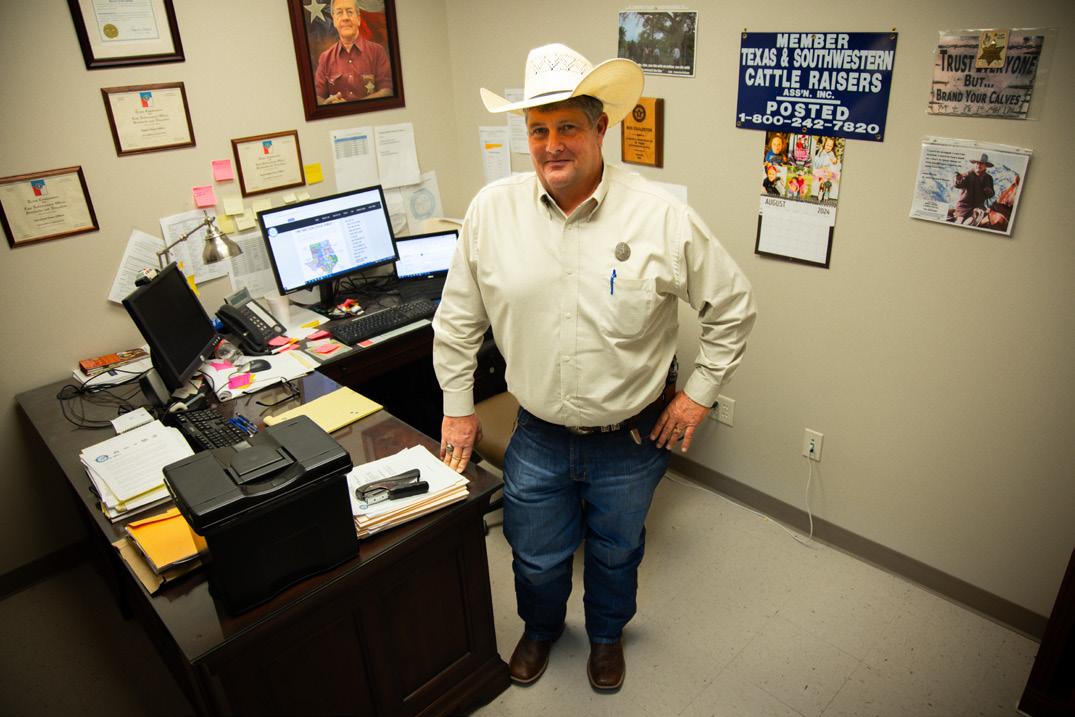
Top: The Smokehouse Creek Wildfire, which burned nearly three weeks, engulfed 1.2 million acres in flames. Photo courtesy of Texas A&M AgriLife Extension. Middle: Black and brown — the wildfire leaves little else of Running P pasture. Courtesy photo. Bottom: TSCRA Special Ranger Ben Eggleston stands ready in Canadian, a town nearly swallowed by fire. Photo by Crystal Albers. Opposite: A wind-fueled inferno crests the hill at 7 Bar Ranch near Miami. Courtesy photo.
Lauren Perez describes the scene Wednesday morning as sheer devastation.
“All you saw was burned ground for miles and miles,” she says of the drive to Canadian. “They say the fire was moving at the rate of two football fields per second.”
Later images showed the Smokehouse Creek Wildfire covered 850,000 acres, or 1,328 square miles, within its first two days.
“Nearly all of our registered Hereford herd, which is where we put our primary focus, was wiped out in a matter of seconds. We lost 42 head,” she says. “It was the majority of everything that we had spent our time growing. All of our donors were basically gone, leaving us with a few yearling heifers, and about 50% of our total herd numbers.”
Entire bloodlines had vanished in the flames, and many of the animals that survived laid suffering.
“We went out to each cow on the Ranger with some friends of ours who were there to help. They carried a pistol,” Lauren remembers, with tears.
“The hurt and the suffering of those mama cows, so many in the worst state — we had to do what was best for them, but it was a lot to take for all of us. I mean, our neighbors and friends had to put someone else’s cattle down. I just had to turn my back and walk away.”
we couldn’t find all their calves,” Drew recalls. “We were fortunate enough to find a few that were lying on the ashes when we got there.
“There’s one bull calf that we found completely unharmed, sitting on a patch of grass the size of a lick tub. For 60 miles on either side of it, everything was burned, except for this little patch with a little calf. We named him Fireball.”
At 7 Bar Ranch, the Clark family lost five cows and seven calves but managed to save the rest of their herd, along with about 45 acres of grassland, the house and sheds. The fire had edged within 150 yards of the house in some spots, Haley estimates.
They say the fire was moving at the rate of two football fields per second.”
The charred skin of the dead and living alike made identification nearly impossible.
— Lauren Perez, Running P Cattle Co.
“You couldn’t tell which cattle were whose. One cow that was still alive had been caught in the cattle guard and was so badly burned that we couldn’t tell that she was a Hereford, let alone ours,” Lauren says. “Everyone had passed her several times. Drew said he didn’t want to mistakenly put someone else’s cow down, but then we started going through the inventory and it was O23H. It was one of our foundation cows.”
Of the cows that survived, most were badly burned and due to calve that day. Drew contacted more neighbors to find trailers to move cows back to Canyon. Soon, they had more trailers available than cows.
And then, there were miracles — flickers of hope.
“We knew some cows had calved right before the fire got there because we could tell by looking at them, but
“We had a lot of calves that couldn’t nurse because their udders were burned, but we were lucky compared to our neighbors west of us,” Haley says.
In Canadian, Eggleston helped other first responders ensure people were safe. Two fatalities were reported elsewhere in the county, but the town’s residents had managed to weather the firestorm that left the surrounding land in steaming ruins.
“Driving down the roads and looking across the country, you could see massive amounts of livestock lost,” he says. “Cattle were lying everywhere, fences were gone, and the cattle that did survive were walking astray — the walking wounded I called them.
“I had seen devastation before,” says the 20-year special ranger veteran, “but not on the scale of this fire.”
Eggleston had lost his own pastureland and fences near Ellis County, but his brother had managed to move his cattle before the fire. His family, thankfully, was safe.
It was time to rebuild.
“We were overwhelmed with volunteers after the fire. They came from everywhere. They had meals on the streets in Canadian and other small towns,” Eggleston recalls. “School-age kids were even helping at the feed points and hay delivery stations, just helping people with everything from feed to clothing. It’s good to see when people are down that help comes in their time of need.”
Ranch relief was in full swing. Hay, feed and supplies were collected and distributed across the region.


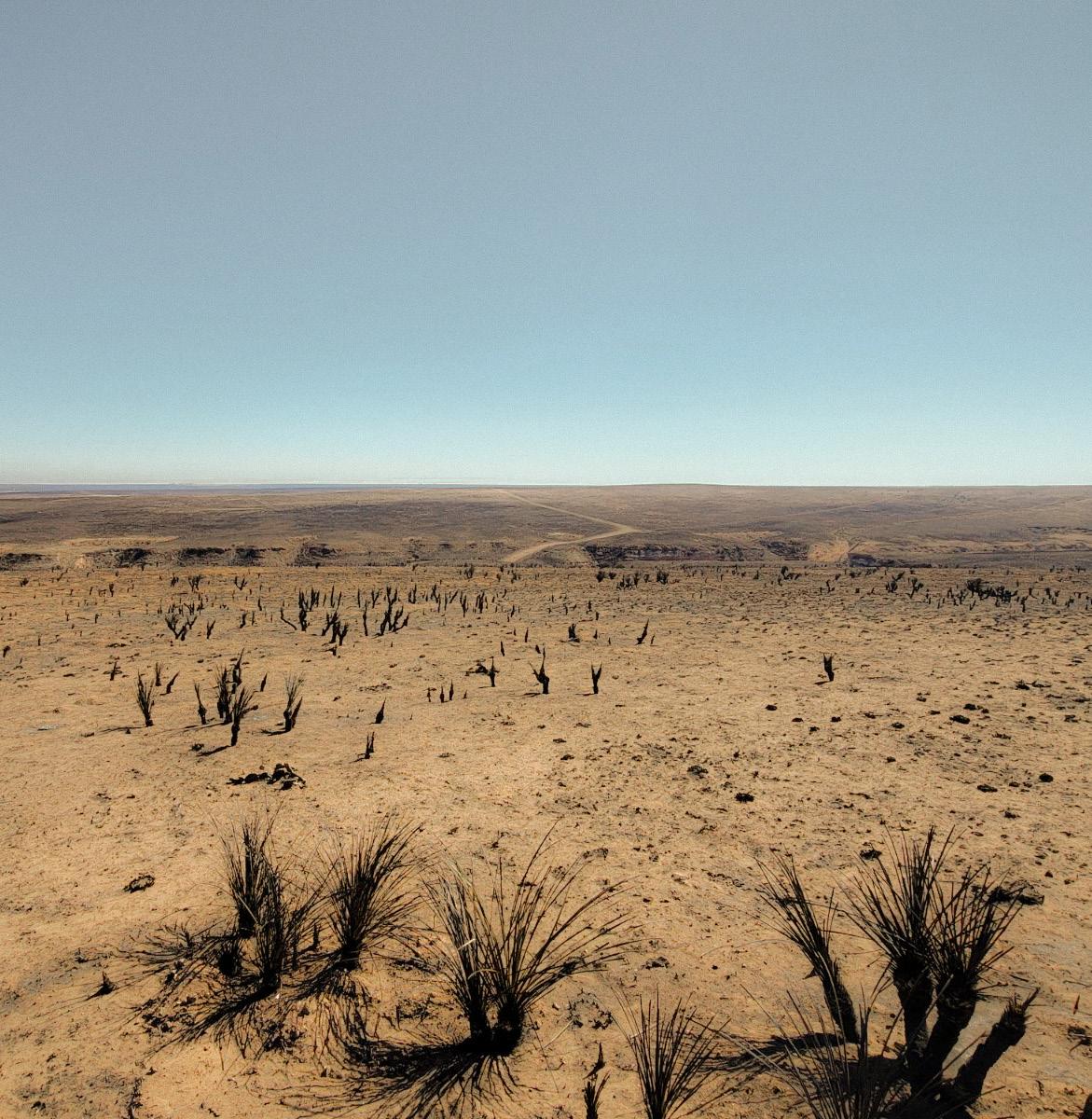
on what was once the
remains
“We had people calling who didn’t even know us, hoping to help,” Haley says. “And the outpouring of prayer was everything to us. Prayer is what got us through this.”
“People were willing to give you the shirts off their backs,” Drew echoes. “People we didn’t even know just showed up. They didn’t even tell us they were coming. They showed up and started unloading.
“It’s hard for ranchers to ask for help, but the volunteers who showed up didn’t hesitate. It just lets you know you’re going to be all right.”
In addition to widespread support by Texas & Southwestern Cattle Raisers Association Special Rangers, the association initiated fundraising through its TSCRA Disaster Relief Fund to aid the hundreds of ranchers affected through the Texas Panhandle and western Oklahoma. The effort spurred more than $2.5 million from nearly 2,000 donors.
The nonprofit supports Texas and Oklahoma cattle raisers facing disasters, distributing monetary assistance to reduce financial burdens. In the case of the Panhandle wildfires, funding was also available for volunteer fire departments working alongside the affected families.
7 Bar Ranch and Running P Cattle Company were among those ranches awarded funds to assist in recovery. Haley says the Clark family will use the money to help rebuild 23 miles of lost fence.
“I don’t know if I have the words for my appreciation for how much it means to be able to help Mom and Dad and get this place back up,” she says. “Thanks to TSCRA, we’re going to rebuild again and keep after it.
A bull calf born in the flames and found on a single patch of grass the day after the fire is a sign of new life for Running P Cattle Co. The Perez family named him Fireball.
Drew Perez, pictured opposite, recalls the Smokehouse Creek fire while checking the weaned calves born of the flames.
“They’re going to be the building blocks for the future.”
“The recovery from this fire will take years. We’re still dealing with the ramifications of it, including the loss of several cows and calves from respiratory complications caused by the smoke.”
For many like the Clarks, time is revealing the true extent of additional hidden damages, from lingering illnesses and respiratory problems in cattle, to damage to metal barns and equipment destined for rust and deterioration.
Before the fire, the Perez family had plans to host their first production sale. Drew says the TSCRA Disaster Relief Fund will make the goal a reality, helping Running P invest in rebuilding the cow herd.
“‘Thank you’ is not enough,” he says. “Instead of a fiveyear plan, maybe we can make that a two-year plan to get that back up and running. Hopefully it shortens the window of what it will take to get us back to that point.”
The Perezes purchased pregnant recips that carried matings and reinitiated extensive embryo transfer work from the cows that survived into cooperator herds in Oklahoma.
There was a point, though, where it didn’t seem possible, Lauren admits.
“We put our heart and soul into this, and I’d be lying if I said we didn’t consider getting out after the fire,” she says. “But really, it was the people that came together and said, ‘We’re here for you in your darkest days,’ who gave us that light and that hope to summon our grit and resilience. It was because of the hope that TSCRA has given us that we know we can do this again. They stood us back up on our feet.”


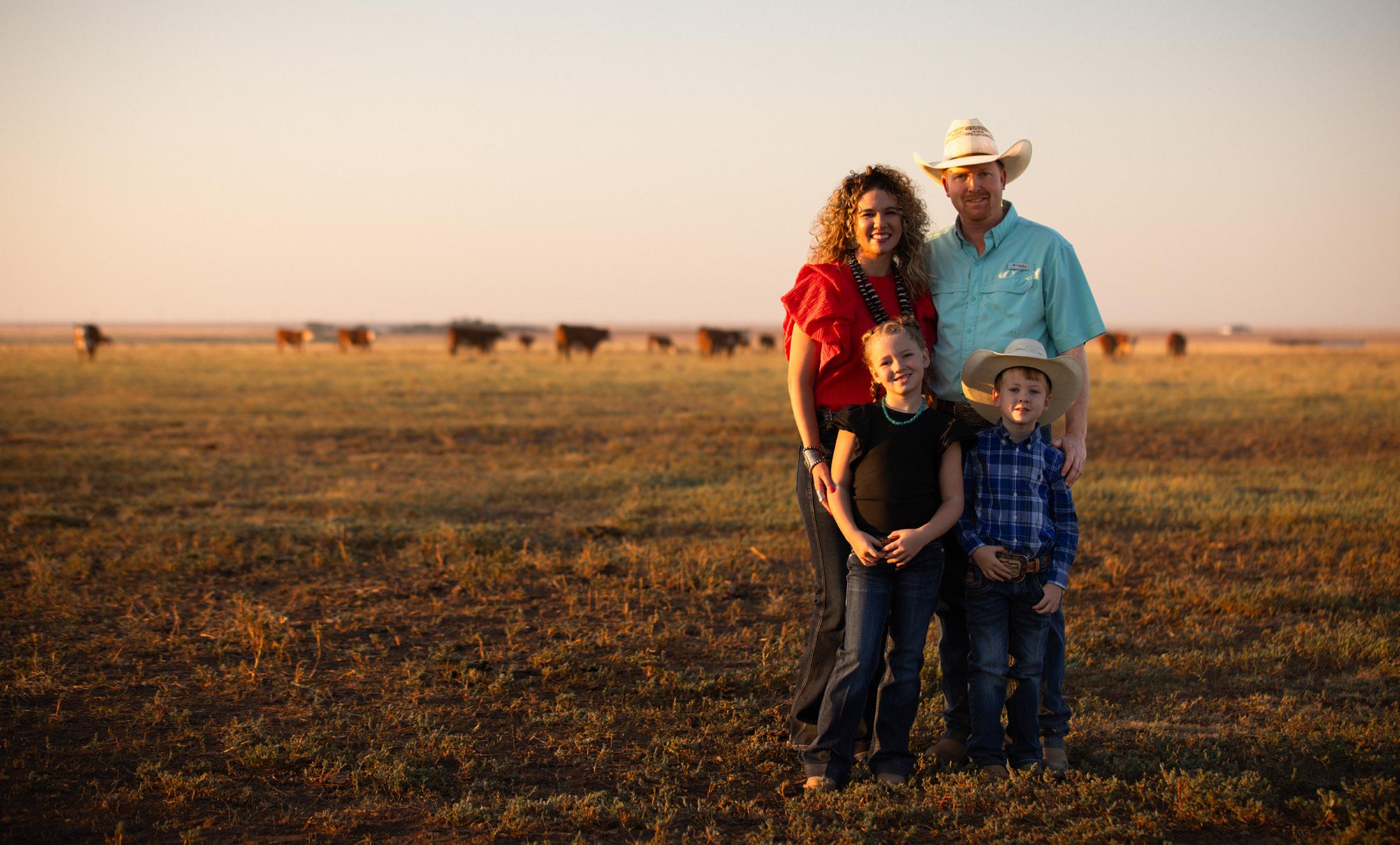
Six months after the Smokehouse Creek Wildfire, the grass is nearly regrown and new fences show signs of promise.
On a hot August morning, the Perez family prepares to work their weaned Hereford calves — the ones that survived the inferno. For Lauren and Drew, the calves and their fresh hot-iron brands offer a symbol of hope.
“The calves we’ll work today survived through the fire. Certain bloodlines — like grandma, mom, daughter — they’re all gone,” Drew says. “When you go through the genetics of the ones that did survive, though, it’s like God was watching over us. He kept the best ones. They’re going to be the building blocks for the future.”
Lauren reflects on the weeks following the fire, nursing calves and mamas back to health, rubbing balm on udders and bottle feeding for months.
“As soon as we got the cows back to Canyon they started calving, and the kids would light up to go out and check pastures. Seeing the excitement in their eyes when the new baby calves arrived gave us the hope and reassurance that this is why we do this,” she says. “Those miracles kept us rolling.”
Nodding toward his kids eager to help with morning chores, Drew says, “It’s their choice if they would like to pursue this and go that route in the future. They’ll just need to keep their faith strong, stay positive and know the rain comes back. The grass grows back, and the sun’s coming up tomorrow. And it did.” T C

SATURDAY, DECEMBER 14, 2024
12 noon, GKB Cattle Sale Headquarters • Desdemona, Texas
100+ Hereford lots, including one of the largest offerings of Elite Hereford Show Heifer and Future Donor Prospects this fall plus Yearling Heifers, Spring Bred Heifers, Fall Pairs and Heavy Breds, Spring Bred Heifers, Spring Bred Cows, Flush Opportunity and Elite Frozen Genetics!
JOIN US IN DESDEMONA FOR THE HEREFORD FEMALE EVENT OF THE SEASON!




GKB 229G MIRAGE M106 ET
2/16/24 • P44536870 • Polled
Makers Mark 5 Happ Mirage 1327
CED +4.7•BW +3.3•WW +66•YW +112•MILK +25
REA +.67•MRB +.11•CHB +166




GKB 561C MIRAGE M117 ET
2/22/24 • P44543126 • Homozygous Polled
American Classic 5 Happ Mirage 1327
CED +2.1•BW +5.4•WW +62•YW +103•MILK +25
REA +.60•MRB +.07•CHB +133



GKB K102 LADY HAWK 4044
1/26/24 • P44533640 • Polled
GKB Conair K102 5 GKB 8094 Lady Hawk 1133
CED –0.2•BW +4.3•WW +68•YW +117•MILK +36
REA +.80•MRB +.22•CHB +158



GKB 1314 MISTY M122
+.32•MRB +.13•CHB +100 Dam is a flush sister to KSU Land Grant 153 ET.









BR GKB SOPHIE L176 ET 6/1/23 • P44486132 • Homozygous Polled
Marksman 5 BR Amber 6089
2024 JNHE Grand Champion Bred-and-Owned Female. Her maternal sisters sell!









BR GKB RS RUBY L178 ET 6/3/23 • 44486134 • Horned
Marksman 5 BR Amber 6089
2024 JNHE Grand Champion Owned Horned Female. Her maternal sisters sell!








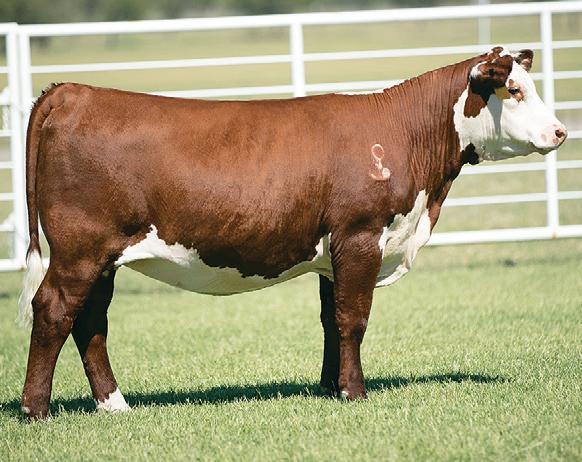





Videos and catalog will be available to view online early December. To request your catalog, contact the Sale Manager:

Gary & Kathy Buchholz, owners
Gary Buchholz (214) 537-1285
Jay Creamer (254) 707-2199
Raymond Gushee (207) 256-7365

7440 TX 16, Desdemona, TX 76445 gkbcattle.com

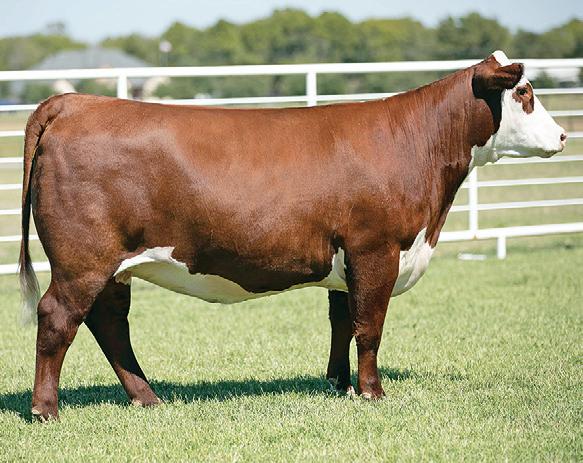






Dustin N. Layton (405) 464-2455 laytond@yahoo.com
Chisolm Kinder (405) 747-4683 laytonauction.com




By Elyssa Foshee Sanders
Cattle rustling — a criminal enterprise many might consider obsolete, along with the stagecoach robberies, quick draw duels and high noon shootouts of the frontier era — is still alive and well in the modern Southwest, plaguing cattle raisers and the special rangers who safeguard their livelihoods.
“The one question people ask me is, ‘They still do that?’” says Scott Williamson, executive director of law enforcement, brand and inspection services for Texas & Southwestern Cattle Raisers Association.
“Yes, absolutely. While the basic theft of livestock has remained the same, the level of technology, the anonymity of social media, the vastness of interstate commerce — so many things have changed.”
Retired Special Ranger Joe Roberts, whose tenure with Texas & Southwestern Cattle Raisers Association spanned nearly five decades, echoes these sentiments.
“I saw a lot of technology changes,” Roberts says. “First was the blood typing and DNA testing to identify cattle, but the hot iron is the best identification tool, as always. The basics for cattle theft investigation still rely on cow sense, common sense and relating well to the rancher, the thief and working well with other officers and agencies.”
Texas & Southwestern Cattle Raisers Association Special Rangers, who are commissioned by the Texas Department of Public Safety, or DPS, and the Oklahoma State Bureau of Investigation, must be well-versed in all facets of law enforcement, from narcotics to counterterrorism. Special rangers work closely with the Federal Bureau of Investigation, the Department of Homeland Security and the Texas Rangers to tackle agricultural and related crimes.
This is a far cry from the Wild West, when requirements to enter law enforcement were few, and when Butch Cassidy-esque gunfights between outlaws and lawmen on horseback were the norm.
“Prior to DPS, we would just hire somebody, there was no commission,” Williamson says. “You did it like you see on TV: ‘Here’s your badge, here’s your gun, let’s go.’
The Texas Rangers started in 1823 as a kind of battalion, a sworn brotherhood like you see in the movies — no paperwork, no anything. These were more battlestricken type men until the late 1910s, when they began to hone their skills to turn into an investigative group.”
While special rangers and Texas Rangers often work together to investigate agricultural crimes, they are separate divisions of Texas law enforcement; special rangers focus on crimes against property, while Texas Rangers focus on crimes against persons.
“When you look at our intersecting histories, it can be difficult to differentiate between our organizations,” Williamson says. “Although we’re both commissioned by DPS, we’re not Texas Rangers, but our relationship has always been exceptionally close.”
Roberts worked alongside the Texas Rangers during the most violent case of his career, in which five thieves managed to steal horses, cows and mules across an eight-county area, from Abilene to Fort Worth, in the late ’80s. Roberts helped locate and arrest four of the thieves, but one remained unaccounted for.
“In my interview with one of the thieves, that crook told me, ‘You’ve helped me, I’m going to help you,’” Roberts recalls. “‘I’ll tell you what happened to the other crook.’ I said, ‘What’s that?’ And he said, ‘Johnny and Ross, they murdered him and dropped him in a well.’
“I pushed my chair back and said, ‘Whoa, wait a minute. This getting a little heavy for me.’ I walked across the hall to the sheriff’s office, where there was a Texas Ranger named Gene Key. I said, ‘Hey, Gene, you busy? I just stepped in a pile of crap.’
“I painted him a picture of this case I’d been working on, and we went back down the hall and did the interview and started a murder investigation right there.”
In their joint investigation, which spanned a year, Roberts and Key cleared 10 unsolved cases.

by
“This goes to show you how simple cattle theft can turn really serious,” Roberts says. “This case reminded me not to be complacent and to be alert to stay alive.”
Like their Texas Ranger counterparts, Texas & Southwestern Cattle Raisers Association Special Rangers are embedded in the fabric of history, their stories indelibly intertwined with those of the Wild West’s most notorious outlaws.
In 1880, with the Lincoln County War raging in the eastern Territory of New Mexico and cattle rustling gangs devastating ranching operations in the Panhandle, Canadian River Cattlemen’s Association — which would join the ranks of Texas & Southwestern Cattle Raisers Association — appointed buffalo hunter-turned-U.S. Deputy Marshal John W. Poe as stock detective and deputy to Lincoln County Sherrif Pat Garrett. Poe was tasked with stamping out the cattle rustling gangs led by Pat Coghlin — the King of Tularosa — and William H. Bonney, better known as Billy the Kid.
Before the year was over, Poe successfully had Coghlin indicted by a grand jury, bringing the reign of the King of Tularosa to an end, and Garrett captured and imprisoned Bonney in the Lincoln County Jail. After four months in custody, Bonney staged a bloody prison break and absconded to Fort Sumner, but Poe discovered his hideout, and Garrett allegedly ended the outlaw’s life with an impeccably aimed shot in the dark.
Almost a half-century later, as the bootleggers and organized crime syndicates of the coming Jazz Age began to overtake the horseback-riding, rifle-wielding desperados of the Wild West, Frank A. Hamer — an imposing, stern and devoutly religious man with a rigid sense of justice — left the Texas Rangers to become a field inspector for Texas Cattlemen’s Association, the latest iteration of what would become Texas & Southwestern Cattle Raisers Association.
Hamer’s tenure was short-lived, however, as he was discharged that same year following his involvement in a fatal shootout with his wife’s former in-laws at a Sweetwater gas station. After his dismissal in 1917, Hamer rejoined the Texas Rangers, where he eventually became senior captain and solidified his reputation as one of the most fearsome lawmen in the American West.
In 1934, two years after his retirement, Hamer was enlisted by the Texas Prison System to lead the manhunt against Bonnie Parker and Clyde Barrow. Hiding in the bushes alongside Louisiana State Highway 154, Hamer and his posse waited for the couple’s car to approach before opening fire, unloading more than 130 rounds of ammunition into the now-famous Ford V-8 and ending the two-year crime spree of Bonnie and Clyde.
While Poe and Hamer retired from public service and lived into their seventies — Poe succumbing to heart failure at 73 and Hamer passing in his sleep at 71 — the same cannot be said of two legendary field inspectors who were struck down while in the line of duty.


“ This goes to show you how simple cattle theft can turn really serious. This case reminded me not to be complacent and to be alert to stay alive.”
— Joe Roberts, retired TSCRA Special Ranger




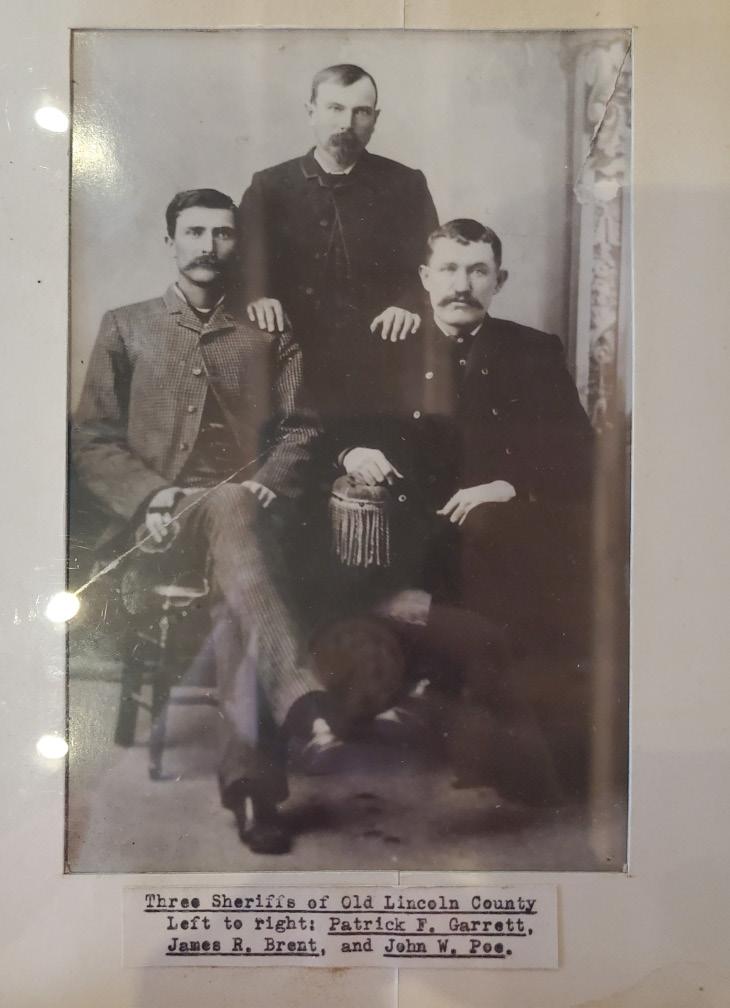
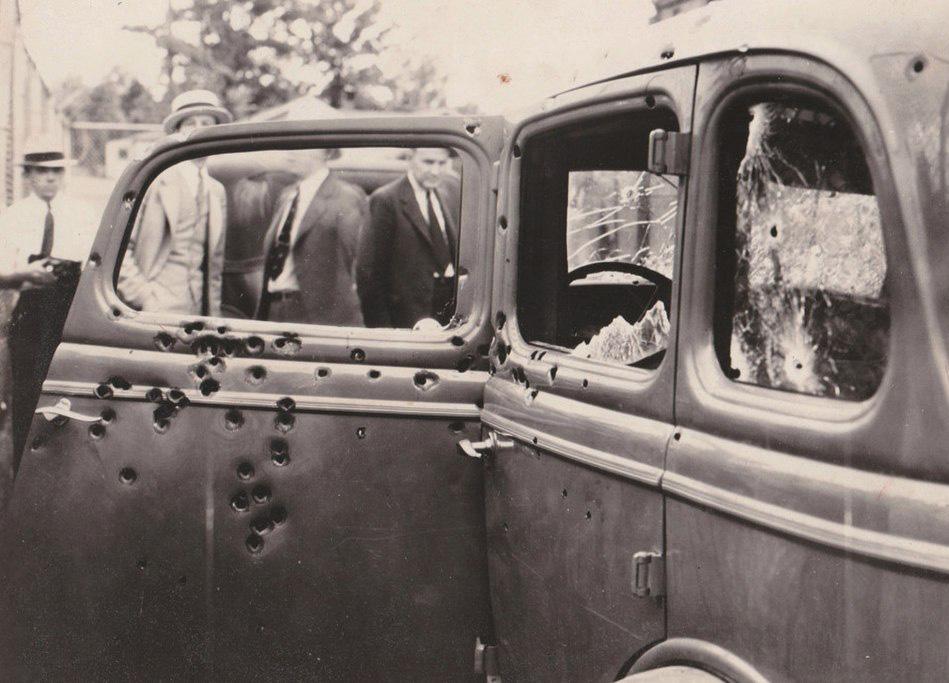
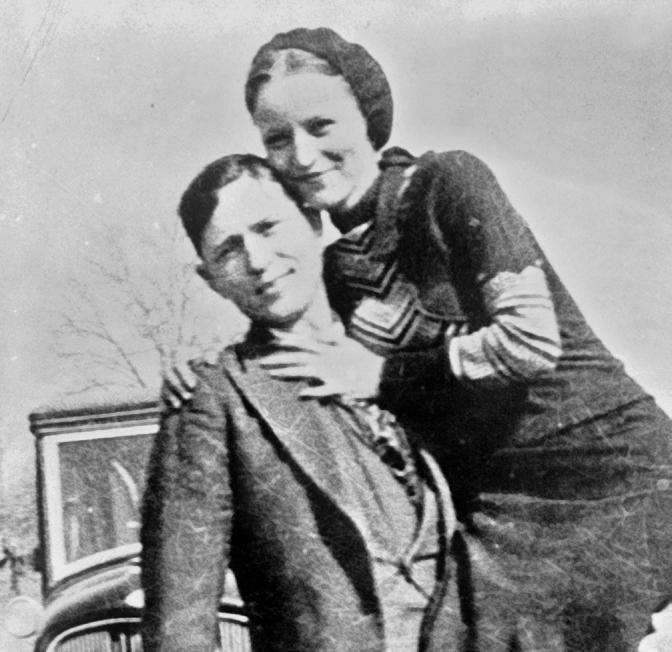
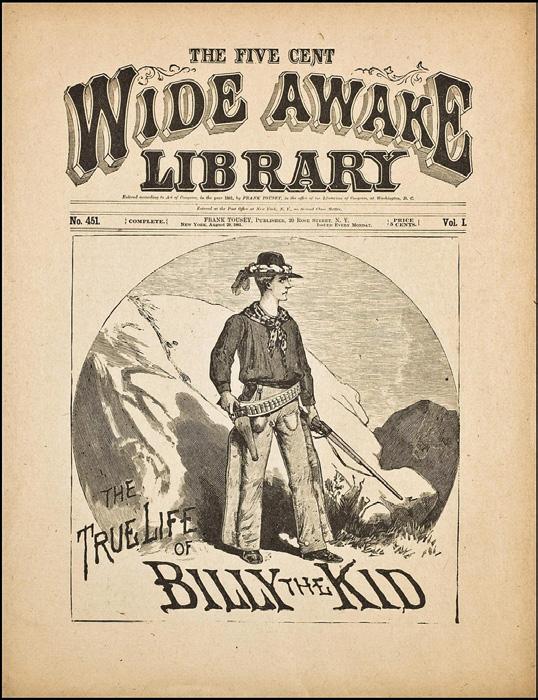
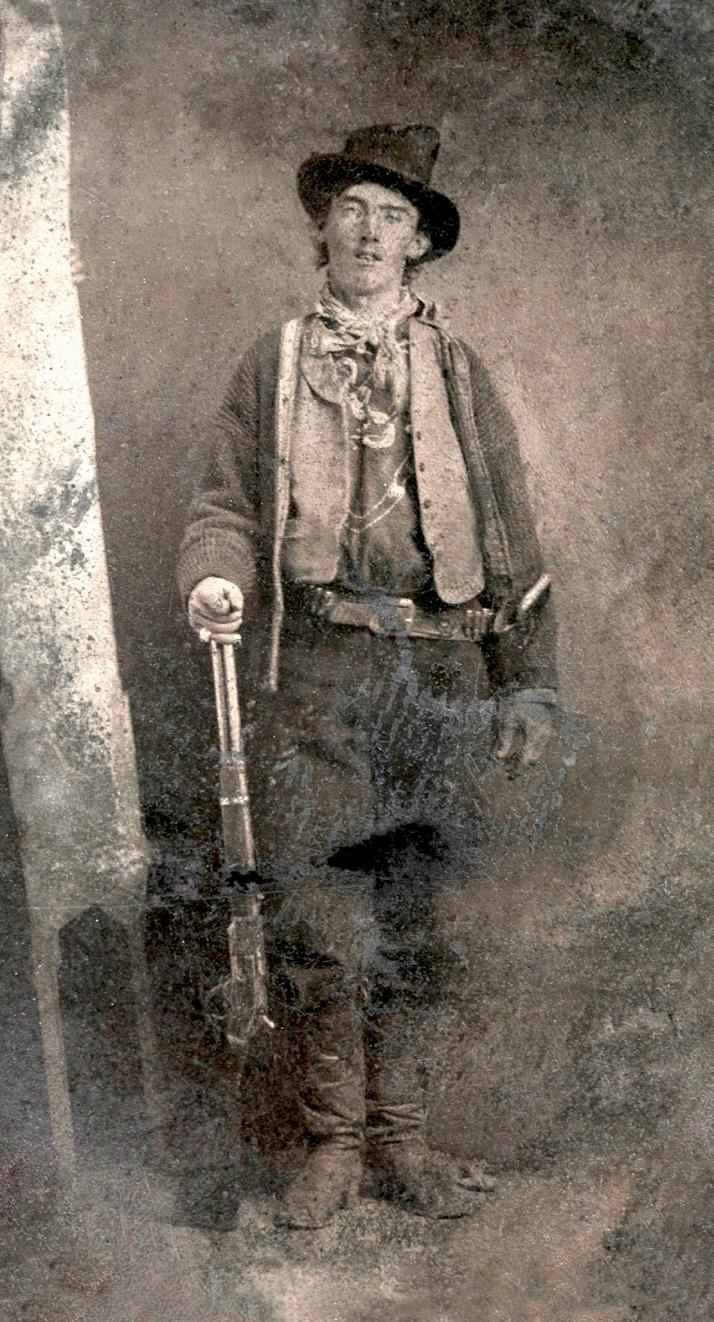
TSCRA Stock Detective John Poe played an instrumental role in taming the Wild West after he was appointed deputy to Lincoln County Sheriff Pat Garrett. In July 1881, after Billy the Kid broke out of the Lincoln County Jail and went into hiding, Poe led a posse to his Fort Sumner hideout, where Garrett fatally shot the 21-year-old outlaw.
In 1934, former TSCRA Field Inspector Frank Hamer rejoined the Texas Rangers to lead the manhunt against the infamous gunslinging duo Bonnie Parker and Clyde Barrow, ambushing the couple alongside the Louisiana State Highway and ending their cross-country crime spree.

On Easter Sunday of 1923, a group of lawmen gathered at the Gaines Hotel in Seminole for an after-dinner smoke and discussion of the next day’s habeas corpus hearing against two notorious cattle thieves.
Among those crammed in the hotel’s small office were the county sheriff, two attorneys, the presiding judge and Horace “Hod” Roberson and Dave Allison, field inspectors for the Texas Cattlemen’s Association.
The cattle thieves in question were Milt Good of Brownfield, a world-champion steer roper turned outlaw, and Tom Ross, formerly known as Hill Loftis, a career criminal from Mississippi who had evaded justice for decades despite his distinctive appearance, which included “piercing black eyes” and a “peculiarly shaped head,” according to reward notices.
As the principal witnesses to Ross and Good’s cattle theft, Roberson and Allison were to testify against them the following morning — not a moment too soon for Roberson, who had publicly proclaimed his intention to kill Ross or send him to prison.
A 48-year-old Army veteran from Midland, Roberson had served as a Texas Ranger, a ranch foreman, a county deputy and a Deputy U.S. Marshall before joining the Texas Cattlemen’s Association in 1916. After his passing, bereaved friends described him as “without peer” and “the bravest of the brave,” praising his “hatred for a crook or a thief.”
According to some historical accounts, it was not unheard of for Roberson to serve as judge, jury and executioner on the spot in order to resolve disputes with expediency. His methods even earned him a murder conviction and 20-year prison sentence in 1915, but he was acquitted after a lengthy appeals process.
Roberson’s partner, Allison, was an equally formidable lawman of 63, known for becoming the youngest sheriff in Texas and ending the careers of many famous outlaws, including Three Finger Jack and the Owens brothers. George S. Patton described him as “the most noted gunman here in Texas.”
Like Roberson, he was a prolific gunslinger who didn’t shy away from deadly force; nevertheless, after his death, mourners described him as “a brave, fearless and upright man,” and proclaimed, “There never was a better man than Dave.”



Texas Cattlemen’s Association Field Inspectors Horace Roberson and Dave Allison were killed in a double murder April 1, 1923, at the Gaines Hotel in Seminole. They were to testify against their assassins, two cattle rustlers named Milt Good and Tom Ross, the following morning.



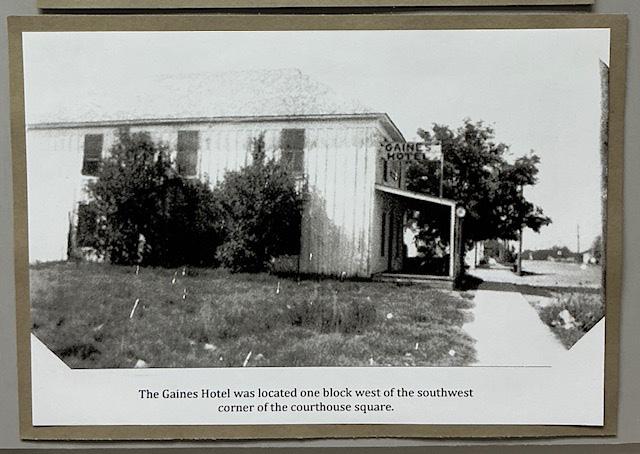

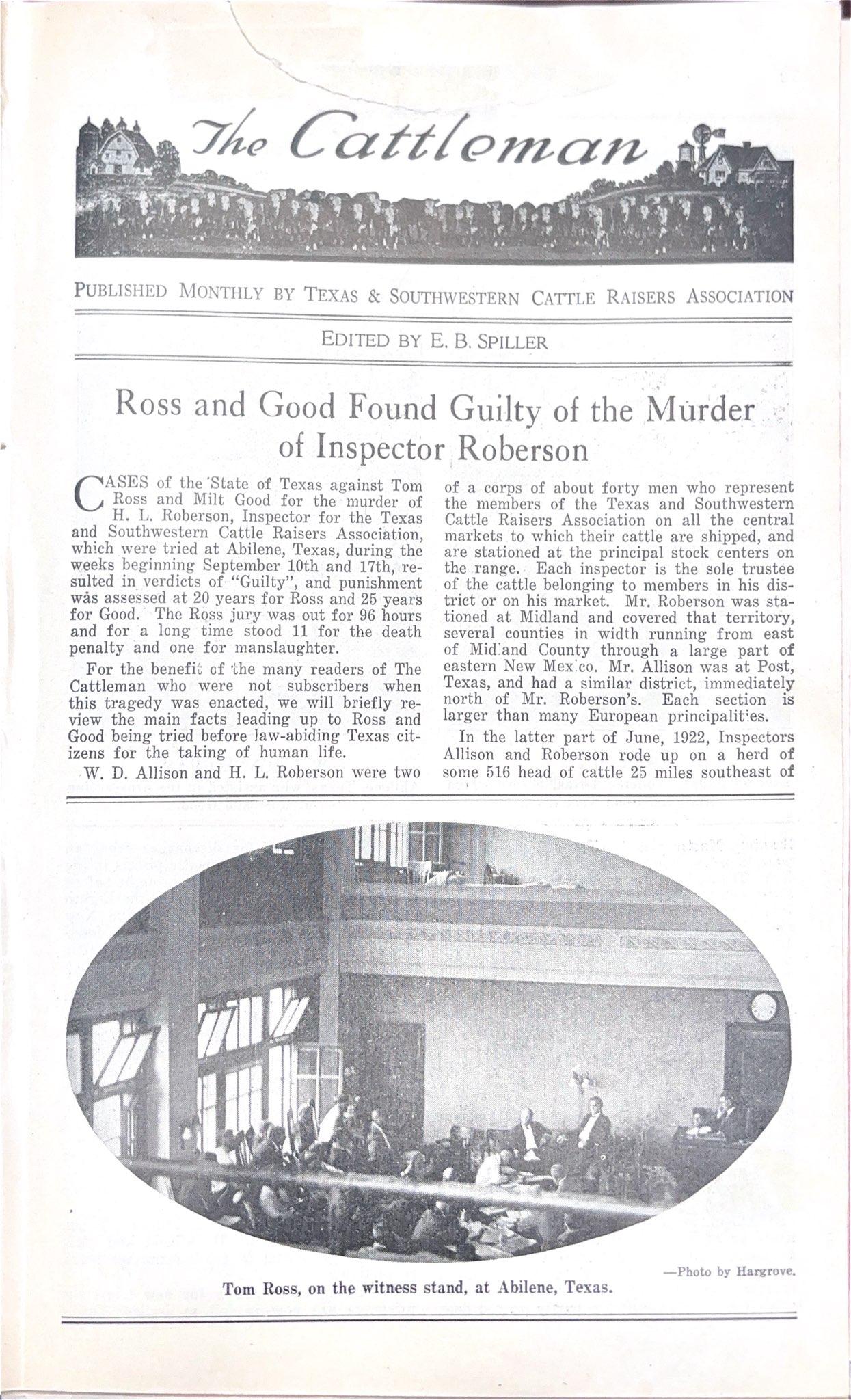

Widely considered to mark the end of the Texas Frontier Era, the 1923 trials of Milt Good and Tom Ross drew crowds of onlookers to the Lubbock and Abilene courthouses, where the defendants were convicted of murder and sentenced to over 50 years each at the Texas State Prison in Huntsville.
Neither man would carry out his sentence, however; Good was acquitted after 12 years in custody, and Ross escaped from prison and committed suicide after four years on the run.



“[Allison] gave me a look on his face that I never will forget. I commenced shooting as quick as I could shoot. I do not know how many times I shot him,” said Tom Ross of the 1923 Easter Sunday murder.
Around 8:30 p.m. that fateful Sunday, the hotel doors burst open to reveal Good and Ross, armed with an automatic shotgun and a pistol, respectively.
As witnesses would later testify, the barrel of Good’s shotgun poked through the open door of the hotel’s office, pointing toward Roberson. Before anyone could react, two shots fired — one into Roberson’s head and another into Allison’s heart. Ross then unloaded several rounds into Roberson’s body — “I do not know how many times I shot him,” he allegedly said — piercing the ranger’s head, neck, heart and hip for good measure.
Disturbed by the commotion, Roberson’s wife, Martha, left the safety of her hotel room to discover Allison’s body on the floor and her deceased husband still upright in his chair. She pulled Roberson’s gun from its holster and, upon discovering the handle had been shattered, retrieved a backup gun from their hotel room. Still in her nightgown, she pursued the gunmen through the front door of the lobby and opened fire, grazing Good’s arm and hip and hitting Ross in his midsection.
Neither man was fatally wounded — Ross’s belt buckle had deflected Martha’s bullet — so the fugitives managed to flee the scene in a getaway car. But only a few hours later, Good and Ross called the sheriff to surrender; accounts differ as to whether they required medical attention or had simply run out of gasoline.
During their subsequent trials in Lubbock and Abilene throughout the following months, although Ross and Good claimed to have acted in self-defense, they were both convicted of murder and sentenced to more than 50 years each at the Texas State Prison in Huntsville. In 1925, they escaped from the prison hospital and fled the country — Ross to Canada and Good to South America.
After a year on the run, Good was apprehended in Oklahoma and returned to Huntsville to carry out his sentence. Seemingly undeterred by his failure, however, he escaped again the next year and was immediately recaptured. Despite his irrepressible wanderlust, after only 12 years in custody, Good was pardoned and released. He reunited with his wife and eight children and lived into his seventies, when he was crushed to death between his vehicle and a fence at his farm in Cotulla.
Ross suffered an even darker fate, remaining on the run for two years after his jailbreak and forsaking his family and name for a new alias: Charles Gannon. He would commit at least one more murder before his death in 1929. It’s unclear whether his last victim was a Montana foreman or a detective sent to apprehend him and bring him back to Huntsville.
But one part of the narrative remains consistent: that same night, Gannon penned a suicide note to his wife and daughter, put a gun to his head and ended his three-decade crime spree. He was 57 years old.



Some historians consider Allison and Roberson’s murders to be the end of the frontier era — a muchromanticized period of American history characterized not only by swinging saloon doors, boom towns and the promise of economic prosperity, but also by anarchy, vigilantism and gunsmoke justice.
“In the frontier era when Allison and Roberson were killed, it was just like the cowboy days,” Williamson says. “These were mean, tough old men, but they were doing their job. They caught the cattle thieves, and they were essentially assassinated because of that work. They gave the ultimate sacrifice for the livestock investigative industry.”
Throughout the last century, the agricultural law enforcement landscape has transformed immeasurably, and Texas & Southwestern Cattle Raisers Association Special Rangers have risen to the challenge, cementing their standing among the foremost civil service agencies in the Southwest.
“Now we need to have the deep investigative skills required to subpoena cell phone and GPS records, the
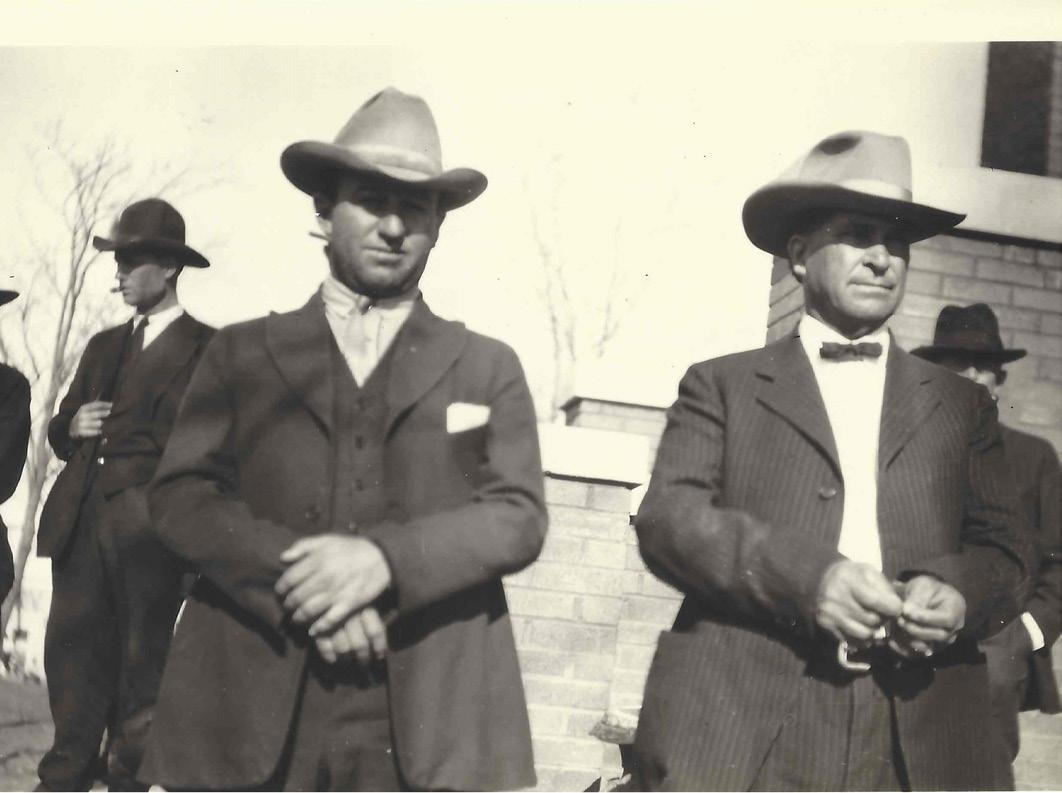
The TSCRA Special Ranger Foundation is a nonprofit 501(c)(3) organization that supplies high-quality training and equipment to Texas & Southwestern Cattle Raisers Association Special Rangers. The special ranger team does not receive federal, state or local funding, nor does the association allocate budget for peace officer training.
Donations allow for the continued exceptional level of protection and assistance the special rangers are known for, solving agricultural crimes across Texas and Oklahoma.
In 2023, Texas & Southwestern Cattle Raisers Association Special Rangers investigated 1,109 cases; recovered 6,480 head of cattle; and restored more than $9.6 million in property.
forensic knowledge to analyze crime scenes, as well as the awareness of liability and familiarity with discovery laws,” Williamson explains. “The standards for our investigations, our ethics and our reporting today are significantly higher than they were even when I started as a brand inspector in ’87.”
Williamson recalls pecking away on a manual typewriter, driving around with a box of maps and phone books in his pickup, and using drive-through payphones to check in with Fort Worth headquarters.
“It’s just endless, the things that have changed over the course of my career,” he says. “But the dedication of those men who were so tough through our earlier years, in a time when justice looked so different, is what built us.”
“Allison and Roberson didn’t have the DNA or blood typing, much less cell phones to speed up an investigation,” Roberts says. “May we remember those officers killed in the line of duty who never got the chance to retire.” T C
Elyssa Foshee Sanders is a freelance writer from Lubbock.
Editor’s Note: Special thanks to TSCRA Past President Richard Thorpe, whose invaluable research helped shape this story.
Interested in supporting this historic legacy?
Give a tax deductible donation today by scanning the QR code below or mailing a check to:




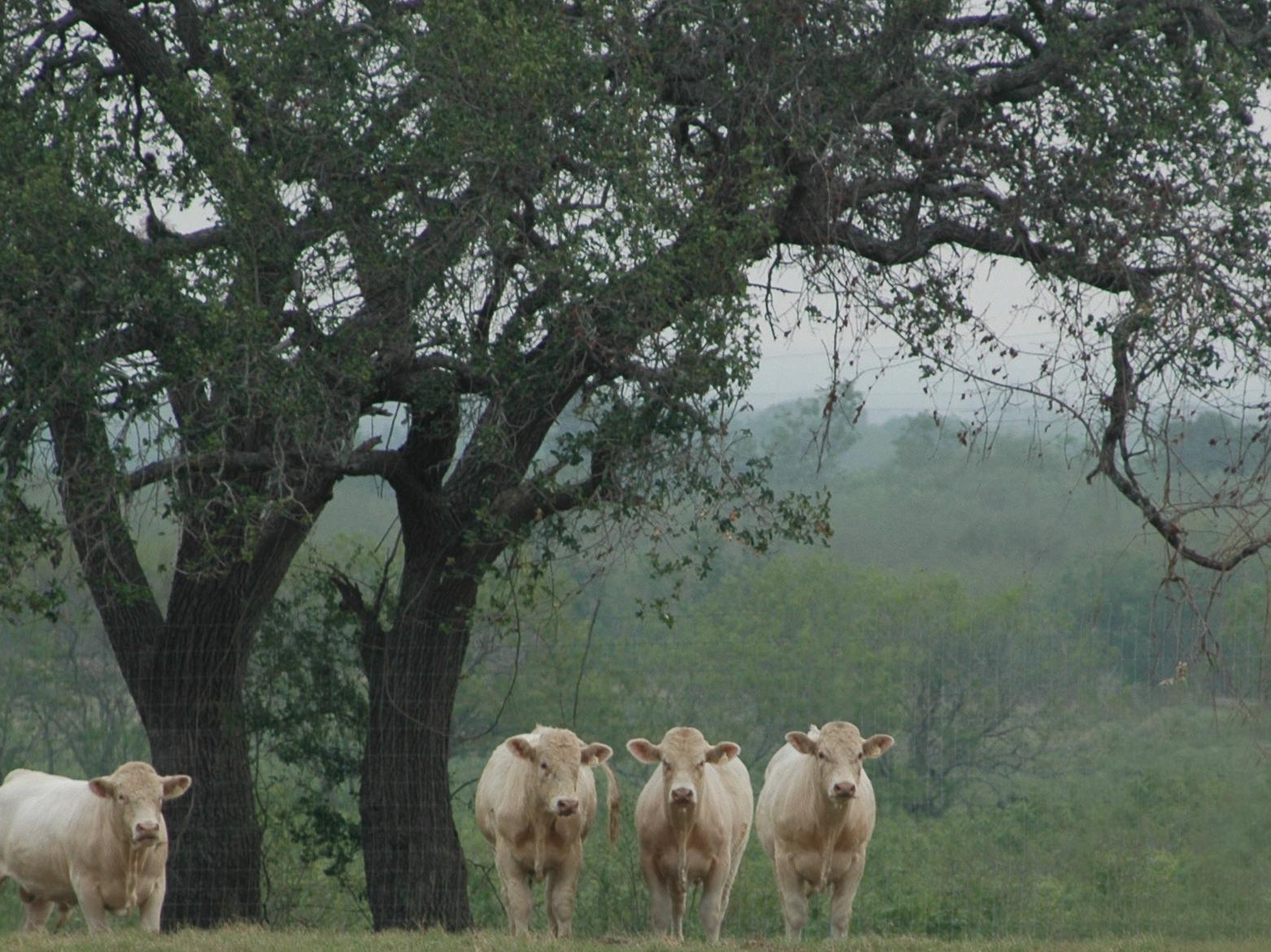
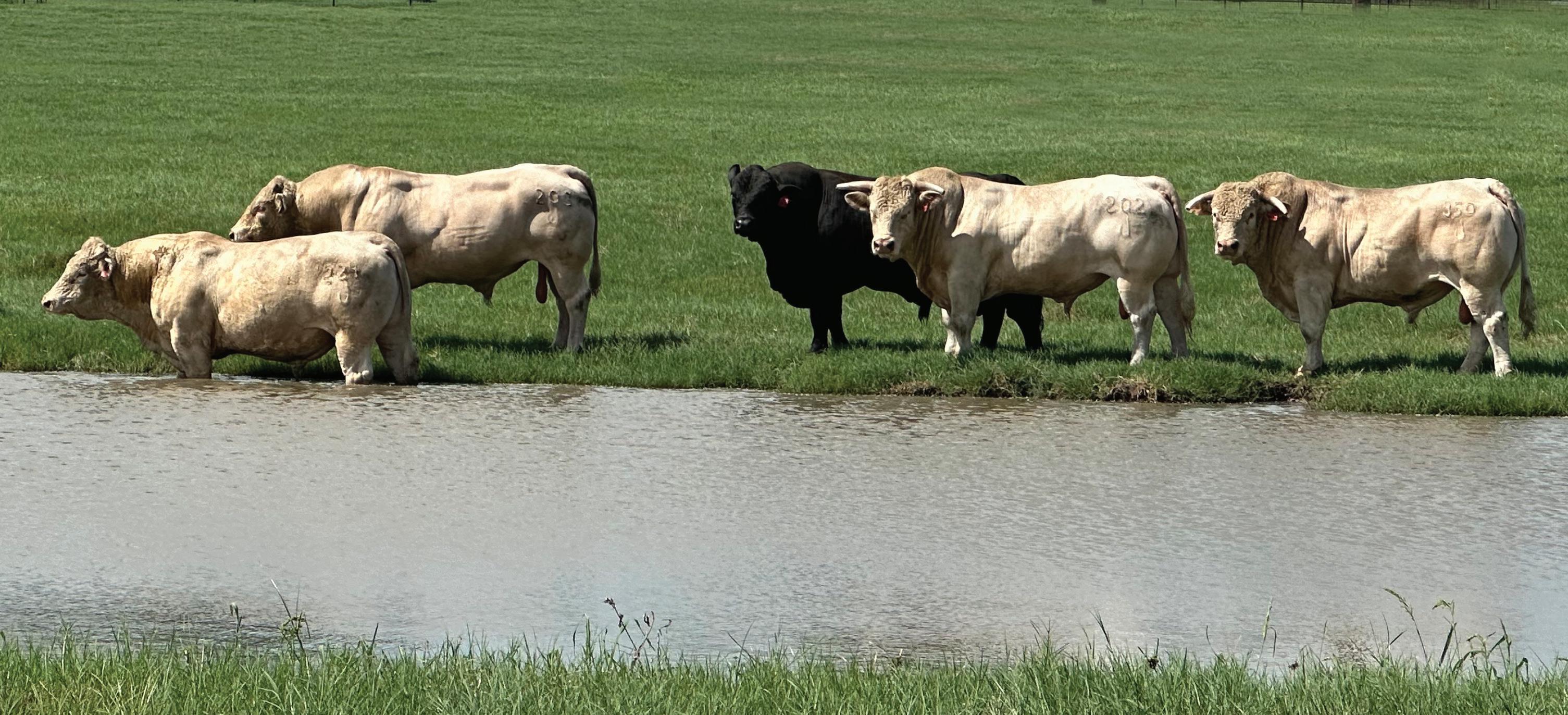

By Melissa Hamilton, Texas & Southwestern Cattle Raisers Association executive director of government relations
The 89th Regular Session of the Texas Legislature begins Jan. 14. With elections in the rearview, Texas & Southwestern Cattle Raisers Association is focused on legislation benefiting cattle raisers and landowners.
As a grassroots organization, association policy is developed and crafted by its members, offering a shared voice on behalf of ranching, private property rights and the beef industry. Our members represent 28,000 cattle raisers throughout the state, making Texas & Southwestern Cattle Raisers Association one of the most prominent and well-represented advocacy groups in both the state and national capitols.
Below is a summary of the association’s state and federal policy priorities for the year ahead. This spring, expect to hear more from our team about progress made on these objectives and efforts to combat harmful legislation.
Jan. 14, 2025 to June 2, 2025
• Ban the sale and manufacture of cell-cultured proteins in Texas.
• Amend the Texas Health and Safety Code, Section 431.021, to prohibit the manufacture, processing, possession, distribution, offer for sale and sale of cell-cultured protein.
• Update the Texas brand registration renewal process.
• Amend the Texas Agriculture Code, Chapter 133, to update the brand registration process to an electronic filing system.
• Create a brand database housed at the Texas Animal Health Commission and accessible online.
• Provide a user-friendly system that Texas & Southwestern Cattle Raisers Association Special Rangers and law enforcement can access when determining ownership of stray livestock.
• Provide more clarity on who can register a brand so that an agent, designated by the owner of the brand, can perform registration.
• Work alongside the Texas Legislature to improve wildfire prevention, mitigation and response.
• Coordinate with legislators and state agencies to improve the Landowner Compensation Program created last session.
• Look for opportunities to improve eminent domain law in Texas.
• Protect groundwater and groundwater ownership for landowners and ranchers.
• Passage of the Farm Bill with funding for provisions important to cattle raisers including livestock risk protection (LRP), livestock indemnity program (LIP), environmental quality incentives program (EQIP), and disaster preparedness programs, such as the national animal disease preparedness and response program (NADPRP).
• Improve tax policy by permanently repealing the estate tax, also known as the death tax, to protect family ranches and landowners.
• Increase funding for electronic identification tags and related equipment for cattle so ranchers do not have to bear the cost.
• Prevent efforts to build a high-speed rail in rural Texas.

• Protect the beef industry from legislative and regulatory efforts to tax carbon emissions from cattle.
• Oppose revisions to the definition of “prompt payment” in the Packers and Stockyards Act.
• Support efforts to hold Mexico accountable in meeting their obligations under the U.S.-Mexico Water Treaty of 1944
• Improve border security. T
C
Texas & Southwestern Cattle Raisers Association recognizes the following policymakers and leaders for dedicated support of the state’s ranchers, landowners and rural citizens during their tenure as elected officials. As they retire from their seats, Texas & Southwestern Cattle Raisers Association thanks them for their service to the state and industry.
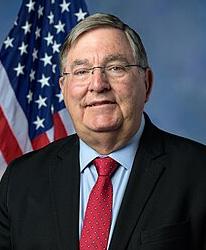

U.S. Rep. Michael C. Burgess District 26
11th term, announced retirement Nov. 13, 2023
Committees Served: Rules – Chair; Budget – Member; Energy & Commerce – Member
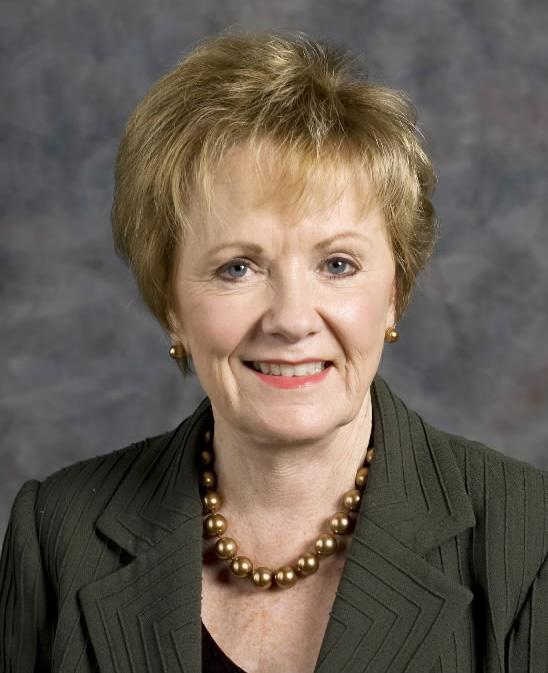

Sen. Drew Springer* District 30
1st term, announced retirement Nov. 7, 2023
Committees Served: Administration –Vice Chair; Local Government – Vice Chair; Education – Member; Higher Education – Member; Nominations –Member; Redistricting – Member; Water, Agriculture & Rural Affairs – Member

Rep. Tracy King* District 80
10th term, announced retirement in July 11, 2023
Committees Served: Natural Resources – Chair; Community Safety –Member; Licensing & Administrative Procedures –Member; Youth Health & Safety – Member
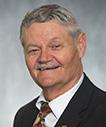
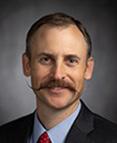
Rep. Charles “Doc” Anderson* District 56
10th term, announced retirement Aug. 15, 2024
Committees Served: Agriculture & Livestock – Vice Chair; Energy Resources – Member
U.S. Rep. Kay Granger* District 12
14th term, announced retirement Oct. 31, 2023
Committees Served: Appropriations – Member
Rep. Andrew Murr* District 53
5th term, announced retirement Nov. 20, 2023
Committees Served: General Investigating – Chair; Judiciary & Jurisprudence –Member; Redistricting – Member


Rep. Kyle Kacal* District 12
6th term, announced retirement Nov. 27, 2023
Committees Served: Corrections – Vice Chair; Natural Resources – Member
Rep. Four Price District 87
7th term, announced retirement in July 19, 2023
Committees Served: Health Care Reform – Member; Natural Resources – Member; Public Health –Member
* Texas & Southwestern Cattle Raisers Association member Photos courtesy of the
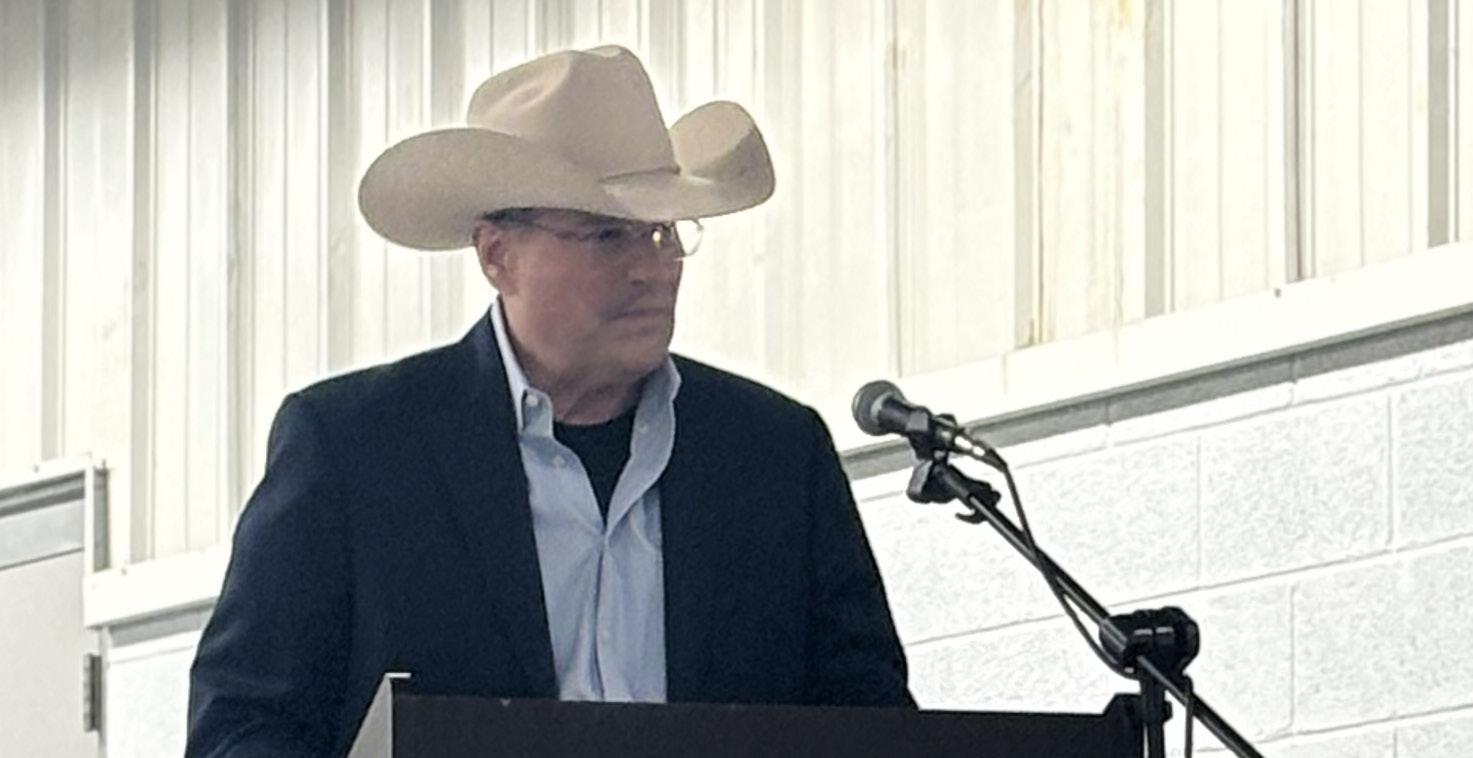
Craig Young, a
impacted by the Texas Panhandle wildfires, shares heartfelt gratitude for the brave first responders who stepped up in the face of devastation.
The Texas & Southwestern Cattle Raisers Association Disaster Relief Fund, a nonprofit that supports cattle raisers facing disasters in Texas and Oklahoma, hosted a community appreciation dinner Oct. 20 in Canadian.
The event was held at the Jones Pavilion and honored the people, industry partners and first responders who were instrumental in battling this spring’s Texas Panhandle wildfires.
“This dinner is our way of saying thank you to the people who stepped up when the region needed them the most,” said Texas & Southwestern Cattle Raisers Association President Carl Ray Polk Jr. “Ranchers, landowners and rural communities cannot come back from disasters alone, and we are thankful to all — neighbors, businesses, first responders and leaders — who contribute in times of need.”
The TSCRA Disaster Relief Fund raised more than $2.5 million to support cattle raisers and organizations across 11 counties impacted by the 2024 Texas Panhandle wildfires.
The Texas & Southwestern Cattle Raisers Association Leadership Development Foundation, a 501(c)(3) nonprofit supporting future land and livestock stewards, announced nearly $200,000 of funding was granted to entrepreneurs throughout the beef industry.
The funding comes after the inaugural TSCRA Leadership Development Working Grant Program’s
spring application period, offering financial support to individuals in Texas or Oklahoma who have faced challenges obtaining conventional financing.
Unlike traditional loans, the grants do not require repayment, focusing solely on helping recipients establish long-term careers in the beef industry. The grant program is inclusive, open to individuals of all ages, backgrounds and industry segments.
“The landscape of ranching has become increasingly challenging for each generation,” said TSCRA Leadership Development Foundation Chair Carl Ray Polk Jr. “Market risks, land availability, operational costs and more have left the future legacy of ranching compromised. The TSCRA Leadership Development Foundation Working Grant Program allows the association to help equip individuals with the financial capital to sustain their beef business.”
Texas & Southwestern Cattle Raisers Association has once again partnered with the Fort Worth Stock Show & Rodeo to offer all active association members free commemorative pins, granting complimentary access to the entire 23-day run of the 2025 Fort Worth Stock Show & Rodeo. See page 55 for instructions to redeem.

In October, Texas & Southwestern Cattle Raisers Association leaders visited the new state of-the-art headquarters office of Capital Farm Credit in College Station. The visit provided an opportunity to discuss the importance of cattle raisers and rural communities in Texas, as well as learn about Capital Farm Credit’s vision for innovation and growth in the agricultural sector.
Texas & Southwestern Cattle Raisers Association and Capital Farm Credit have a long history of partnership and will continue to work together to support landowners and cattle raisers.
Hally Parks joined Texas & Southwestern Cattle Raisers Association in October as the association sales representative.
Originally from Ozark, Missouri, Parks gained a love of cattle and the agriculture industry in junior high when she was introduced to the FFA organization. Parks graduated from Oklahoma State University in December 2023 with a bachelor’s degree in agricultural communications and a minor in event management.

Prior to joining Texas & Southwestern Cattle Raisers Association, she worked for the Oklahoma Cattlemen’s Foundation.
Texas & Southwestern Cattle Raisers Association has opened the application window for the Cattle Raisers Convention & Expo internship held April 8 to 13, 2025, in Fort Worth.
The internship program allows college students to gain on-the-job experience and expand their agricultural knowledge, while making connections with industry leaders. Students will build their communication and networking skills, acquaint themselves with a wide range of work departments, and get a behind-the-scenes look at hosting one of the largest agricultural events in the Southwest.
Convention internship applications are due Dec. 31 and available at tscra.org/what-we-do/students.

Texas & Southwestern Cattle Raisers Association was proud to partner with The Meat Board in Fort Worth, along with Don Rea, Nick Nickleson and Greg Kimmel, to host a special meet-and-greet for Jeff Savell, vice chancellor and dean of agriculture and life sciences at Texas A&M University.
Joining Savell were several esteemed colleagues from Texas A&M University, including Rick Avery, director of Texas A&M AgriLife Extension Service; Chris Skaggs, associate dean for student development; Clay Mathis, department head of animal science; and Tryon Wickersham, associate head for research. All involved said it was a great opportunity to connect with key leaders in agricultural education and research. T C
In key locations across Texas, Oklahoma and New Mexico, Helena has branches staffed with people who can provide landowners, ranchers and wildlife enthusiasts with all their management needs.
For more information, contact your local Helena representative or visit HelenaAgri.com.
Join or renew your membership today.
Member benefits include the support of TSCRA Special Rangers, government relations advocacy, educational programs, networking and social events, member-only discounts, The Cattleman magazine and phone app, and insurance services.

To learn more about membership, scan the code above or visit TSCRA.org.

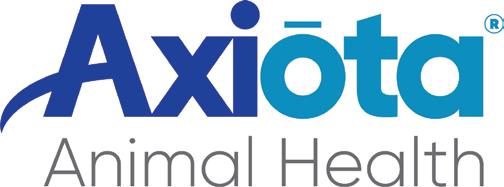

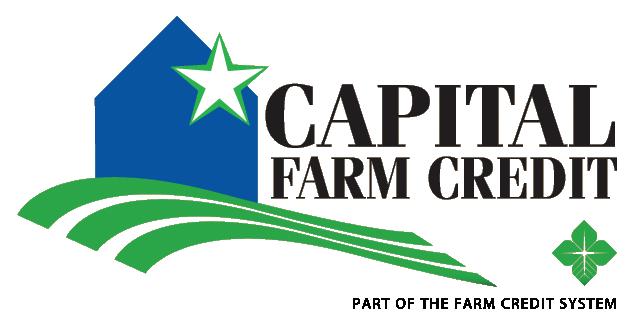


The TSCRA Business Partner Program allows companies and organizations whose values and mission align with TSCRA to demonstrate their support to the cattle industry. Thank you to our current business partners.
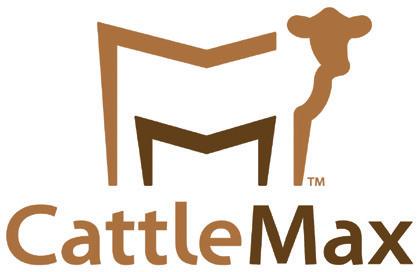


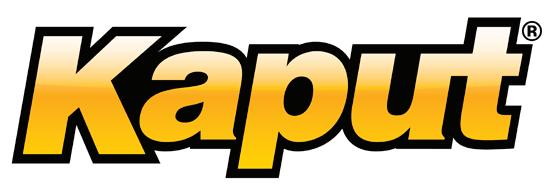



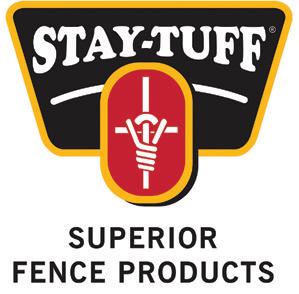
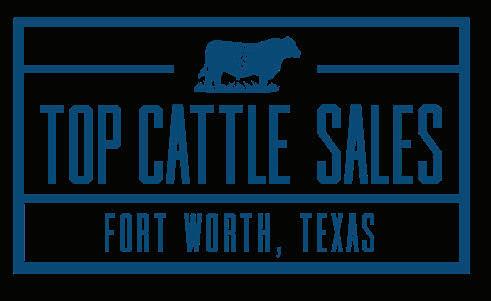
In early October, National Cattlemen’s Beef Association released a report analyzing data collected in a nationwide tax survey of America’s cattle producers. With the 2017 Tax Cuts and Jobs Act set to expire at the end of 2025, the association collected this survey data to better understand how key tax provisions, such as death tax relief and business deductions, impact familyowned cattle operations.
The survey results indicated 99% of respondents operated family-owned farms or ranches and 64% were at least third-generation cattle producers. Additionally, the survey showed strong support for provisions such the 1031 Like-Kind Exchange, Section 179 Expensing, Bonus Depreciation, and Section 199A Small Business Deduction.
The data also showed that a quarter of respondents spend more than $10,000 annually for tax preparation, filing, and potential audits — expenses that add further pressure to agricultural operations.
“Farms and ranches are unique small businesses, and they face a variety of challenges that our tax code must address,” said National Cattlemen’s Beef Association Executive Director of Government Affairs Kent Bacus.
“The survey data shows strong support for tax provisions that help cattle producers reduce their taxes and invest in essential assets for running a successful cattle operation. To protect our farming and ranching heritage, we need Congress to step up and back tax provisions that help cattle producers save more of their hard-earned money and set up the next generation of cattle producers for success.”
U.S. beef exports were below year-ago levels in August, according to data released by USDA and compiled by the U.S. Meat Export Federation.
Beef exports totaled 102,682 metric tons in August, down 6% from a year ago and the lowest since January. Export value fell 4% to $845.9 million. Mexico’s demand for U.S. beef remained robust in August, while exports also trended higher to Taiwan, the Middle East and the ASEAN region. But these results were offset by lower shipments to Japan, South Korea and China/Hong Kong.
Through the first eight months of the year, beef exports were 3% below last year at 856,834 metric tons, but were 4% higher in value at just under $7 billion.
“Beef demand in our major Asian markets seemed to lose a bit of momentum in August, but exports held up well to Mexico, Taiwan and the Middle East,” said U.S. Meat Export Federation President and CEO Dan Halstrom.
“The headwinds in Asia remain formidable, but we are encouraged by the region’s ongoing tourism rebound. The late-September removal of Colombia’s restrictions on U.S. beef is also a positive development. While this came too late to impact the August results, it will help bolster fourth-quarter demand in Latin America.”
Understanding management challenges and identifying best practices to build capacity and conservation on grazing lands across Texas and beyond is the goal of two new federally funded grants garnered by Texas A&M AgriLife experts.
The Texas A&M AgriLife Extension Service and Texas A&M AgriLife Research have been awarded $1.9 million in Grazing Lands Conservation Initiative grants by the USDA Natural Resources Conservation Service. The initiative is an effort to identify priorities, find solutions and advance conservation practices on private grazing lands across the U.S. The Texas A&M AgriLife grants are part of $22 million in grants awarded across 36 states.
Morgan Treadwell, Ph.D., AgriLife Extension range specialist, of San Angelo, was awarded $999,943 to advance the knowledge and implementation of pyric herbivory across various land management and producer-led organizations.
Pyric herbivory is a rangeland management technique that combines prescribed fire and targeted grazing to control woody plant encroachment and promote biodiversity, said Treadwell, who also serves as a professor in the Texas A&M College of Agriculture and Life Sciences Department of Rangeland, Wildlife and Fisheries Management.
Through support from this grant, Treadwell and collaborators will create a network of sustainable grazing facilitators to serve these landowner associations through the development of AgriLife Extension publications as well as virtual and in-person educational programming.
Jeff Goodwin, Ph.D., director of the Texas A&M Center for Grazinglands and Ranch Management, of BryanCollege Station, was awarded $996,000 for his project Empowering the Next Generation of Ranchers: Accessing Knowledge from a Legacy of Stewardship Goodwin, also an assistant professor in the department of rangeland, wildlife and fisheries management, will work with the National Grazing Lands Coalition to create a producer-focused YouTube channel dedicated to creating high-quality videos reflecting the challenges and triumphs of leading grazing land managers. T C

Ranching 101 webinar scheduled for Dec. 17.
Join Texas & Southwestern Cattle Raisers Association for the next Ranching 101 session at 1 p.m., Tuesday, Dec. 17.
During the hour-long Zoom webinar, attorney Garrett Couts will share insights into estate planning, real estate and agricultural law to help protect assets and enhance business success. Interested association members can register by scanning the QR code below.

Couts specializes in estate planning, probate, real estate, energy, business formations, transactions and agricultural law. He studied agricultural communications with minors in agribusiness and political science at Texas Tech University, and earned his law degree from Texas Tech School of Law.
Couts worked for U.S. Rep. Mike Conaway on the 2013 Farm Bill and gained legal experience at firms such as Saleh Law; McCleskey, Harriger, Brazill & Graf; and McWhorter, Cobb & Johnson. After law school he practiced in probate, energy law, real estate, and litigation before joining Brady & Hamilton in 2019.
Texas & Southwestern Cattle Raisers Association’s Ranching 101 webinars provide participants with practical, sound guidance on the tools and equipment needed to get started in ranching or land ownership. The webinars are available online on the third Tuesday of every month.
Registration is complimentary for any association member. Visit tscra.org to learn more. T C

Sign up: Ranching 101 is presented by:






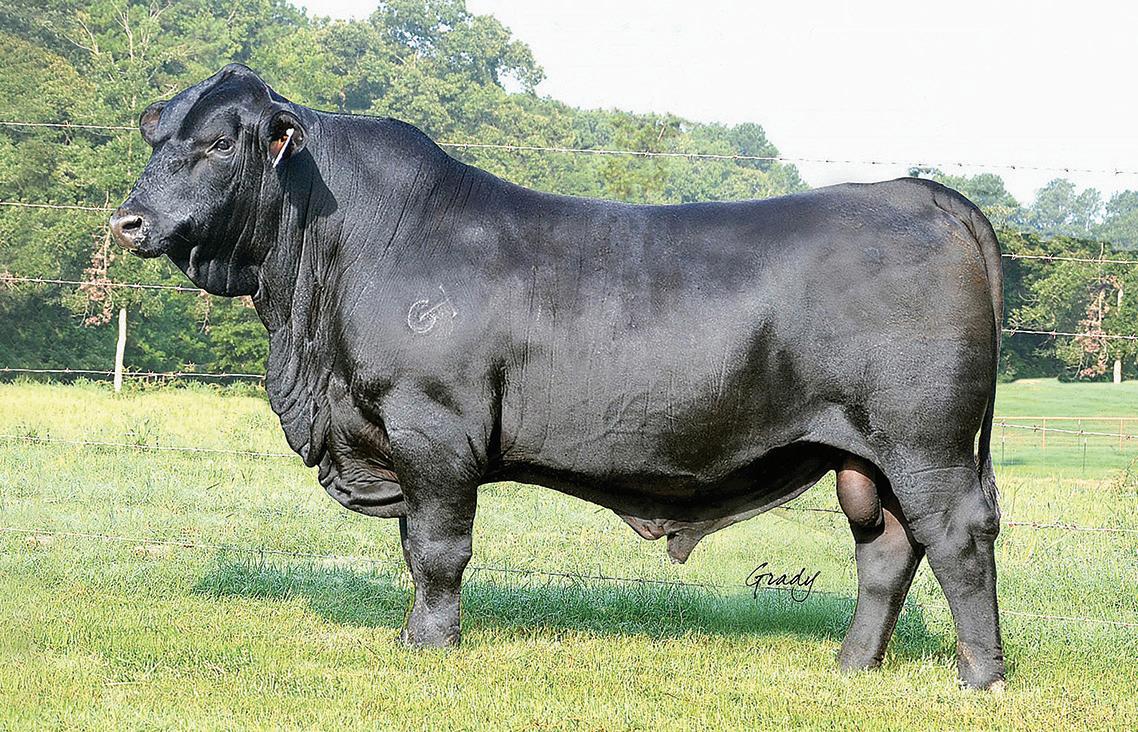






Special Replacement Female Sale
Saturday,December7@10:00a.m.–SanSaba BooksareClosed!
Saturday,January25,2025@10:00a.m.–SanSaba ConsignmentsWelcome!
Special Bull Offerings
Inconjunctionwithourregularsale. Bullswillsellat10am. Bullswillbefertilitytested,meettrichrequirements,andreadytogotowork.
Thursday,December19@10:00a.m.–SanSaba Leachman’sTexasFallStabilizerBullSale–60StabilizerBulls BooksareClosed!
Thursday,January9,2025@10:00a.m.–SanSaba FeaturingSchaeferFarmsAngus&ShadyOakFarmCharolais&SimAngusBulls
Thursday,February13,2025@10:00a.m.–SanSaba FeaturingMartin-BruniBrangus&STSRangerRegisteredAngusBulls

WEEKLY SALES HELD AT 11:00 a.m.
Monday – Mason
Thursday – San Saba
Formoreinfoonabove salesoronlineviewing andbidding,pleasecall orvisitourwebsite.
Eloy Vera Jr. was arrested and charged on third-degree felony charges for theft of livestock after stealing eight head of cattle in Starr County.
The arrest follows an investigation led by Texas & Southwestern Cattle Raisers Association Special Ranger Joe Aguilar Jr., who received reports of stolen cattle from a Starr County resident in August. The cattle were stolen from a victim who recently inherited the livestock after the death of the previous ranch owner.
During the investigation, Aguilar found video footage showing a white truck and trailer hauling the cattle away from the victim’s property. Aguilar identified Vera as the owner of the vehicle.
After contacting Vera, Aguilar reported the suspect was fully aware the cattle were not his and had taken the livestock without the owner’s permission.
Vera held the livestock at an undisclosed location, later surrendering some of the cattle to authorities. He retained a portion of the livestock, demanding compensation from the victims for expenses associated with the care of the cattle from the prior weeks.
All eight head of cattle stolen by Vera have since been recovered. After a warrant was issued for his arrest, Vera turned himself in to Aguilar at the Starr County Jail in October.
Marcos Villarreal, a former agriculture teacher and expresident of the Citrus Valley District FFA, was arrested and charged with third-degree felony theft after embezzling more than $85,000 from the Citrus Valley District FFA chapter. The arrest follows an investigation led by Texas & Southwestern Cattle Raisers Association Special Ranger Joe Aguilar Jr.
On June 27, Citrus Valley District FFA board members contacted Aguilar after discovering missing funds
intended for district livestock shows, judging contests and other FFA-related activities. Throughout the investigation, it was revealed Villarreal had exclusive access to the organization’s accounts during his tenure.
Villarreal made 667 unauthorized transactions totaling $61,097.14 for personal use. Further examination of Villarreal’s personal bank records showed he had deposited $32,728.50, intended for livestock shows and judging contests, into his own account.
In total, Villarreal is accused of stealing $85,025.14 from the Citrus Valley District FFA. A warrant was issued for Villarreal’s arrest, and he was taken into custody Oct. 7 at the Hidalgo County Jail in lieu of bond.
A 43-year-old Pecos County man who defaulted on a $1.5 million loan has been indicted on first-degree felony charges for hindering secured creditors. The indictment follows an investigation by Texas & Southwestern Cattle Raisers Association Special Ranger Clay McKinney.
The investigation began after a law firm representing a regional bank contacted Texas & Southwestern Cattle Raisers Association. The firm reported that Tate McMullen, doing business as Compana Cattle Company, had entered into a security agreement with the bank in November 2017 for a loan of $1.5 million. McMullen used livestock as collateral for the loan.
After defaulting on the loan, the bank sent numerous letters to McMullen asking for the surrender of the collateral or payment of the outstanding loan balance, but McMullen did not respond to these requests.
The bank conducted an inspection of McMullen’s cattle in April 2023. Only $556,000 was assessed as a fair market for the livestock. By December 2023, when the bank seized the remaining livestock, only $222,000 in livestock remained.
McKinney presented the case to a Reeves County Grand Jury on Sept. 25, resulting in an indictment of McMullen for hindering a secured creditor, a charge protecting lenders when collateral is intentionally concealed, destroyed or removed.
On Oct. 8, McMullen surrendered to the Reeves County Sheriff’s Office in Pecos. He was subsequently arrested and released on a $25,000 bond. McMullen owes more than $1 million to the bank. The missing livestock have not yet been identified.
McKinney expressed his gratitude to the 143rd District Attorney’s Office and the Reeves County Sheriff’s Office for their assistance throughout the investigation. T C

Two saddles and several miscellaneous items stolen in Fisher County.
Texas & Southwestern Cattle Raisers Association
Special Ranger H.D. Brittain reports two Billy Cook saddles and several other miscellaneous items stolen from a property in Fisher County. The miscellaneous items are described as:
• Rossi Snake Charmer .410 shotgun;
• Remington 700 .270 caliber rifle with Leaupold scope;
• IWIZ-15 .223 Caliber rifle with Vortex scope;
• 13-point white-tailed deer shoulder mount;
• Two pairs of chaps;
• Two rocking chairs with a round end table;
• 10-foot ladder; and
• Numerous tools.
The items were stolen Sept. 19. Anyone with information on this case is urged to contact Brittain at 325-340-2268.
Black Angus bull missing in Limestone County.
Texas & Southwestern Cattle Raisers Association
Special Ranger Chace Fryar reports a black registered Angus bull missing from a property near the 800 block of FM 1771 on the Limestone and Falls county line. The bull has a lot No. 13 ear tag in his right ear and a “CA connected” branded on his left hip. He was last seen Aug. 25. Anyone with information on this case is urged to contact Fryar at 281-734-4078.
Cattle missing in Milam County.
Texas & Southwestern Cattle Raisers Association
Special Ranger Brent Mast reports 20 head of cattle
missing from a property off CR 214 in Cameron. Most of the cattle are black, while a few are gray. They are branded with an “AG” on their left hip and were last seen Aug. 30. Anyone with information on this case is urged to contact Mast at 936-714-6619.
White bull missing in Colorado County.
Texas & Southwestern Cattle Raisers Association
Special Ranger Nathan Hale reports a white bull missing from a property off Ehlinger Road in Colorado County. The bull has stubbed horns, a yellow ear tag with No. 25 in his right ear and a “WJ” branded on his left hip. He was last seen Sept. 1. Anyone with information on this case is urged to contact Hale at 979-627-5823.
Black Angus bull missing in northern Gillespie County.
Texas & Southwestern Cattle Raisers Association
Special Ranger Todd Jennings reports a black Angus bull missing from a pasture off Waserfal Road near Cherry Spring. The bull has either a “lazy T regular E” or “crazy T regular E” branded on his left hip and either a “B401” or “B501” branded below. He was last seen July 2024.
Black Angus bull missing in central Gillespie County.
Jennings also reports a 6-year-old black Angus bull missing from a property off River Road in Fredericksburg. The bull has a hole in his left ear from a missing ear tag and a left-side partial horn. He was last seen Sept. 14. Anyone with information about this case is urged to contact Jennings at 830-997-7585.
Charolais-cross heifer calf missing in Brown County.
Also in the district, the special ranger reports an 8-month-old Charolais-cross heifer missing from a property off CR 407 near May. The heifer has an orange ear tag in her left ear and was last seen Aug. 16. Anyone with information about these cases is urged to contact Jennings at 830-997-7585. T C
TSCRA offers a cash reward for information leading to the arrest and/or grand jury indictment of individuals for theft of livestock or related property. Anonymity is guaranteed. To provide information, call the Operation Cow Thief tip line at 817-916-1775.
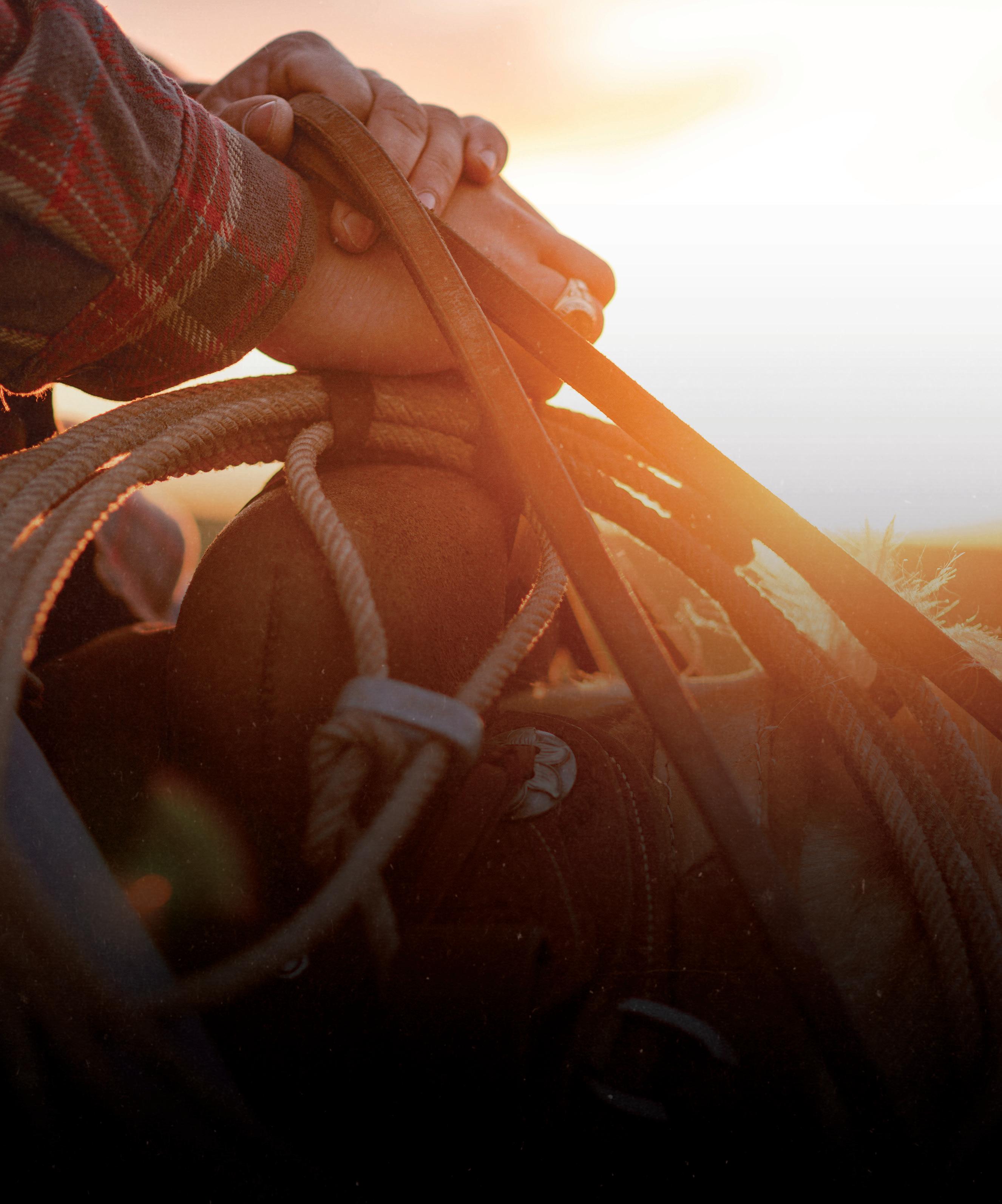

Date of Birth: Jan. 24, 2002
Offense: Forgery
Date of Offense: Jan. 17, 2023
Victim: Anthony Eugene Myers
Location of Offense: Wilbarger County
Trial Date: June 18, 2024
Trial Court: 46th Judicial District Court
Plea: Guilty
Sentence: Three years, state penitentiary, deferred adjudication

Fine: $1,500
Community Service: 100 hours
TSCRA Special Ranger: Jay Foster
Date of Birth: Oct. 18, 2001
Offense: Forgery
Date of Offense: Jan. 17, 2023
Victim: Anthony Eugene Myers
Location of Offense: Wilbarger County
Trial Date: Aug. 16, 2024
Trial Court: 46th Judicial District Court
Plea: Guilty
Sentence: Three years, state jail, deferred adjudication
Fine: $1,500
Community Service: 150 hours
TSCRA Special Ranger: Jay Foster T C









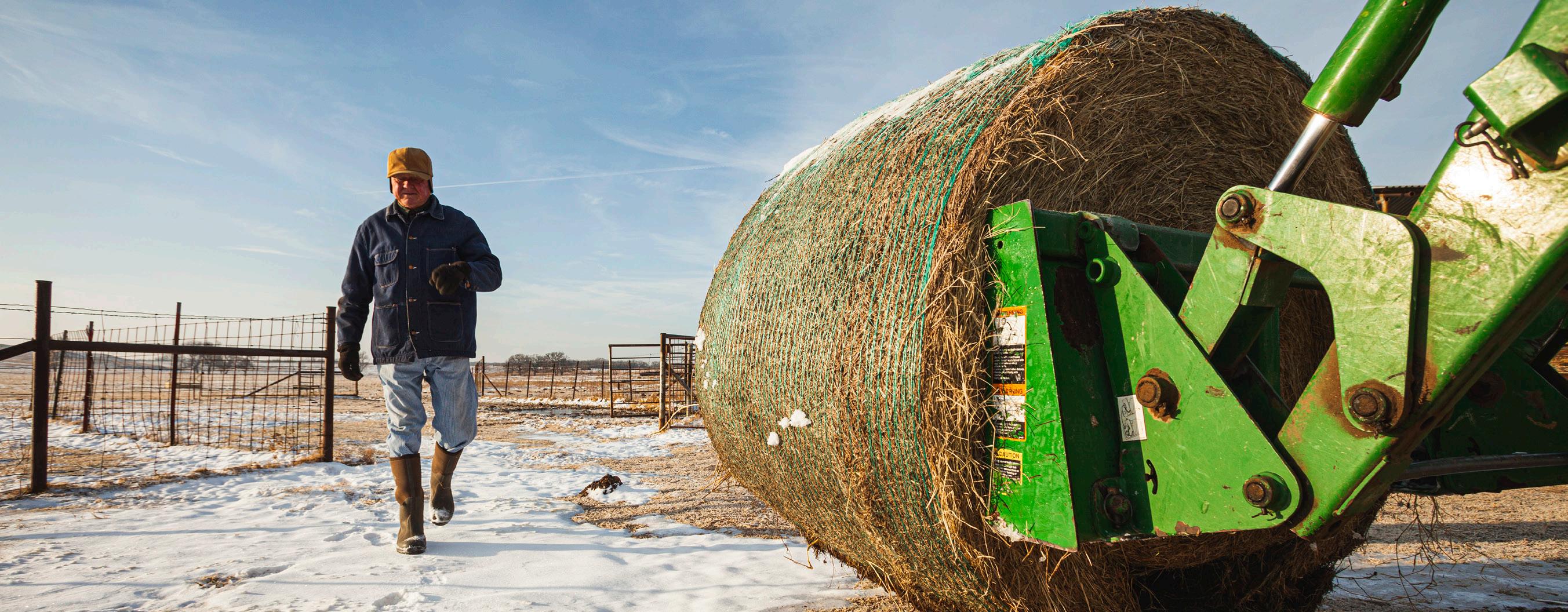
Story by Adam Russell
Photos by Jerod Foster
Hay stocks for winter feeding of the state’s cattle herd are much improved compared to last year, but the early outlook for cool-season grazing has been dampened by drought, according to Texas A&M AgriLife Extension Service experts.
Winter feeding costs are likely to be lower than last year, but the ongoing dry spell across much of Texas has cattle producers cautiously optimistic about sustaining their herds into spring.
Vanessa Corriher-Olson, Ph.D., AgriLife Extension forage specialist in Texas A&M University’s Department of Soil and Crop Sciences, based in Overton, said hay supplies are better than they have been going into the past two winters, but the quality may be an issue.
Many hay-producing areas, especially East Texas, experienced rainy conditions as the first spring cuttings were mature. Soggy conditions delayed many first cuttings and post-harvest fertilizer applications, and some hay may have been rained on before it was baled. Those scenarios all can lead to reductions in hay quality.
“The moisture prevented folks from getting into their fields at the right time to optimize the nutrient value, and if they weren’t able to apply timely fertilizer, that will have an effect on future cuttings,” she said.
“I’ve seen some hay analyses around East Texas, and while it may be adequate for mature dry cows, any heifers, stockers and cows with calves will need additional protein and energy.”
Fortunately, prices for supplemental livestock rations like liquid feed and range cubes have softened some, said Jason Cleere, Ph.D., AgriLife Extension beef cattle specialist in the Department of Animal Science.
For example, a ton of range cubes is about $40 to $60 less per ton than this time last year. The higher hay stocks and lower supplemental feed prices translate into lower costs for ranchers through winter.
“Calf prices are still really high, and most producers aren’t going to spend as much on hay and supplementation, which means the cost-per-day to winter a cow is down,” he said. “That translates into more money in their pocket.”
Fall and winter grazing conditions may be better than last year, but rangelands and pastures are declining due to drought and above-average temperatures, CorriherOlson said.
Declining soil moisture across much of the state is also impacting producers’ ability to establish cool-season annuals like winter wheat, oats and ryegrass.
In recent weeks, AgriLife Extension agents have shared a mixed bag of results for producers who planted winter wheat and other cool-season grasses for fall grazing. Some producers were moving stocker calves to graze on good, established wheat stands.
However, producers were dealing with challenges or continued to wait for rain before planting cool-season forages. Many acres prepared for wheat and oats are still unplanted due to low soil moisture and a poor rain outlook.
On other acres, seeds were dusted in or planted into suboptimal soil moisture resulting in no germination, germinated seeds and poor emergence, or postemergent failure that will require replanting.
Some fields in a few counties that emerged well were devastated by armyworms and will likely need replanting.
Corriher-Olson said producers should still consider the value of winter forages and dry-plant now or be ready to plant before any precipitation.
“I’m not surprised producers are delaying planting winter pasture and questioning whether they are going to plant, but I think it’s still worth the risk to address the hay quality issue for a lot of folks,” she said.
Overall, Cleere said there is more optimism among cattle producers going into this winter than last year. Winter grazing conditions will continue to be a concern
for ranchers until they receive adequate rainfall to support cool-season grass establishment and production.
Ranchers remain cautious when it comes to rebuilding the cow herd due to the dryer conditions they are experiencing, as well as memories of the past two years of serious droughts, he said.
There were 4.65 million beef cattle in Texas in 2019, but the number declined to 4.15 million in January 2024, the lowest point since 1961, after back-to-back years of drought and poor hay and forage production.
David Anderson, Ph.D., AgriLife Extension economist in the Department of Agricultural Economics, said he expects the January 2025 USDA cattle inventory report to show further declines based on the high numbers of heifers going to feedlots and cows going to meat packers.
“It’s certainly a different situation than last year,” Cleere said. “Producers will continue to retain replacement heifers, but it depends on whether they can hold back a number that indicates they are rebuilding.” T C
Adam Russell is a communications coordinator for Texas A&M AgriLife.

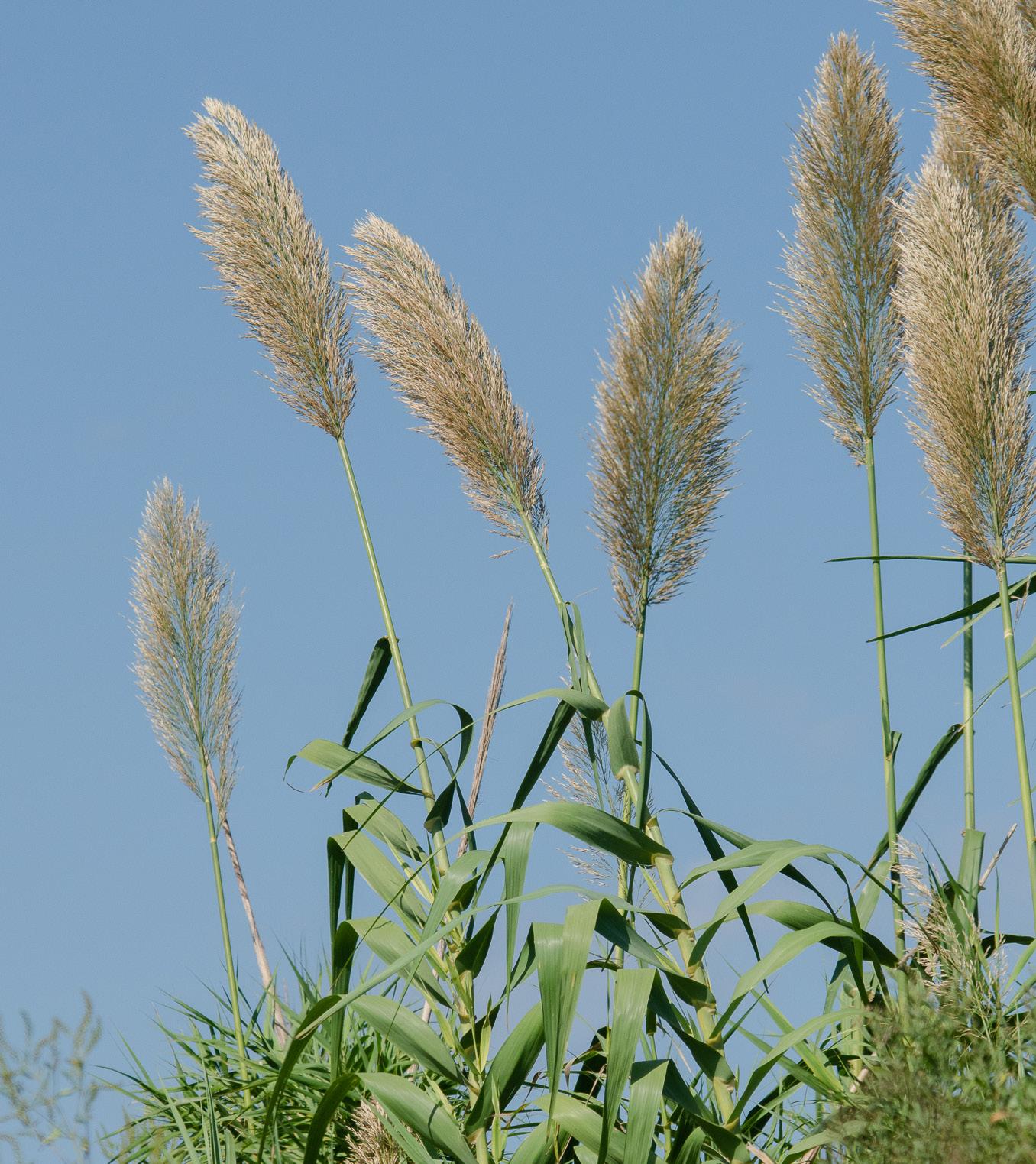
By Kent Ferguson
Photo courtesy of Texas A&M University
Giant reed is a warm-season invasive grass found in the southern half of the U.S.
Native to the Mediterranean region, Giant reed is a species often referred to in the Bible. It was likely imported to the U.S. to be used for erosion control or cattle feed. The strong, rhizomatous grass-like plant:
• Can grow more than 20 feet tall, with hollow unbranched stems more than 2 inches wide. The stems have been used for pipe instruments for 5,000 years.
• Has smooth leaf blades up to 2.5 inches wide and 2 feet long, evenly spaced up the stem and pointed at the tips.
• Blooms with a white-to-buff colored spike, up to 24 inches long, at the tip of the stalk usually between September and November.
• Forms large, dense clumps that grow over time. They are often found in riparian areas, or in out
areas of crop fields and roadsides without any grazing livestock.
• Rarely produces viable seeds from the blooms. Instead, it spreads from rhizomes or broken stalks that come into contact with the soil.
Giant reed is an exceptional plant for stream-bank stabilization. Nutria enjoy it as a food source, but also help spread the plant. Floods can also spread the species.
Because it is grass-like, cattle will graze the plant readily and will, in most cases, keep it under control if given unlimited access.
If it becomes a pest, Giant reed can be controlled with a properly timed herbicide application. T C
Kent Ferguson, a retired rangeland management specialist from the USDA Natural Resources Conservation Service, provides plant identification photo stories to help ranchers


When giving injectable products to cattle, it is important to separate injections from each other by at least the width of an adult hand.
Separating injections allows for more effective absorption and reduced tissue irritation. It also helps prevent products from coming into contact with each other, which could lead to reduced efficacy.
Different products should also be separated horizontally. For example, don’t give a clostridial vaccine and below it administer a reproductive vaccine. If multiple injections of an antibiotic need to be given, it is OK to stack them vertically while still maintaining a hand’s width between injections. T C



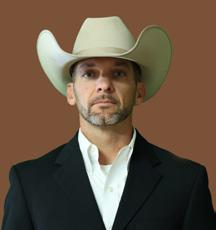
Cactus Feedyard
Matthew Turney, Manager
Cactus, TX
office: (806) 966-5151 cell: (806) 282-7077
Centerfire Feedyard
Adam Gerrond, Manager
Ulysses, KS
office: (620) 356-2010 cell: (806) 390-9034
When Our Folks Drive Through the Gate They Think and Act Like Owners Because They Are Owners - They Have a Vested Interest in the Cattle They Care For
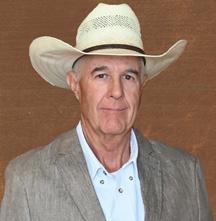


Frontier Feedyard
Jon Vanwey, Manager Spearman, TX office: (806) 882-4251 cell: (719) 251-2381
Stratford Feedyard
Pistol Audrain, Manager
Stratford, TX office: (806) 396-5501 cell: (806) 753-7133
Burlington Feedyard
Logan Hardin, Manager
Burlington, CO office: (719) 346-8532 cell: (620) 575-6702
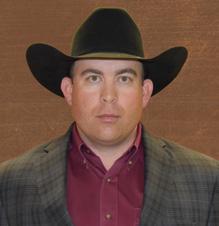
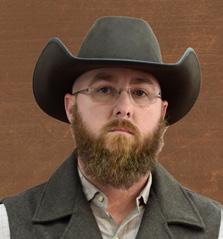

Southwest Feedyard
Kacey Graham, Manager Hereford, TX office: (806) 364-0693 cell: (806) 316-8799
Hale Center Feedyard
Rusty Jackson, Manager
Hale Center, TX
office: (806) 879-2104 cell: (806) 773-9457
Ulysses Feedyard
Adam Gerrond, Manager Ulysses, KS office: (620) 356-1750 cell: (806) 390-9034
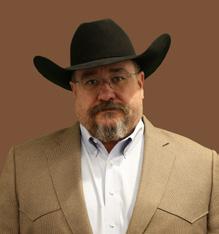



Wolf Creek Feedyard
Keith Brinson, Manager Perryton, TX
office: (806) 435-5697 cell: (806) 282-7588
Wrangler Feedyard
Randy Shields, Manager
Tulia, TX
office: (806) 583-2131 cell: (806) 290-0559
Syracuse Feedyard
Phil Moreman, Manager
Syracuse, KS
office: (620) 384-7431
cell: (806) 340-4790






By Jena McRell
The winter season is Dagan Lynn’s favorite time to cook. The executive chef for National Cattlemen’s Beef Association said there is something special about cooler days, longer evenings and family packed inside the house, ready for a meal.
“Particularly with beef, I love those long, slow-cooking methods whether it’s short ribs, roasts, ribs or oxtail,” said Lynn during a recent TSCRA Talk podcast.
The chef, who was raised on a dairy farm in upstate New York, has spent his career working in foodservice, hotels and resorts. He said he has prepared meals in everything from three-star Michelin restaurants to momand-pop establishments, from Florida to Texas and even Puerto Rico for a time. He joined National Cattlemen’s Beef Association in August 2023.
“Beef just screams tradition,” Lynn said. “Our goal is to help consumers be more comfortable selecting the right beef product for the right menu, educating them on different cuts and cooking techniques using modern cooking methods like the Instant Pot or air fryer.”
As an executive chef, he leads the team at the association’s state-of-the-art culinary center in Denver, Colorado. The test kitchen is a hub of creativity and new product development, as well as a meeting place for culinary professionals to learn more about beef.
Now with nearly 1,000 recipes available on the Beef. It’s What’s for Dinner. website, the team’s work on behalf of the nation’s cattle ranchers continues to gain attention and share beef’s story.
“A lot of our recipes on the website, which is funded by the National Beef Checkoff, are really simple,” Lynn said. “We are looking for that authentic beef dish.”
The unassuming meatloaf, a comfort food for generations, recently sparked debate on the Beef. It’s What’s for Dinner. YouTube channel. Lynn said a how-to video on preparing meatloaf received more than 200 comments debating the type of glaze — ketchup versus barbeque sauce — and various other ingredients.
The comments proved family favorites hold strong.
“Meatloaf brings me back to my childhood, when my mom used to make it,” Lynn said. “We love the interaction that people get when food is so
meaningful, because usually their favorite foods trace back to childhood.”
During their conversation, TSCRA Talk Host Kristen Brown said one of the favorites at her table is an enchilada soup recipe she found from beefitswhatsfordinner.com as a high-school 4-H’er. Her son, whose birthday was in June, requested the hearty soup on his special day — even though it was 100-plus degrees.
Especially in Texas and across the Southwest, Lynn said he recognizes barbecue is king. He has been researching new methods for brisket that include soaking the meat in a brine, then cooking it — rather than placing it right into the smoker. He said experimenting with different flavor profiles can be fun, too.
“Using a similar cooking method, low-and-slow heat with a decent amount of moisture, but layering in flavors from different cultures, like a nice Asian-inspired ginger hoisin sauce,” he said.
That’s the great thing about beef’s versatility, Lynn said, because you can put a fresh spin on traditional cuts that might become a new family favorite.
“It’s never been a better time to be a chef, aspiring chef or home cook because there is so much information out there,” he said. “People are getting more adventurous and trying to seek out that authentic beef dish from wherever it is in the world they want to visit or have visited.”
The holidays bring a chance to pause, give thanks and savor the season’s bounty. Lynn said this includes tipping a hat to those involved in raising high-quality beef. Timeless traditions, including the Christmas prime rib or mini meatballs, are a result of countless hours of dedication on the ranch and in the kitchen.
“I am really grateful for the ranchers who are producing this amazing product that I get all the credit for when I’m cooking for dinner,” Lynn said. “It’s easy to wear the chef jacket for me, but the hard work is really out there in the field and what all the people before have done to make this product so amazing.”
Listen to more of the conversation with Lynn — and other cattle industry perspectives — by subscribing to TSCRA Talk via Apple Podcasts, Google Podcasts, Spotify or Stitcher. T C

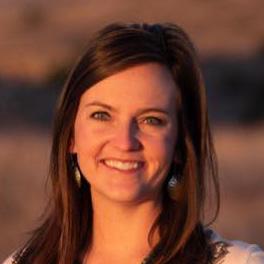

Conceived by rancher and blogger Debbie Lyons-Blythe, this recipe is expertly tested while staying true to those homespun flavors.
KRISTEN BROWN’S PICK TSCRA TALK HOST
Beef’s take on a classic Mexican taco, made in the pressure cooker. Spiced braised beef served in crisped corn tortillas alongside a spicy consomme.
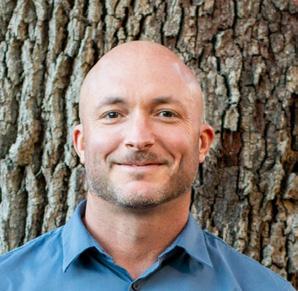
DAGAN LYNN’S PICK
EXECUTIVE CHEF FOR NATIONAL CATTLEMEN’S BEEF ASSOCIATION

Show your friends that you’re an expert in the kitchen. Peppered ribeye roast served with a creamy roasted garlic sauce is nothing but delicious.
• 2 pounds ground beef (93% lean or leaner)
• 2 cans (14-1/2 ounces each) reduced-sodium beef broth
• 1 can (28 ounces) crushed tomatoes
• 1 can (19 ounces) mild enchilada sauce
• 1 can (15 ounces) black beans, drained and rinsed
• 1 can (15 ounces) kidney beans, drained and rinsed
• 1 can (15 ounces) sweet corn, drained
• 1 can (4 ounces) diced green chilies
• 2 packets (1 ounce each) taco seasoning mix
• 8 sliced flour tortillas (1/4-inch strips)
COOK'S TIP: Cooking times are for fresh or thoroughly thawed ground beef. Ground beef should be cooked to an internal temperature of 160°F. Color is not a reliable indicator of ground beef doneness.
• 1 boneless beef chuck arm roast (arm, shoulder, or blade), about 2-1/2 pounds
• 3 dried guajillo chiles, seeds removed
• 1 Spanish onion, diced
• 1 cup crushed tomatoes
• 1 cup low sodium beef broth
• 1/2 cup chipotle peppers in adobo sauce
• 1 tablespoon garlic
• 3 teaspoon chile powder
• 3 teaspoon smoked paprika
• 2 teaspoon Mexican oregano
• 2 teaspoon freshly ground black pepper
• 1/4 teaspoon ground cloves
• 1 bay leaf
• 1 cinnamon stick
• 1 tablespoon olive oil
• 8 corn tortillas
• 3 tablespoons Cotija cheese
1. Heat large nonstick skillet over medium heat until hot. Add ground beef; cook 12 to 15 minutes, breaking into 1/2inch crumbles and stirring occasionally.
2. Transfer beef into 4-1/2 to 5-1/2-quart slow cooker; add all other ingredients. Cover and cook on HIGH 2 hours or LOW 4 hours until flavors are blended. Garnish soup with tortillas, cheese, avocado, sour cream and taco seasoning, as desired.
1. In a 6-quart pressure cooker add in beef chuck arm roast, guajillo chiles, onion, crushed tomatoes, beef broth, chipotle peppers, garlic, chile powder, smoked paprika, oregano, pepper, cloves, bay leaf and cinnamon stick. Close and lock pressure cooker lid. Stew on high-pressure setting for 80 minutes. When timer goes off continue to cook for another 20 minutes to release the pressure naturally. Use quickrelease feature to release any remaining pressure; carefully remove lid.
• 1 beef ribeye roast boneless, small end (4 to 6 pounds)
• 1 tablespoon chopped fresh parsley
• 2 teaspoons coarse grind black pepper
• 2 medium heads garlic
• 2 teaspoons olive oil
• 1 cup reduced-sodium beef broth
• 2 tablespoons dry sherry
• 1/2 cup half-and-half
• 1/4 teaspoon salt
• Chopped fresh parsley (optional)
1. Preheat oven to 350°F. Combine 1 TBS parsley and pepper in small bowl. Press evenly onto all surfaces of beef roast.
2. Place roast, fat side up, in shallow roasting pan. Insert ovenproof meat thermometer so tip is centered in thickest part of beef, not resting in fat. Do not add water or cover. Cut about 1/4 inch off top of each garlic head, exposing cloves. Remove outer skin, leaving head intact. Place in center of 12-inch square heavy-duty aluminum foil; drizzle each with 1 tsp oil. Bring two opposite sides of foil over garlic; seal with double fold. Fold in open ends to seal. Place alongside roast in pan. Roast beef in 350°F oven 1-3/4 to 2 hours for medium rare; 2 to 2-1/4 for medium doneness. Roast garlic 1-1/4 to 1-1/2 hours or until very soft and golden brown; set aside.
2. Remove roast and set aside; remove chiles, bay leaf and cinnamon stick; discard. Shred the roast and remove any unwanted fat.
3. Heat non-stick skillet over medium-high heat; add olive oil. Dip both sides of the tortilla into the top of the braising liquid and add it to the skillet. Pan fry on one side for 30 seconds to 1 minute and then flip over. Add some of the shredded beef and cheese. Fold over and cook until pan-fried on both sides, about 1 to 2 minutes. Serve alongside a small cup of braising liquid for dipping.
3. Remove roast when meat thermometer registers 135°F for medium rare; 145°F for medium. Transfer roast to carving board; tent loosely with aluminum foil. Let stand 15 to 20 minutes. (Temperature will continue to rise about 10°-15°F to reach 145°F for medium rare; 160°F for medium.)
4. Squeeze garlic cloves from skins into small bowl; mash with back of spoon. Combine garlic, broth and sherry in medium saucepan; bring to boil. Cook 10 to 11 minutes or until reduced by half. Add half-and-half; reduce heat and bring to a gentle boil. Continue cooking 4 to 6 minutes or until sauce is reduced to 1 cup, stirring occasionally. Keep warm.
5. Carve roast into slices; serve with sauce. Garnish with parsley, as desired.

As an exclusive TSCRA member-benefit, access the FWSSR grounds for free all-season long with speciallydesigned commemorative pins. Pins are limited and restricted to two per member. If pins run out, enjoy the grounds passes. FWSSR with free grounds passes. Deadline Dec. 16.
Michelob Ultra roadhoUse at dickies arena 5-7 PM
SATURDAY, JANUARY 18
Come enjoy an open bar & hors d’oeuvres with cattle raisers and pick up your FWSSR Commerative Pins. & JAN. 17 JAN. 17 FEB. 8 FEB. 8
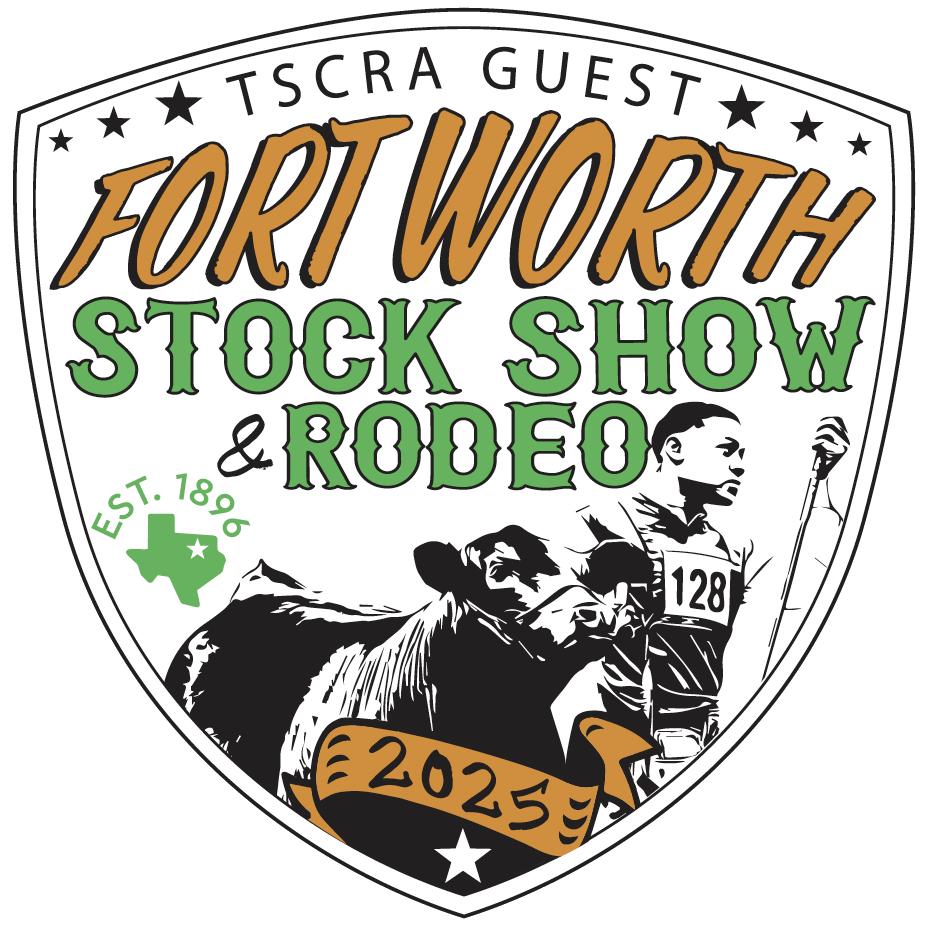
2025 FWSSR COMMERATIVE PIN.


GET YOUR PINS GET YOUR TICKET $50 online or at the door.
Deadline Dec.16.
TSCRA Director Hunter Crow shares his journey in the cattle business.
By Shelby Kirton
Growing up in Dallas, Hunter Crow spent time working on his family’s stocker operation across Parmer, Palo Pinto and Hunt counties. His handson experience wasn’t all that shaped him — it was his business-focused mindset that ultimately opened doors.
“I’ve kind of always been around it on the fringe,” Crow says. His involvement in ranching became more formalized when he pursued a degree in finance at Texas Christian University and completed the ranch management program.
The 9-month program allowed Crow to immerse himself into the business of ranching, exploring various livestock operations with differing business models. This introduction to business opened doors for Crow, whose family ties set a path for his future career.
“When I was in high school, my dad started partnering with Jason Harlow, who I work for now, running stocker cattle on wheat pasture,” he says.
After graduating from Texas Christian University in 2017, Crow joined Harlow Cattle Company. The business brokers feeder cattle and calves, operates a feedyard in Lebanon, Kansas, and turns out stocker cattle.
Crow serves as the vice president of procurement and helps coordinate all aspects of the operation, including the daily tasks of brokering and managing cattle. His role demands agility — negotiating prices, managing deliveries and constantly communicating with ranchers and feedyards to ensure things run smoothly.
Crow’s immersion in the industry has also led to his active involvement with the Texas & Southwestern Cattle Raisers Association.
“Jason was on the board and kept bringing me along to different events,” Crow says. “At first I was just tagging along, but over time, I felt a real urge to participate. What began as attending a few gatherings quickly turned into joining a committee and getting fully involved.”
Crow started by serving on the animal health and well-being committee and then he participated in the Young Leadership Series. He was elected to the board of directors in 2022 and currently serves on the membership development committee.

Crow is quick to point out the wealth of education and networking opportunities the association provides.
“The relationships, especially in our business, are invaluable,” he says, adding that the connections he’s made with fellow members are just as important as the knowledge gained from conventions and events.
“We’re cattle traders, and the number of TSCRA members we do business with is incredible,” he adds.
But it’s not solely business. Crow says he is passionate about the broader mission of educating others about ranching. He has had a front-row seat to the growing disconnect between urban populations and agriculture, a trend he’s eager to help reverse.
“More generations are being removed from agriculture, and the lack of understanding about what we do is skewed,” he says, ranking it among the industry’s biggest challenges.
Looking to the future, Crow’s hopes are rooted in preserving the industry’s values and heritage. “Most of our business is done by a handshake, and I hope that stays the same,” he says.
As a new father to Henry Crockett, born in July with his wife, Cameron, Crow is already thinking about the next generation.
Crow believes his hopes for his son reflect a broader industry vision: that the core values of integrity, hard work and honor remain the foundation of ranching, no matter how much the world changes around it. T C










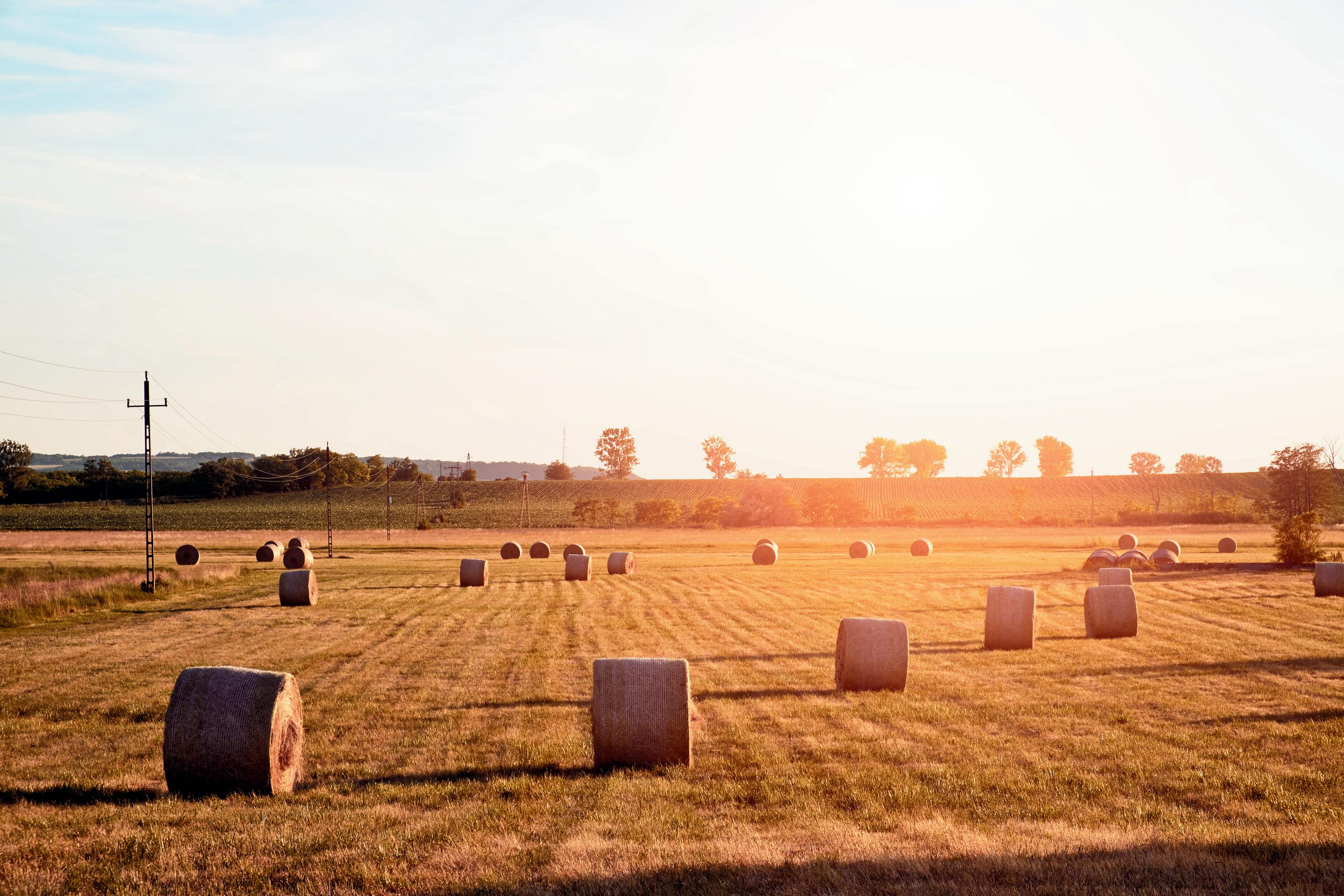


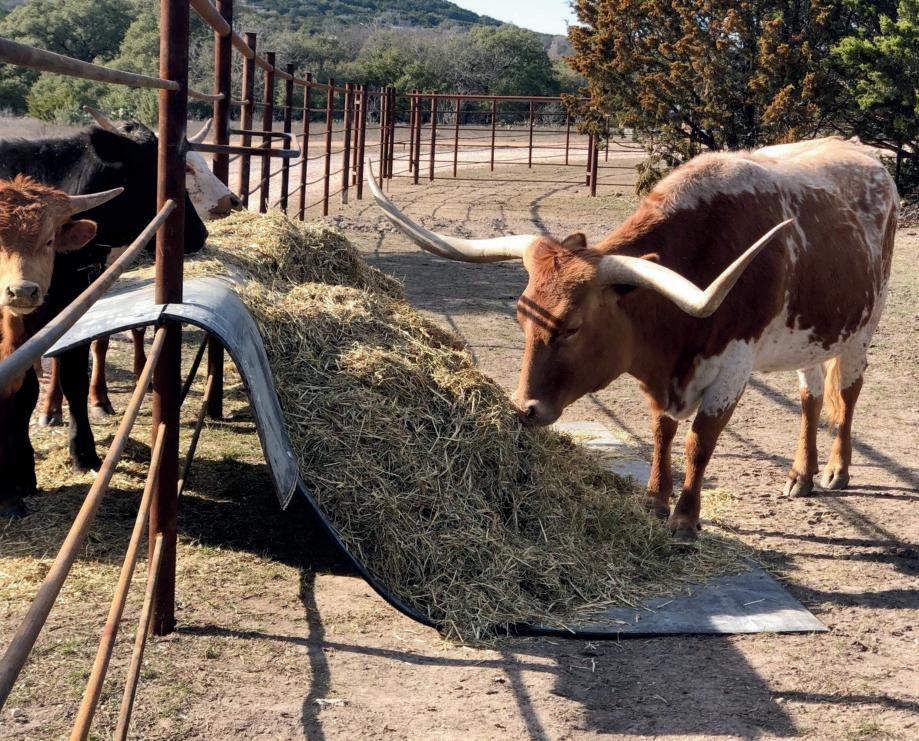




CARL RAY POLK JR. President P.O. Box 155108 Lufkin, Texas 75915

STEPHEN DIEBEL
First Vice President 3907 Salem Rd. Victoria, Texas 77904
John M. “Jack” Shelton III Amarillo, 1984-1986
James L. Powell San Angelo, 1988-1990
Tom Beard Alpine, 1994-1995
C. Coney Burgess Amarillo, 1997-1999
J. Mark McLaughlin San Angelo, 1999-2001
John E. Dudley Comanche, 2001-2003
Bob McCan Victoria, 2003-2005
C.R. “Dick” Sherron, MD Beaumont, 2005-2007
Jon Means Van Horn, 2007-2009
G. Dave Scott Richmond, 2009-2011
Joe J. Parker Jr. Byers, 2011-2013
Pete Bonds Saginaw, 2013-2016
Richard Thorpe III, MD Winters, 2016-2018
Robert E. McKnight Jr. Fort Davis, 2018-2020
G. Hughes Abell Austin, 2020-2022
Arthur G. Uhl III San Antonio, 2022-2024
Jack Hunt San Juan Capistrano, California
Richard Wortham Austin
P.O. Box 101988 Fort Worth, Texas 76185 817-332-7064 • 800-242-7820
Jason Skaggs Executive Vice President/ Chief Executive Officer
Jaclyn Roberts Parrish Executive Director, Communications & Marketing

DAN GATTIS
Second Vice President and Secretary/Treasurer 213B W. 8th St. Georgetown, Texas 78626
Emily Lochner Executive Director, Leadership Development & Education
Grace Dunham Executive Director, Events & Partnerships
Megan Wills Executive Director, Finance & Human Resources
Michele Woodham Executive Director, Insurance Services
Scott Williamson Executive Director, Law Enforcement, Brand & Inspection Services
Lisa Walker Executive Director, Membership & Operations
919 Congress Ave., Suite 750 Austin, Texas 78701 512-469-0171
Melissa Hamilton Executive Director, Government Relations

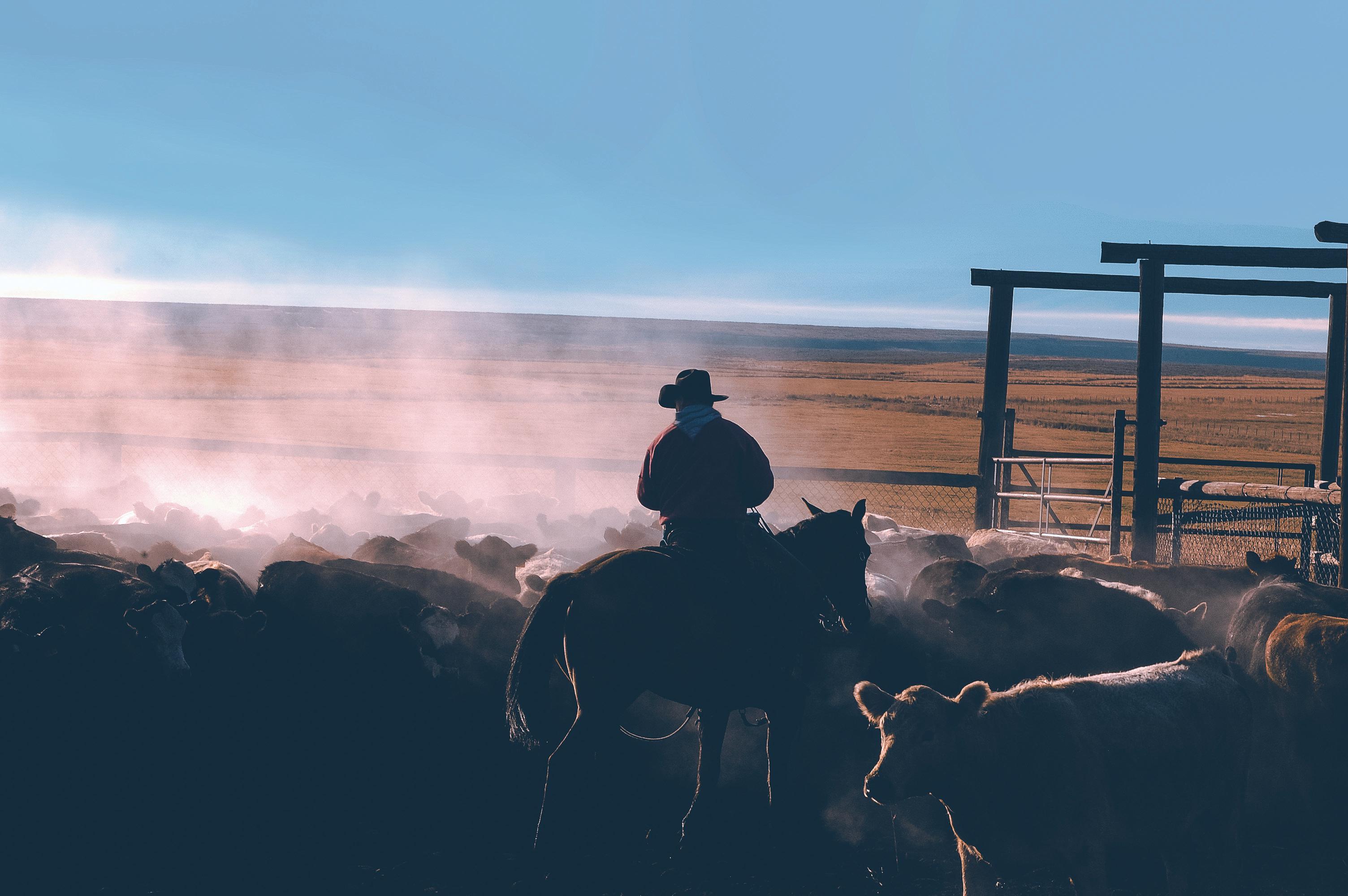

Joe M. “Jody” Bellah, Throckmorton
Blake Birdwell, Canyon
E. S. F. “Swasey” Brainard II, Pampa
J. K. “Rooter” Brite Jr., Bowie
Donnell Brown, Throckmorton
Campbell Burgess, Amarillo
Deborah Clark, Henrietta
Lynn Cowden, Skellytown
J. B. Daniel, Crowell
James Henderson, Memphis
Clayton Henry, Wichita Falls
Brooks Hodges, Guthrie
Joe Leathers, Guthrie
Frank McLelland, Tahoka
Jeff Mitchell, Amarillo
Gage Moorhouse, Benjamin
Diaz W. Murray, Wichita Falls
J. Malcolm Shelton IV, Amarillo
Dale A. Smith, Amarillo
Jim Thompson, Breckenridge
Ross Thompson, Iowa Park
Wesley Welch, Lubbock
HONORARY DIRECTORS
William M. “Buck” Arrington, Pampa Van Baize, Nocona
Emry Birdwell Jr., Henrietta
Mary Lou Bradley-Henderson, Childress
R. A. “Rob” Brown Jr., Throckmorton
J.D. Cage, Muleshoe
Jay C. Evans, Dripping Springs
Mike Gibson, Paducah
Ronald J. “Ron” Gill, Chico
Robert B. Mansfield, Amarillo
Tom Moorhouse, Benjamin
Boots O’Neal, Guthrie
James Palmer, Roaring Springs
Wilson Scaling, Henrietta
Chris Scharbauer, Amarillo
Tom Watson, Muleshoe
John Welch, Wolfforth
A. B. “Buck” Wharton III, Vernon
Tom Woodward, Decatur
DIRECTORS
Kevin Busher, Winters
Charles M. “Charley” Christensen Jr., San Angelo
C.A. “Chili” Cole IV, San Angelo
Alan F. Curry, San Angelo
James H. Dudley IV, Horseshoe Bay
Amanda Dyer, Fort Davis
Johnny Ferguson, Big Lake
DA Harral, Fort Stockton
Ron Helm, Van Horn
Heath Hemphill, Coleman
Shelby W. Horn, Fredericksburg
Larry R. Horwood, Sterling City
Grant Jones, Rochelle
Mark W. Jones, Brady
W. Clay Jones, Brady
Ty Keeling, Boerne
Lorenzo Lasater, San Angelo
Brian T. McLaughlin, Midland
David L. Neal, San Angelo
Gerald Nobles Jr., Brady
James Oliver, Ozona
Wade Perks, San Angelo
Jessica Tate, Marfa
James Uhl, Fort McKavett
Cody Webb, Barnhart
Ken Welch, Baird
Ray W. Willoughby III, Eldorado
HONORARY DIRECTORS
C. A. “Chip” Cole III, San Angelo
William C. “Billito” Donnell Jr., Alpine
Richard Gates, Marfa
W. H. “Billy” Green III, Albany
Rafe Hargrove, Rotan
Dr. Joe Pat Hemphill, Coleman
Ken Jordan, San Saba
Don Keeling, Fredericksburg
Chris Lacy, Fort Davis
Laurence M. Lasater, San Angelo
Ben Love, Marathon
Len P. Mertz, San Angelo
Tom Perini, Buffalo Gap
Bill Phinizy, Gail
Frank Price, Sterling City
Gordon E. Sauer, Fredericksburg
Danny B. Stewart, Sterling City
Rick Tate, Marfa
Cliff Teinert, Albany
Dennis W. Webb, Barnhart
W. C. “Billy” Williams, Mertzon
Ford Drummond, Pawhuska, Oklahoma
HONORARY DIRECTORS
Les Nunn, Pauls Valley, Oklahoma
DIRECTORS
Edward Bordovsky Jr., Riviera
Austin Brown III, Beeville
W. Christopher Bush, Refugio
James Clement lll, Kingsville
David S. Crow, Corpus Christi
Dustin Dean, Floresville
David DeLaney, Kingsville
Robert “Bobby” Dobson, Birmingham, Alabama
James L. “Jamie” Donnell Jr., Fowlerton
J. David Eppright, Cost
Benjamin Eshleman III, Corpus Christi
Joseph B.C. Fitzsimons, Carrizo Springs
Cody Fry, Lueders
Jim L. Gates, Pearsall
Milton S. Greeson Jr., Victoria
Bret Griffith, Del Rio
Heath Grigg, Kingsville
Marty R. Harris, Tilden
Anson Howard, San Antonio
Leslie Kinsel, Cotulla
Claude Koontz, San Antonio
Steven J. Mafrige, Tilden
Richard Marbach, Victoria
Beth Knolle Naiser, Sandia
Federico “Freddy” Nieto, Raymondville
T. Michael O’Connor, Victoria
Jason Peeler, Floresville
J.R. Ramirez, La Pryor
Gilly Riojas, Corpus Christi
Michael Sasser, Corpus Christi
Lew Thompson, Pearsall
C. Clark Welder, Beeville
John E. Zacek, Victoria
HONORARY DIRECTORS
Steve G. Beever, Pearsall
Richard H. Bennett, San Antonio
Chip Briscoe, Carrizo Springs
Presnall Cage, Falfurrias
Martin W. Clement II, Kingsville
Thurman S. Clements Jr., Victoria
Nixon Dillard, Pleasanton
Trainor Evans, Mercedes
Thomas J. “Tommy” Haegelin, Concan
Phillip C. Hardee, DMD, Beatrice, Alabama
Allen C. “Dick” Jones IV, Corpus Christi
David W. Killam, Laredo
Dan W. Kinsel III, Cotulla
Steve C. Lewis, San Antonio
Jim McAdams, Seguin
James A. McAllen, Linn
Tim Pennell, Westhoff
Jim Peters, Quemado
Scott Petty Jr., San Antonio
Tom Risinger, Weslaco
M. Stuart Sasser, Corpus Christi
Frates Seeligson Jr., San Antonio
Richard Traylor, Batesville
Roger F. Welder, Victoria
David W. Winters, Del Rio
DIRECTORS
Bill Cawley, Crockett
Wayne Cockrell, College Station
Herff Cornelius Jr., Wadsworth
Carlos Detering III, Houston
Gardner H. Dudley, Houston
Lloyd French IV, Houston
Kelley Sullivan Georgiades, College Station
George Harrison, Bay City
Robert Hodgen, Houston
Colt Hoffmann, Marlin
Clay Kenley, Crockett
Clive Runnells III, Austin
John Sumner Runnells III, Bay City
Tony Spears, Rosanky
John “Rocky” Sullivan, Galveston
Claudia Scott Wright, Richmond
Jay C. Evans, Dripping Springs
Leroy Ezer, Anahuac
Frank Green, Liberty
Tom J. Haynie, Navasota
Coleman H. Locke, Hungerford
Katharine Armstrong Love, Austin
Richard M. Lucas Jr., Houston
William “Alan” McNeill, Beaumont
Evalyn Moore, Richmond
Raymond E. Moore IV, Richmond
Rick Peebles, Baytown
Gary Price, Blooming Grove
Gordon Richardson, Caldwell
Charles R. “Butch” Robinson, Navasota
Nolan Ryan, Round Rock
Ed Small, Austin
Guy F. Stovall Jr., El Campo
Gerald Sullivan, Galveston
John L. Sullivan, Galveston
Robert J. Underbrink, Houston
Beau Brite White, Rosanky
M.R. “Mike” Wertz, DVM, Brenham
April Bonds, Saginaw
Missy Bonds, Saginaw
John L. Cantrell, Cresson
Ian Chapman, Madill, Oklahoma
Hunter Crow, Dallas
James T. Dangelmayr, Muenster
Seth Denbow, Weatherford
Crawford Edwards, Fort Worth
John Greer, Henrietta
Jason Harlow, Dallas
Pete Hudgins, Sherman
Tom Johnson, Wortham
Ken Leiber, Fort Worth
Stefan Marchman, Fort Worth
William H. McCall, Fort Worth
Dan Nance, Haslet
Susan Roach, Fort Worth
Stephen S. “Steve” Sikes, Fort Worth
Bragg Smith III, Dallas
Curtis A. Younts Jr., Belton
HONORARY DIRECTORS
Bradford S. “Brad” Barnes, Fort Worth
George Beggs IV, Fort Worth
John W. Carpenter III, Dallas
Barrett D. Clark, Breckenridge
Markham B. Dossett, Waco
Bob Drake, Davis, Oklahoma
James H. “Jim” Dudley, Comanche
John Z. Kimberlin Jr., Dallas
James E. “Jim” Link, Crowley
Jon David Mayfield, Dublin
C. H. “Terry” McCall, Comanche
Bob Moorhouse, Weatherford
Russell “Rusty” Noble, Ardmore, Oklahoma
Mary Joe Reynolds-Montgomery, Fort Worth
Tom L. Roach III, Bozeman, Montana
Stephen T. “Steve” Swenson, Dallas
Frederick “Bart” Wulff Sr., Dallas



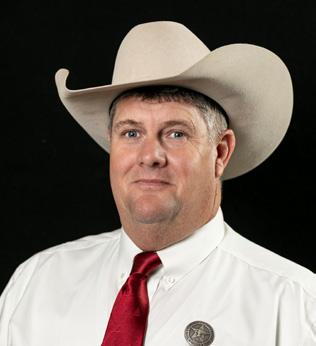
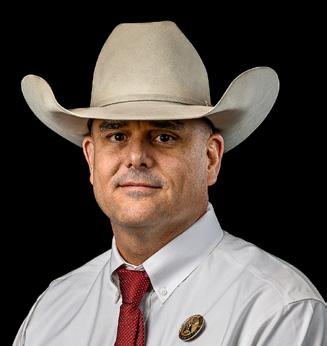




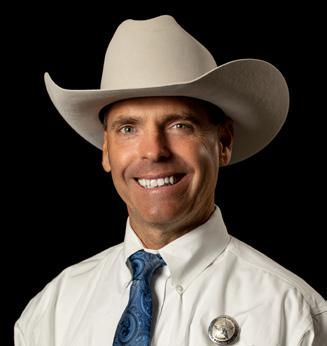


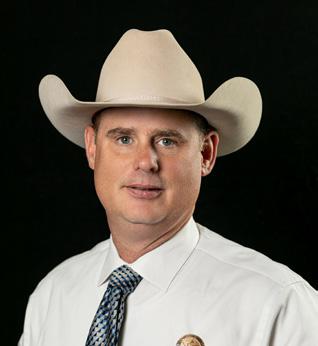




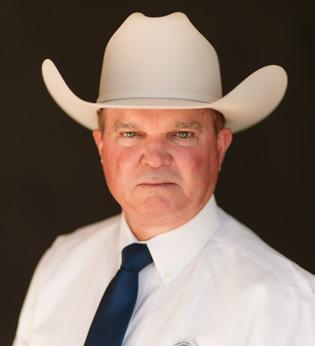



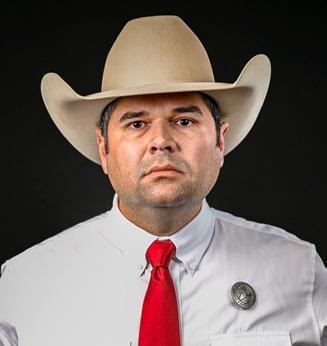



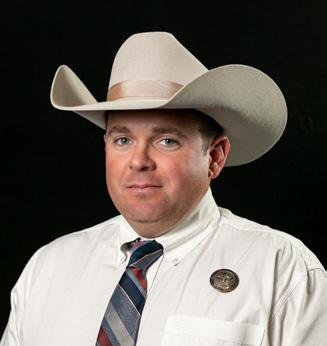


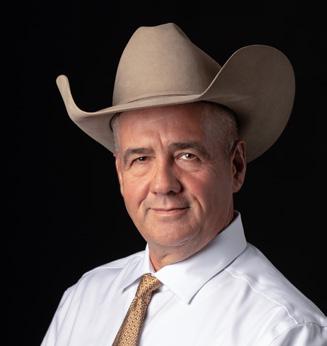
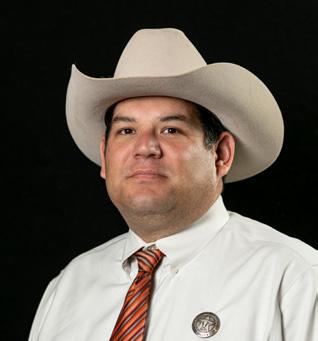

3C Cattle Co.
Abbott
4 Molls Ranch
Llano
4B Cattle Co.
Wall
5F Ranch Lovington, New Mexico
8UP Operations LLC Liberty
Jody Adams Paducah
Parker Alexander Frisco
APA Cattle Co. Midlothian
Jett Arbuckle Lovelady
Bar HF Muldrow, Oklahoma
Bar W Ranch Houston
Barkman Farms Texarkana
Jeff Barton Clyde
Judith Becker Stephenville
Ubaldo Beltran Jr. Silverton
Michelle Bergeron Gardendale
Bliss Bessire Lubbock
Big #00 Ranch Mount Vernon
Blankenship Farms Ringling, Oklahoma
Blaschke Farms Shiner
Broken K Bar Beefmasters Bryan
Brooks & Grimes Ranch (B&G Ranch) Odessa
Mark Bryant Saint Jo
Susan Buhrkuhl Amarillo
Bull & Bear Cattle Co. Pilot Point
Scott & Michele Burgess Lufkin
CCCC Millsap
Justin Childre Marlin
Circle J Farm Bells
Clayton Henderson Cattle Olney
Cole Ranch Rockwall
Cooper Farms Winters
Copano Cattle Sinton
Crazy M Ranch Lone Oak
CrossW Ranch Hubbard
D&P Joint Venture Palacios
D6 Longhorn Ranch Paradise
Shaun Davis Thornton
DeAtley Family Houston
Brance Dial Groveton
Logan Dickey Beaumont
Dotson Ranch Marshall
DS Ranch Huffman
Kaleena Dudek Bryan
Dueck Farms Koone
Elkins Ranch Junction
English’s Diamond E Ranch Land & Cattle Belton
Estel Farms Boyd
Evans Ranch Frisco
Feltner Grange Bedias
Flying G Ranch Fredericksburg
Foster Ranch Llano
Gibson Family Ranch Bard, New Mexico
Scott Giles China Spring
GrabAGear Inc. Strawn
Nicole Greer College Station
Grote Ranch Show Goats Johnson City
Valentina Guardiola Eagle Pass
Nick Gustin Amarillo
Larry Hand Chandler
Havrda Ranch Harwood
Rowdy Hays Lacoste
Henderson Red Angus Seymour
Abigail Henry Pleasanton
Wade Hoffman Nada
Holt Ranch Richmond
JD Farms Brookshire
John M. Culpepper Farms Tyler
Madison Jonas Deer Park


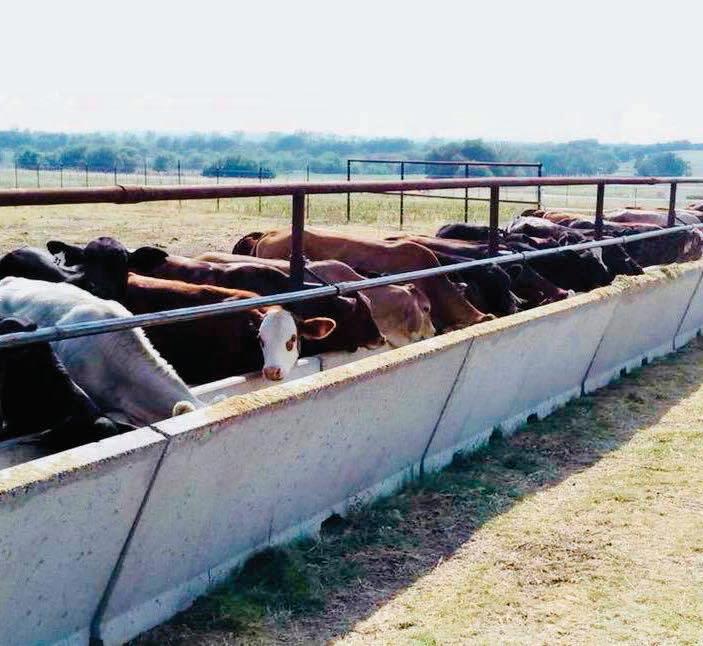

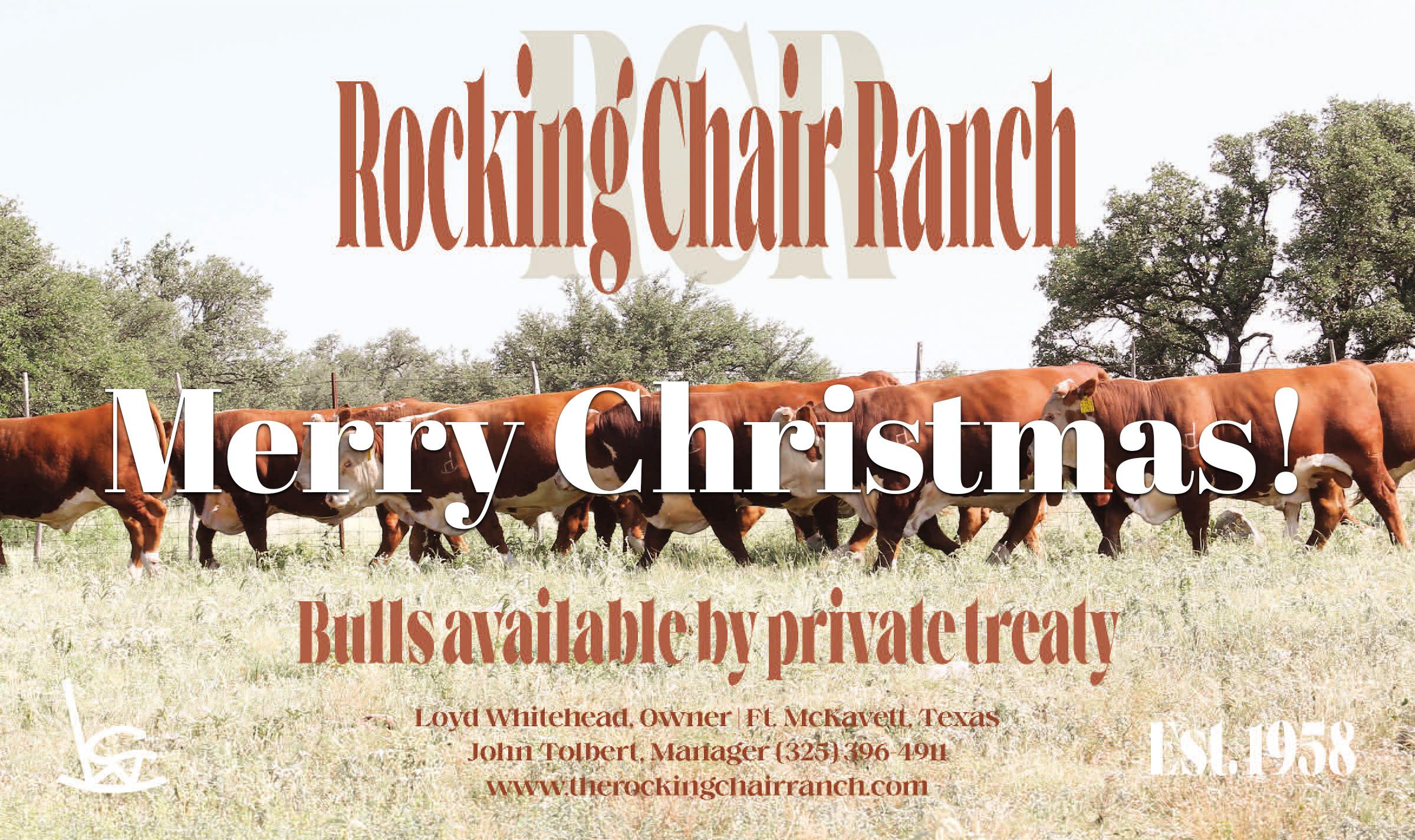
JT Felty Ranch La Vernia
JTB Ranch Garvin, Oklahoma
K Lazy S Ranch Sulphur Springs
Sonny Kaiser Tomball
KAS Ranch Woodson
Kayla Kembro Trinity
Lea Kluck Marlin
Kneip Ranch Victoria
Christopher Krampitz Chanhassen, Minnesota
La Hacienda T-Rod Longhorns Terrell
Lake Creek Ranch San Antonio
Lake Valley Angus Brashe
Land Ranch Junction
Lavaca Cattle Co. Hallettsville
Lazy 2 Land & Cattle Lubbock
Bayleigh Leathers Gruver
Lightfoot Ranch Moody
Little Place Land & Cattle Bryan
Luke Steelman Farms Bovina
M&M Cattle & Poultry Yoakum
Lisa Martin Cuero
Tyler Martin White Deer
Tim McDonald Lufkin
Elisha McKay Buda
Carl Metcalf Lexington MGM Cattle/Circle M Cattle Troup
Milk River Henrietta
Morgan - Doty Farms Mt. Calm
Robert Lee Murphy Jr. Kingsville
Scott Neal Bastrop
Joey Norman Henderson
Oak Cliff Bee Co. Dallas
Robert Ogden Winnie
Old Fordtran Ranch New Ulm
Palmetto Creek Ranch The Woodlands
Jeff Parent Clifton
Zach Patterson Llano
Eli Peterson San Angelo
Mesa Pittman Collinsville
Post Oak Ranch Saltillo
Elizabeth High Poston San Antonio
Richard Puig Fredericksburg
Quail Hill Ranch Hebbronville
R&R Cattle Co. Jones, Oklahoma
R&G Land & Cattle Lubbock
Ramsey Ranch El Campo
Ranch Hand Analytics LLC Hearne
Bryan Ray Quapaw, Oklahoma Relleoz LLC Boerne
David Riggs Sulphur Springs
Patrick Ritz Lubbock
Robinson Ranches Canyon
Rockin M Ranch Llano
Rockin P Ranch Okemah, Oklahoma
Rockin’ S Bucking Bulls Granbury
Rocking V Angus Ranch Sulphur Springs
Rocky Top Grazing Gatesville
Roeder Ranch Amarillo
Rollins Family Sulphur Springs
Romanick Ranches Fredericksburg
S&S Cattle Co. Edinburg
S B Farms Seguin
Robert Sampson Whitehouse
Tosca Tate Sanders Iowa Park
Rowdy Sandoval La Feria
Sandoval Farm & Ranch Progreso
Santa Rita Ranch Beaufort, South Carolina
Sauceda Cattle New Waverly
Randi Sebolt Paris
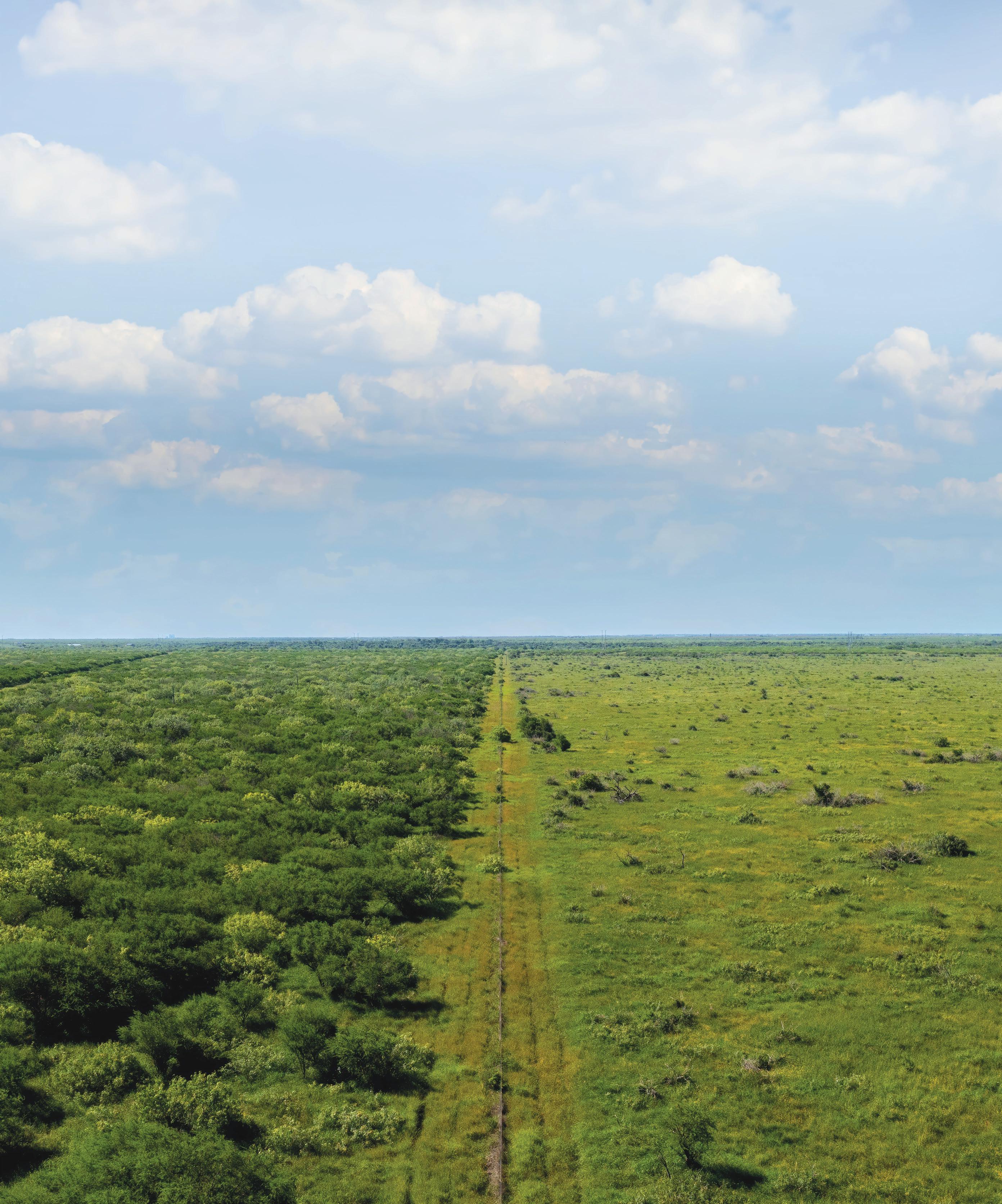
Five years of huisache and mesquite control — guaranteed.
The days of applying the same old chemical treatment over and over again are history. Backed by a decade of research and in-field trials, Invora® herbicide is redefining the meaning of long-lasting control with a game-changing guarantee, powered by the precision of RangeView™. So you can stop invasive species in their tracks, restore native vegetation and protect your land’s legacy for the long haul.
Shining C Ranch Point
Sieker Ranch & Cattle Co.
Houston
Simmons Charolais Rising Star
Slate Group Lubbock
Kennon Smart Abilene
Dustin Speis Woodsboro
TRB Ranch Fredericksburg
Triple J Ranch Houston
Brooklyn Tullis Abernathy
Vegetarian Cattle Co. Fort Worth
Campbell Wagner Austin
Warbonnet Ranch Corsicana
Connie Ward Lexington
Beidler Weiss Jourdanton
Westline Ranch Whitesboro
White Rock Livestock LLC Ackerly
Wirenut Ranch New Waverly
Wottlin Ranch Richards
Wright Cattle Shamrock









Offering some very fancy, functional foundation Angus females!

February 8, 2025 at the ranch east of Estelline, Texas
Angus Bulls
Charolais Bulls 60+ Elite Angus Females



RANCH RAISED. PERFORMANCE SELECTED.
James Henderson • (940) 585-6171, cell
Mary Lou Bradley-Henderson • (940) 585-6471, cell
John Gardner • (806) 777-2799, cell
Minnie Lou Bradley

• Large offering of 16-18 month old Registered Bulls.
• Fertility tested bulls selling with 1st season breeding guarantee.
• All cattle being offered in sale, have been DNA tested, for parentage and genomic value.
• Total bull purchases over $10,000 delivered free to central location, no delivery will cost more than $250 per bull.
• Buying made easy, sight unseen guarantee, leave a bid, buy over the phone through Superior Livestock.
• 60+ years of time tested cattle program, proven ranch to rail results.
Elkhart Horse Auction
Where: Elkhart
Phone: 903-764-1495
Sale Day: Saturday
Contact: Tiffany Patterson, 903-388-7288
Atascosa Livestock Exchange
Where: Pleasanton
Phone: 830-281-2516
Sale Day: Tuesday Contact: Marvin Bendele, 210-213-5890
Four County Auction
Where: Industry
Phone: 979-357-2545
Sale Day: Tuesday
Contact: Lisa Sebastian, 979-270-3041
BAILEY
Muleshoe Livestock Auction
Where: Muleshoe
Phone: 806-272-4201
Sale Day: Friday
Contact: Leo Aviles, 956-437-3899
BEE
Beeville Livestock Comm.
Where: Beeville
Phone: 361-358-1727
Sale Day: Friday
Contact: Robert Bridge, 361-542-6693
Meridian L/S Comm. Co.
Where: Meridian Phone: 254-435-2988
Sale Day: Monday
Contact: Larry Brown, 254-265-1920
Clifton Livestock Comm. LLC
Where: Clifton Phone: 254-675-7717
Sale Day: Wednesday
Contact: Larry Brown, 254-265-1920
BOWIE
J & J Livestock Auction
Where: Texarkana Phone: 903-832-3576
Sale Day: Saturday
Contact: Cheri Beal, 903-280-4554
BRAZOS
Brazos Valley Livestock Comm.
Where: Bryan Phone: 979-778-0904
Sale Day: Tuesday
Contact: Nina Nygard, 512-281-6753
Caldwell Livestock Comm.
Where: Caldwell Phone: 979-567-4119
Sale Day: Wednesday
Contact: Mark Nygard, 512-281-6330
Lockhart Auction Where: Lockhart Phone: 512-398-3476
Sale Day: Thursday
Contact: Nina Nygard, 512-281-6753
Bruce Overstreet Livestock
Where: Pittsburg
Phone: 903-856-3440
Sale Day: Monday
Contact: Michelle Willeford, 903-767-0670
Tri County Livestock Market
Where: New Summerfield
Phone: 903-322-4940
Sale Day: Saturday
Contact: Jerry Boulware, 936-465-1597
Coleman Livestock Auction
Where: Coleman Phone: 325-625-4191
Sale Day: Wednesday
Contact: Dave Williams, 325-669-2030
Cattleman’s Columbus Livestock Auction
Where: Columbus Phone: 979-732-2622
Sale Day: Wednesday
Contact: Lisa Sebastian, 979-270-1228
Comanche Livestock Exchange
Where: Comanche Phone: 325-356-5231
Sale Day: Saturday
Contact: Michael Davis, 254-879-3121
The New Gainesville Livestock Auction
Where: Gainesville
Phone: 940-665-4367
Sale Day: Friday
Contact: Robin Gibbs, 903-227-0791
Coryell County Comm.
Where: Gatesville Phone: 254-865-9121
Sale Day: Wednesday
Contact: Ray Davis, 254-718-5512
Cattleman’s Livestock Comm.
Where: Dalhart
Phone: 806-249-5505
Sale Day: Thursday
Contact: Clifton Miller, 806-570-7439
Hereford Livestock Auction
Where: Hereford Phone: 806-240-3082
Sale Day: Tuesday
Contact: Joe Bob Via, 806-452-9280
Cuero Livestock Comm. Where: Cuero Phone: 361-275-2329
Sale Day: Friday
Contact: Kaylee Malatek, 979-942-0323
Texas Cattle Exchange
Where: Eastland Phone: 254-629-2288
Sale Day: Tuesday Contact: Ronnie Ober, 817-371-7071
Dublin Livestock Auction
Where: Dublin Phone: 254-445-1734
Sale Day: Friday Contact: Ronnie Ober, 817-371-7071
Erath County Dairy Sale
Where: Dublin Phone: 254-968-7253
Sale Day: Friday Contact: Bob McBryde, 940-859-6217
Stephenville Cattle Co. Where: Stephenville Phone: 254-968-4844
Sale Day: Wednesday Contact: Bob McBryde, 940-859-6217
Flatonia Livestock Comm.
Where: Flatonia Phone: 361-865-3538
Sale Day: Monday Contact: Vance Weltner, 210-473-9099
Schulenburg Livestock Auction Where: Schulenburg Phone: 979-743-6566
Sale Day: Saturday Contact: Vance Weltner, 210-473-9099
Floydada Livestock Sales
Where: Floydada Phone: 806-983-2153
Sale Day: Wednesday Contact: JE Stone, 806-777-4396
Pearsall Livestock Auction
Where: Pearsall Phone: 830-334-3653
Sale Day: Wednesday Contact: Clarence Stevens, 210-415-0441
Gillespie Livestock Co. Where: Fredericksburg Phone: 830-997-4394
Sale Day: Wednesday Contact: Larry Bowden, 210-846-0380
Gonzales Livestock Market
Where: Gonzales Phone: 830-672-2845
Sale Day: Saturday
Contact: JoGayle Stavena, 979-332-2186
Nixon Livestock Comm. Where: Nixon Phone: 830-582-1561
Sale Day: Monday
Contact: Landyn Maguglin, 361-492-9484
Longview Livestock
Where: Longview
Phone: 903-235-6385
Sale Day: Thursday
Contact: Paul Pruitt, 903-725-6200
Mid-Tex Livestock Auction
Where: Anderson
Phone: 936-825-3970
Sale Day: Thursday
Contact: Rick Faught, 936-442-1039
Navasota Livestock Auction
Where: Navasota
Phone: 936-825-6545
Sale Day: Saturday
Contact: Rick Faught, 936-442-1039
Seguin Cattle Co.
Where: Seguin
Phone: 830-379-9955
Sale Day: Wednesday
Contact: Elizabeth Cortez, 830-857-1945
Hamilton Livestock Comm.
Where: Hamilton
Phone: 254-386-3185
Sale Day: Tuesday
Contact: Bob McBryde, 940-859-6217
Gore Family Auction Center
Where: Silsbee
Phone: 409-782-0612
Sale Day: Saturday
Contact: Christy McCoy, 409-782-0612
Athens Comm. Co.
Where: Athens
Phone: 903-675-3333
Sale Day: Friday
Contact: Brandy Baughman, 903-440-4382
Edinburg Livestock Auction
Where: Edinburg
Phone: 956-383-5671
Sale Day: Saturday
Contact: Coney Alvarez Jr., 956-437-3899
Hubbard Livestock Market
Where: Hubbard
Phone: 254-576-2584
Sale Day: Monday
Contact: Bob McBryde, 940-859-6217
Sulphur Springs Livestock Comm.
Where: Sulphur Springs
Phone: 903-885-2455
Sale Day: Monday
Contact: Paul Pruitt, 903-725-6200
East Texas Livestock Auction
Where: Crockett
Phone: 936-544-2246
Sale Day: Tuesday
Contact: Cheyenne London, 936-222-3689
Big Spring Livestock Auction
Where: Big Spring
Phone: 432-267-5881
Sale Day: Wednesday
Contact: Bruce Brandenberger, 254-977-5763
Edna Livestock Auction
Where: Edna
Phone: 361-782-7666
Sale Day: Monday
Contact: Galynn Mazoch, 979-578-1823
Kirbyville Auction Barn
Where: Kirbyville
Phone: 409-423-2612
Sale Day: Saturday
Contact: Erica Morgan, 409-509-1946
Gulf Coast Livestock Market
Where: Alice Phone: 361-664-4395
Sale Day: Tuesday
Contact: Ramiro Garcia, 361-460-0008
Johnson County Cattle Auction
Where: Cleburne
Phone: 817-556-9090
Sale Day: Saturday
Contact: Lee Snyder, 254-707-1682
Karnes City Auction
Where: Karnes City
Phone: 830-780-3382
Sale Day: Saturday
Contact: Elizabeth Cortez, 830-857-1945
Karnes County Livestock Exchange
Where: Kenedy Phone: 830-583-2574
Sale Day: Thursday
Contact: Elizabeth Cortez, 830-857-1945
Cattlemen’s Livestock Comm.
Where: Paris
Phone: 903-784-2238
Sale Day: Saturday
Contact: Lana Caldwell, 903-908-0530
Paris Livestock Auction
Where: Paris
Phone: 903-739-2575
Sale Day: Wednesday
Contact: Robin Gibbs, 903-227-0791
Hallettsville Livestock Comm.
Where: Hallettsville
Phone: 361-798-4336
Sale Day: Tuesday
Contact: Kaylee Malatek, 979-942-0323
Giddings Livestock Comm.
Where: Giddings
Phone: 979-542-2274
Sale Day: Monday
Contact: Nina Nygard, 512-281-6753
Lexington Livestock Comm.
Where: Lexington Phone: 979-773-2922
Sale Day: Saturday
Contact: Nina Nygard, 512-281-6753
Buffalo Livestock Comm.
Where: Buffalo
Phone: 903-322-4940
Sale Day: Saturday
Contact: Cheyenne London, 936-222-3689
Raywood Livestock Market
Where: Raywood Phone: 936-587-4941
Sale Day: Monday Contact: Harvey Williamson, 963-334-5325
Groesbeck Auction & Livestock
Where: Groesbeck Phone: 254-729-3277
Sale Day: Thursday
Contact: Mallory Steen, 903-390-0594
Live Oak Livestock Auction
Where: Three Rivers Phone: 361-786-2553
Sale Day: Monday Contact: Marvin Bendele, 210-213-5890
Jordan Cattle Auction
Where: Mason Phone: 325-347-6361
Sale Day: Monday
Contact: Warren Ottmers, 830-669-2262
West Auction
Where: West Phone: 254-826-3725
Sale Day: Thursday Contact: Ray Davis, 254-718-5512
Union Comm.
Where: Hondo Phone: 830-741-8061
Sale Day: Monday Contact: Clarence Stevens, 210-415-0441
Milam County Livestock Auction
Where: Cameron Phone: 254-697-6697
Sale Day: Friday
Contact: Rick Faught, 936-442-1039
Nacogdoches Livestock Exchange
Where: Nacogdoches Phone: 936-564-8661
Sale Day: Thursday
Contact: Michael Witcher, 936-556-0992
Corsicana Livestock Market
Where: Corsicana
Phone: 903-872-1631
Sale Day: Tuesday
Contact: Katy Webb, 903-388-4390
Carthage Livestock Auction LLC
Where: Carthage Phone: 903-693-6361
Sale Day: Tuesday
Contact: Lori Blankenship, 936-234-3441
Livingston Livestock Exchange
Where: Livingston Phone: 936-327-4917
Sale Day: Saturday
Contact: Harvey Williamson, 963-334-5325
Lonestar Stockyards
Where: Amarillo
Phone: 806-677-0777
Sale Day: Tuesday
Contact: Gary McClellan, 806-334-0517
Emory Livestock Auction
Where: Emory
Phone: 903-473-2512
Sale Days: Tuesday & Saturday
Contact: Brandy Baughman, 903-440-4382
Calvert Livestock Co.
Where: Calvert
Phone: 979-364-2829
Sale Day: Friday
Contact: Ray Davis, 254-718-5512
RUSK
Hunt Livestock Exchange
Where: Henderson
Phone: 903-657-2690
Sale Day: Monday
Contact: Samuel Steadman, 318-617-1141
Jordan Cattle Auction
Where: San Saba
Phone: 325-372-5159
Sale Day: Thursday
Contact: David Munden, 325-456-7253
Center Auction Co.
Where: Center
Phone: 936-598-4395
Sale Day: Wednesday
Contact: Michael Witcher, 936-556-0992
Triple G Livestock Auction LLC
Where: Rio Grande City
Phone: 956-437-1988
Sale Day: Friday
Contact: Coney Alvarez Jr., 956-437-3899
Tulia Livestock Auction
Where: Tulia
Phone: 806-995-4184
Sale Day: Thursday
Contact: Tommy Thompson, 806-690-4080
Abilene Auction
Where: Abilene
Phone: 325-673-7865
Sale Day: Tuesday
Contact: Dave Williams, 325-669-2030
Stone Livestock Comm.
Where: Mt. Pleasant
Phone: 903-575-9099
Sale Day: Tuesday
Contact: Paul Pruitt, 903-725-6200
Producers Livestock Auction
Where: San Angelo
Phone: 325-653-3371
Sale Day: Thursday
Contact: Bruce Halfmann, 325-315-5972
Southwest Livestock Exchange
Where: Uvalde
Phone: 830-278-5621
Sale Day: Thursday
Contact: Clarence Stevens, 210-415-0441
Mort Livestock Exchange
Where: Canton
Phone: 903-287-6386
Sale Day: Special Sales Only
Contact: Paul Pruitt, 903-725-6200
Brenham Livestock Auction
Where: Brenham
Phone: 979-836-3621
Sale Day: Friday
Contact: Lisa Sebastian, 979-270-3041
El Campo Livestock Exchange LLC
Where: El Campo
Phone: 979-543-2703
Sale Day: Tuesday
Contact: Galynn Mazoch, 979-578-1823
Wharton Livestock Auction
Where: Wharton
Phone: 979-532-3660
Sale Day: Wednesday
Contact: Megan Stavena, 979-320-4228
Wichita Livestock Sales
Where: Wichita Falls
Phone: 940-541-2222
Sale Day: Wednesday
Contact: R.C. Langford, 832-330-7279
Decatur Livestock Market
Where: Decatur Phone: 940-627-5599
Sale Day: Monday
Contact: Rebecca Benson, 940-389-6382
Winnsboro Livestock Auction
Where: Winnsboro Phone: 903-365-2201
Sale Day: Friday
Contact: Alan Pruitt, 903-725-6200
Graham Livestock Comm. LLC
Where: Graham Phone: 940-549-0078
Sale Day: Monday
Contact: Kyla Rater, 940-284-9968
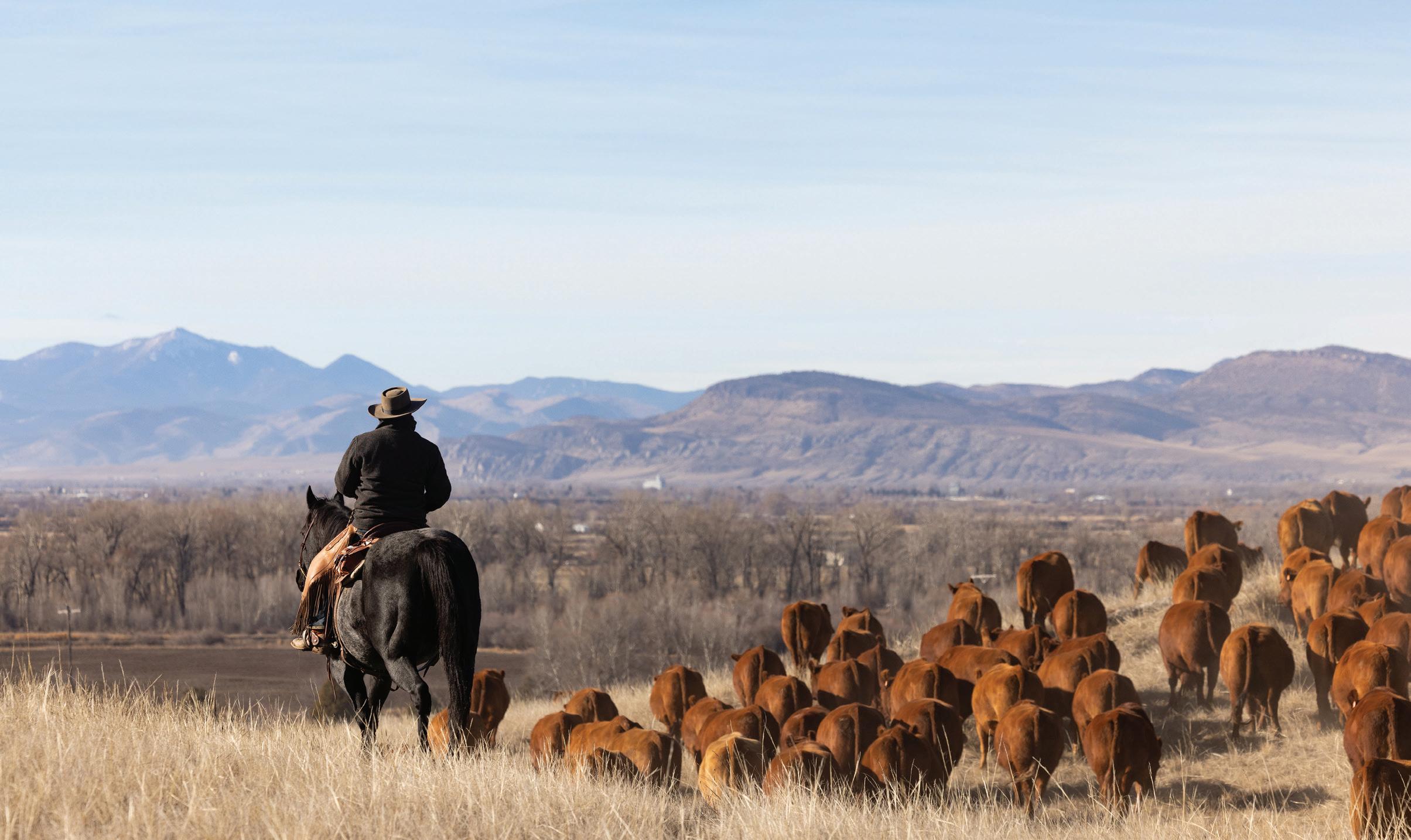












Black Herefords bacicafarms.com

Mike & Carla Bacica 11707 FM 2868 Flint, TX 75762 Mike: 903-520-0390 mbpga@aol.com Carla: 903-530-8551 wtnca@aol.com
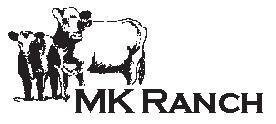


Steve and Carlton Partin 3159 FM 837 • Montalba, Texas 75853

ma sters.co m



Hilltop Ranch Beefmasters Quality Beefmaster Cattle Ranches in Webb, Wilson and Kendall counties Mailing Address: P.O. Box 2947 Laredo, Texas 78044 Phone: 361/586-5067 Cullin Smith (409)779-9872
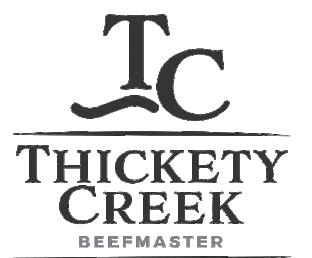





ROLLING O FARMS

QUALITY CHAROLAIS BULLS & HEIFERS REGISTERED + GENTLE
D.P. OWEN + GROESBECK, TEXAS 254-729-8644






CHAROLAIS BULLS
One or a truckload - Give us a call SW&S Cattle Company Don and Kathy Schill 903-388-1342 • Donie, Texas
T HOMAS CHAR O LAIS, INC . P.O. Box 595 • Raymondville, Texas 78580

Mitch Thomas: 956-535-0936
Tonnyre Thomas Joe: 956-535-0942 thomasra@gte.net www.thomascharolais.com
TX 76941 325/835-2531






Lee & Jacqui Haygood
TX 79014 806-323-2906 lee@indianmoundranch.com www.indianmoundranch.com

Theuret Herefords Horned Bulls and Females 2348 CR 165, Kenedy, TX 78119 theuret@sbcglobal.net 210-315-0103
J .T . E chols DVM P.O. Box 709 Breckenridge, TX 76424 Of: (254) 559-9739 • Cell: (254) 559-0156 muleshoeranch@gmail.com
Registered Polled Herefords & Black Baldies
Contact: Nina Neel Sanders 214-454-8587 • Brady, TX
HEREF OR DS “Quality Registered Herefords” Est.1921 – Bulls for sale at all times out of good milking cows Office: 512-446-6200 Cell: 979-218-0065


www.MesaTRanch.com







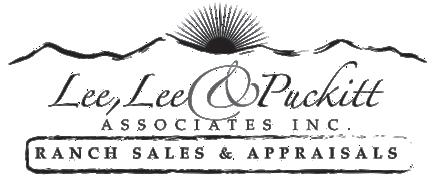





Borchers Southern Y Ranches, L.P. Charla Borchers-Leon • Mary Kay Borchers 2401 N. Wheeler St. • Victoria, Texas 77901 • 361-575-1297 Santa Gertrudis • Braford F-1 Purebred • Star 5 • Crossbred Cattle Steven Boothe 361-575-1297 O • 361-571-9728 M Harris Riverbend Farms
P.O.Box 691 Cleburne, TX 76031 Performance Tested Beef Type
Glen Rose, TX David Harris Home (817) 641-4159 Office (817) 641-4771 Santa Gertrudis
JOHN MARTIN RANCHES



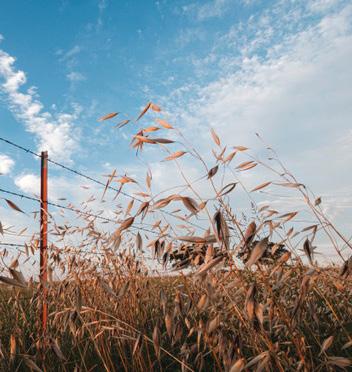
From The Home of “Reputation” Breeding Santa Gertrudis Since 1936 SANTA GERTRUDIS CATTLE Box 869, San Diego, Texas 78384 Ranch: 361-701-5683
BRIGGS RANCHES P.O. Box 1417 Victoria, Texas 77902 361/573-7141

Traylor Division San Roque DivisionSan Carlos Division Bloomington, TX Catarina, TXRio Grande City, TX Joe Jones-Manager • 361/897-1337


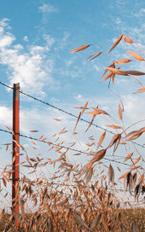
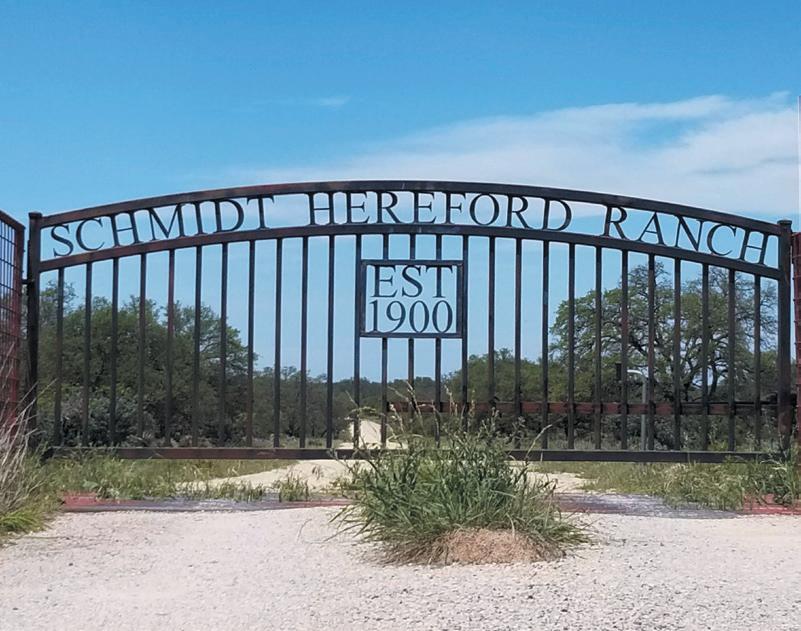

THURSDAY, DEC. 5
TSCRA End-of-Year Board Meeting Where: Fort Worth
FRIDAY, DEC. 6 -
SATURDAY, DEC. 7
GKB Cattle: Inaugural Brangus Event Where: Desdemona
SATURDAY, DEC. 7
“Best of the Best” Special Replacement Female Sale
Where: Jordan Cattle Auction, San Saba When: 10 a.m.
Leachman Cattle: High Altitude Sale Where: Loma, Colorado
TUESDAY, DEC. 10
Ranching 101: Planning for the Next Generation Where: Online When: 1 p.m.
THURSDAY, DEC. 12
Stocker & Feeder Sale
Where: Jordan Cattle Auction, San Saba When: 10 a.m.
SATURDAY, DEC. 14
GKB Cattle & Barber Ranch: 2nd Annual Female Event Where: Desdemona When: 12 p.m.
Leachman Cattle: Central Plains Stabilizer Sale Where: Alma, Nebraska
MONDAY, DEC. 16
Stocker & Feeder Sale
Where: Jordan Cattle Auction, Mason When: 11 a.m.
THURSDAY, DEC. 19
Leachman Texas Fall Stabilizer Bull Sale
Where: Jordan Cattle Auction, San Saba When: 10 a.m.
WEDNESDAY, JAN. 1
Cattle Raisers Convention & Expo: Registration Opens
MONDAY, JAN. 6
Stocker & Feeder Sale Where: Jordan Cattle Auction, Mason When: 11 a.m.
THURSDAY, JAN. 9
Special Bull Sale Featuring Schaefer Farms Angus & Shady Oak Farm Charolais & SimAngus Where: Jordan Cattle Auction, San Saba When: 10 a.m.
Wichita Falls Luncheon Where: McBride’s Steakhouse, Wichita Falls When: 11:30 a.m.
FRIDAY, JAN. 17SATURDAY, FEB. 8 Fort Worth Stock Show & Rodeo
THURSDAY, JAN. 16
Stocker & Feeder Sale and Premium Weaned Calf Sale Where: Jordan Cattle Auction, San Saba When: 10 a.m.
SATURDAY, JAN. 18
TSCRA Best of the West Ranch Rodeo Pre-Party Where: Michelob Ultra Roadhouse, Dickies Arena, Fort Worth When: 5 p.m.
TUESDAY, JAN. 21
Ranching 101: Optimizing Herd Health Where: Online When: 1 p.m.
SATURDAY, JAN. 15
Special Replacement Female Sale Where: Jordan Cattle Auction, San Saba When: 10 a.m.
MONDAY, JAN. 27
Gardiner Angus Ranch: 8th Annual Early Bird Sale Where: Ashland, Kansas
SATURDAY, FEB. 1SUNDAY, FEB. 16 San Angelo Livestock Show
SATURDAY, FEB. 1
Case Ranch: Consigning Cattle to South Texas Hereford Assoc. Sale Where: Beeville
TUESDAY, FEB. 4THURSDAY, FEB. 6
Cattle Industry Convention & NCBA Trade Show Where: San Antonio
SATURDAY, FEB. 13
Special Bull Sale Featuring Martin-Bruni Brangus & STS Ranger Registered Angus Where: Jordan Cattle Auction, San Saba When: 10 a.m.
THURSDAY, FEB. 6SUNDAY, FEB. 23 San Antonio Stock Show & Rodeo
THURSDAY, FEB. 6
Stocker & Feeder Sale Where: Jordan Cattle Auction, San Saba When: 10 a.m.
SATURDAY, FEB. 8
Bradley 3 Ranch: The Wide Body Sale Where: Estelline
TUESDAY, FEB. 18
Ranching 101: What Cattle Operation Style is Right for You Where: Online When: 1 p.m.
SATURDAY, FEB. 22
Special Replacement Female Sale
Where: Jordan Cattle Auction, San Saba When: 10 a.m.





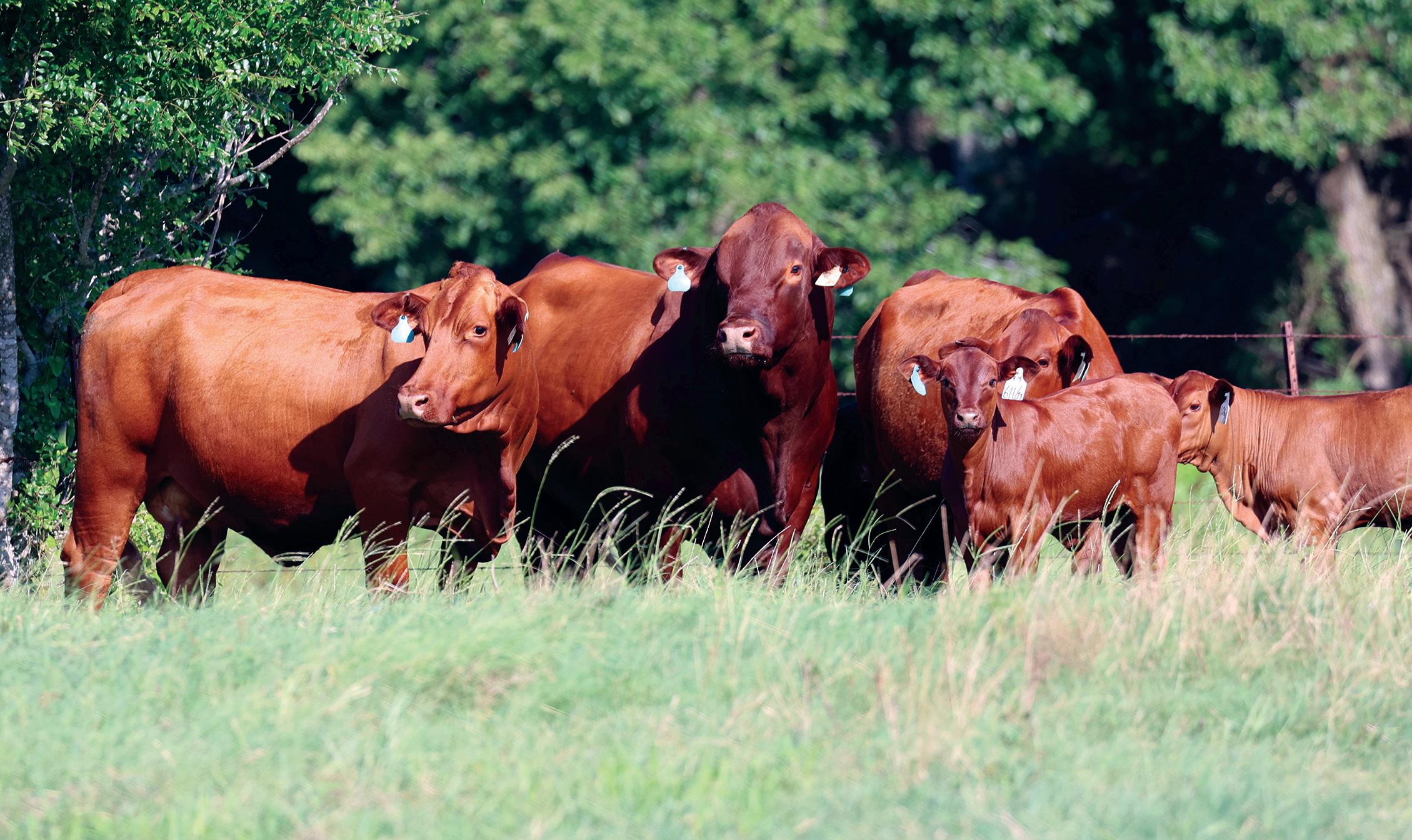
Hard frosts and heavy snow can deprive your herds of the nutrients they normally consume through forage. Make sure they’re getting the nutrition they need to keep growing through the winter with bagged and blocked supplements from Ragland Mills.





• Durable 200-pound tubs
• Convenient, economical way to deliver nutrients
• Maximize nutritional benefits of existing forage
• Tough enough for bunk or ground feeding
• Good for all types of ruminants
• Gives cattle necessary protein, vitamins and minerals
• Ensure wildlife health through harsh winters
• Protein and minerals needed to thrive in all seasons
• Palatable block for convenient mineral feeding to mixed herds
• Provides supplemental phosphorus, vitamins, trace minerals and more to cattle, horses, sheep, goats and deer
• Additional salt not required
• Contains no added copper
Give us a call to find a dealer near you. Visit our website for a complete list of our supplements for cattle, horses, goats, sheep, poultry, and wildlife.

All of our extruded protein blocks are easily recognized by the hole in the middle.
Years of testing and customer feedback have shown our extruded blocks to be more digestible, palatable and durable than other feed blocks.

Cattleman Ike T. Pryor, of San Antonio, reflected on the past, present and future of the Southwest cattle industry in an article published a century ago.
He recounted how, 53 years prior, he came to Texas to cast his lot with those who were struggling for existence under the most primitive, dangerous conditions and surroundings.
“These pioneers made good in every sense of the word,” he wrote, “and are leaving a heritage in words and deeds that in time will brighten the pages of Texas history as no other class of citizen can hope to do.” T C
From the Texas Panhandle to the Gulf Coast, Texans are as different as the dishes we make. But at every table, one thing remains the same:
At Texas Beef Council, we aspire to bring more Texans to the table with delicious recipes and memorable experiences.
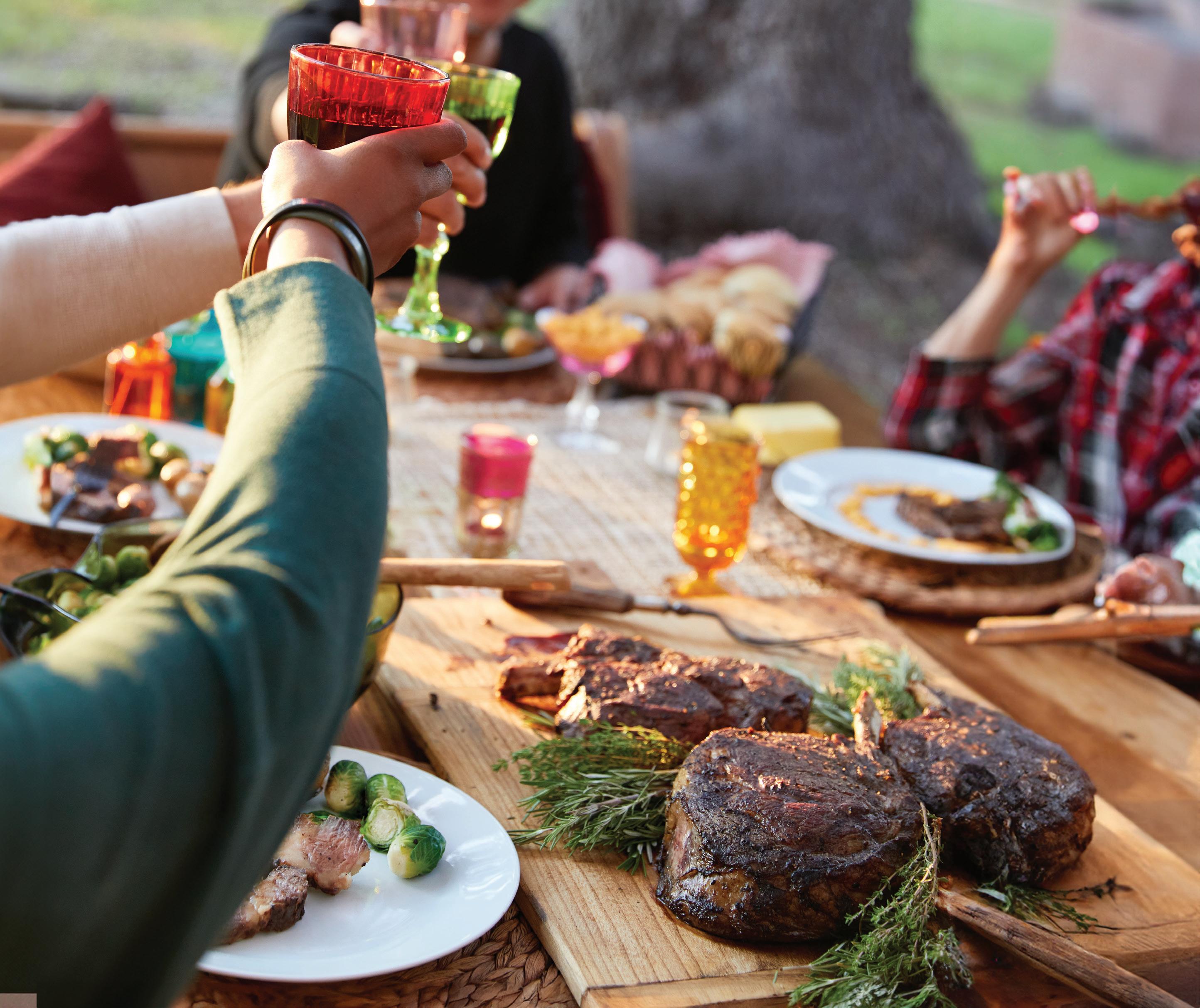
Celebrating 10 years since producers voted on an additional Texas Beef Checkoff assessment to build innovative programs including: highlights the legendary world of Texas barbecue in a 3-season TV show viewed more than 4M TIME S.

shares research about beef with health professionals.
visited by our reps are found more likely to give BEEF-POSITIVE patient recommendations. OF THE 80% PHYSICIANS




From Our Family to Your s
“And the Word became flesh, and dwelt among us, and we beheld H is glory, glory of the only begotten of the Father, full of grace and truth.”
John 1:14